A special “large format” report featuring plenty of Ring-billed Gull!
Some White Birds
Dateline: 21 December 2022
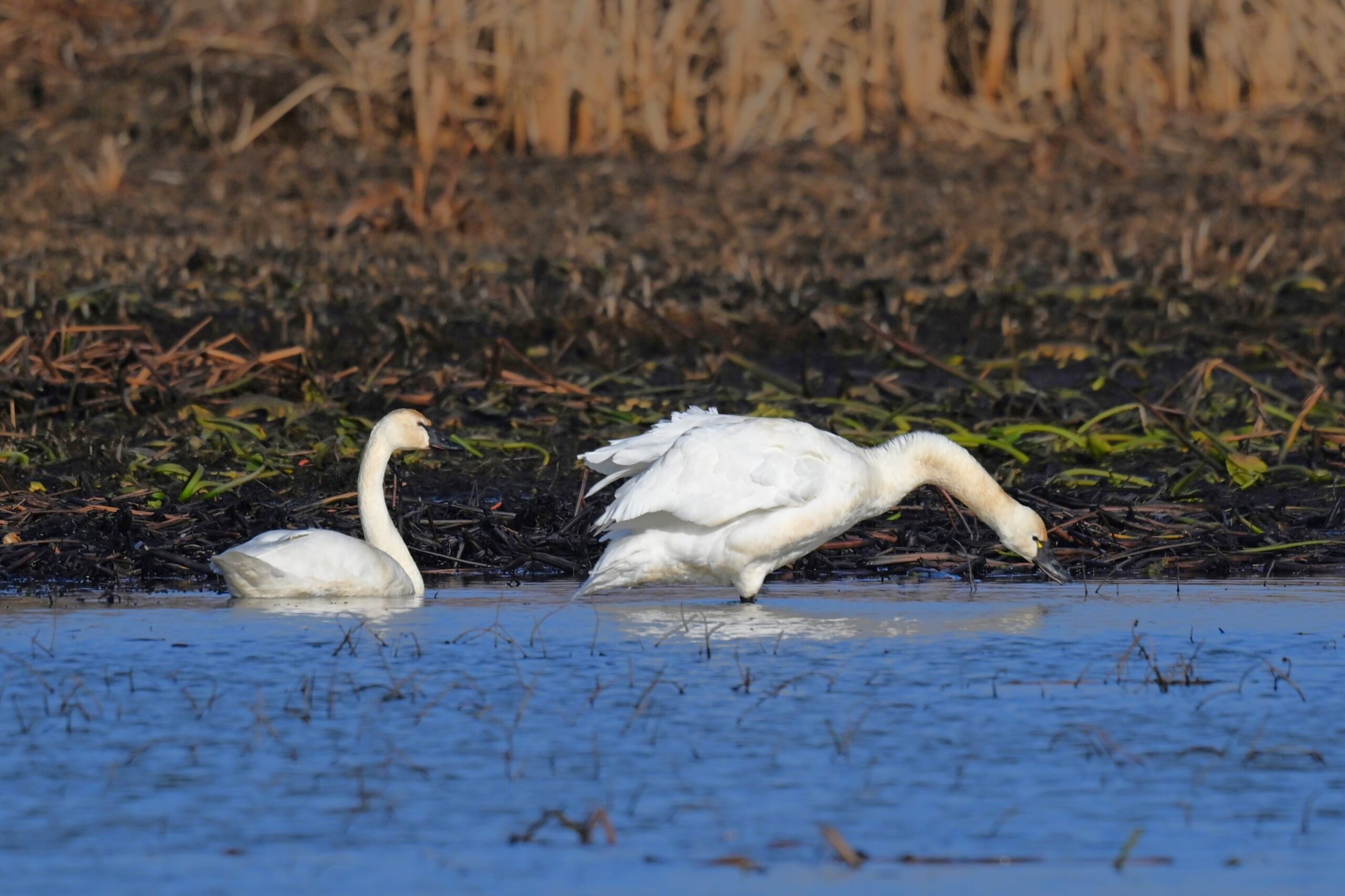
Happy last day of fall/first day of winter, with winter solstice 2022 @ 4:48PM eastern standard time. Hope everyone has a nice day!
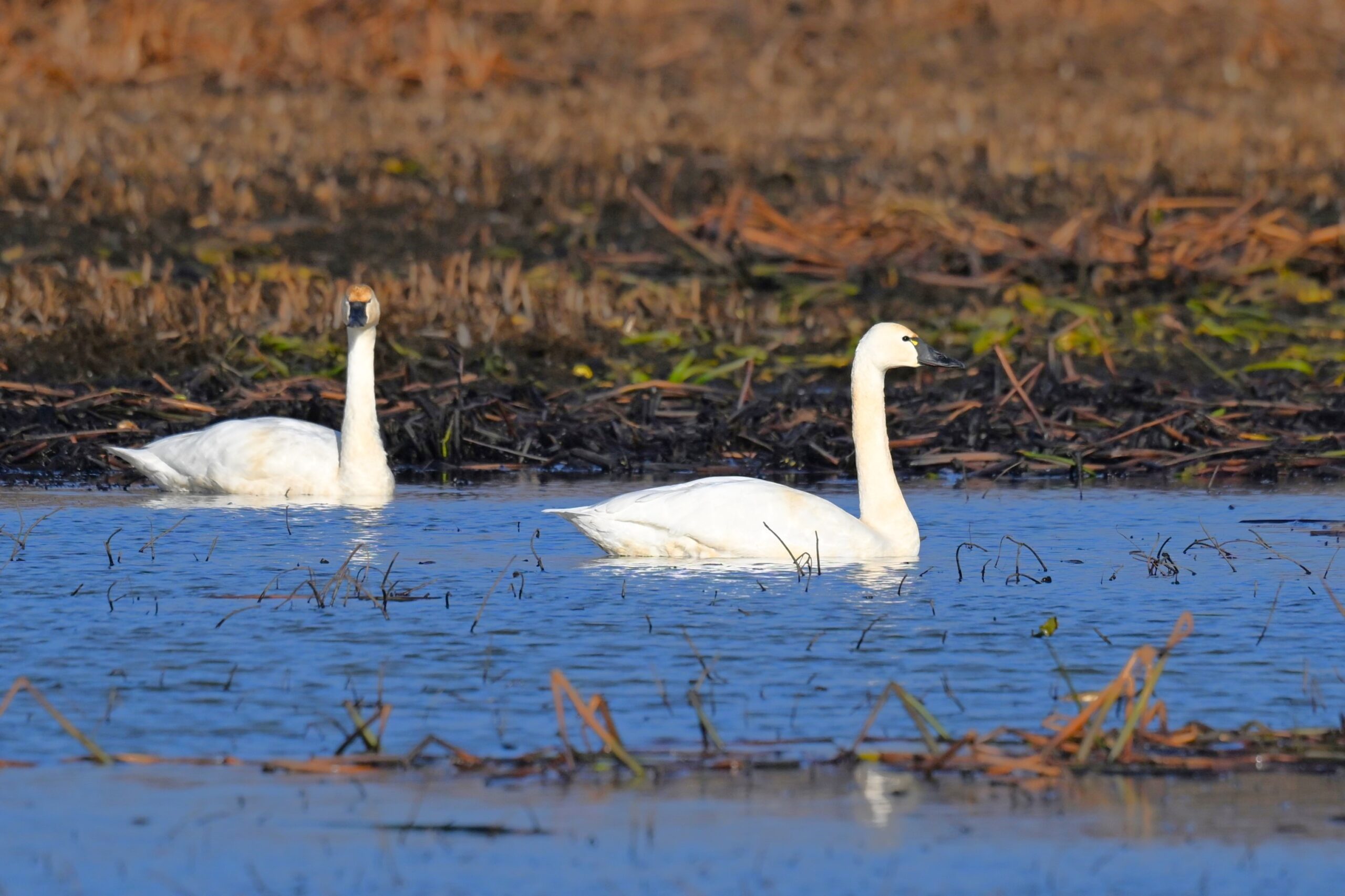
What better way to celebrate winter than with white birds? Here, of course, beautiful Tundra Swan on Long Pond, from the last couple weeks @ Presque Isle State Park. (Plus a Mallard or two.)
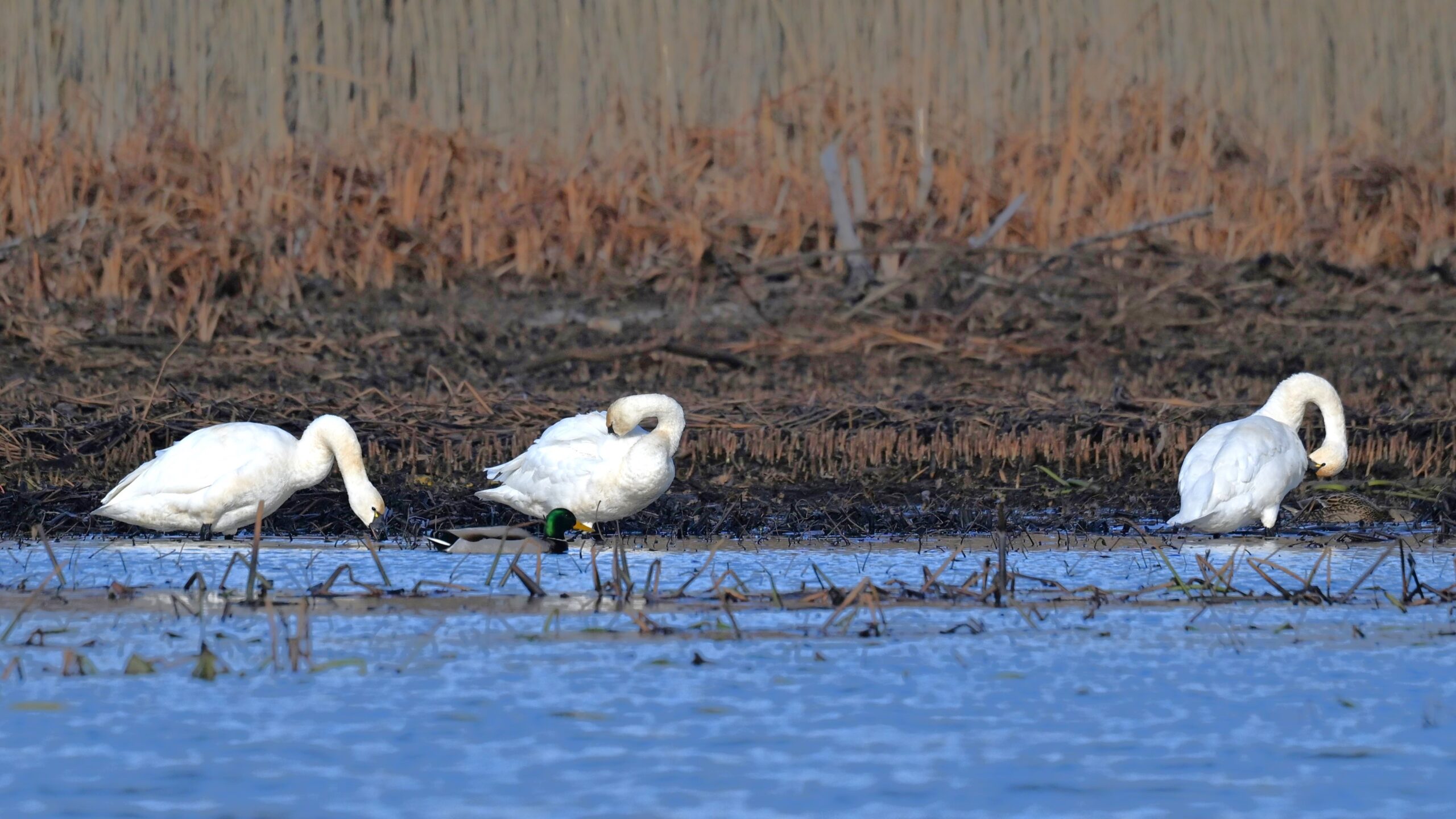
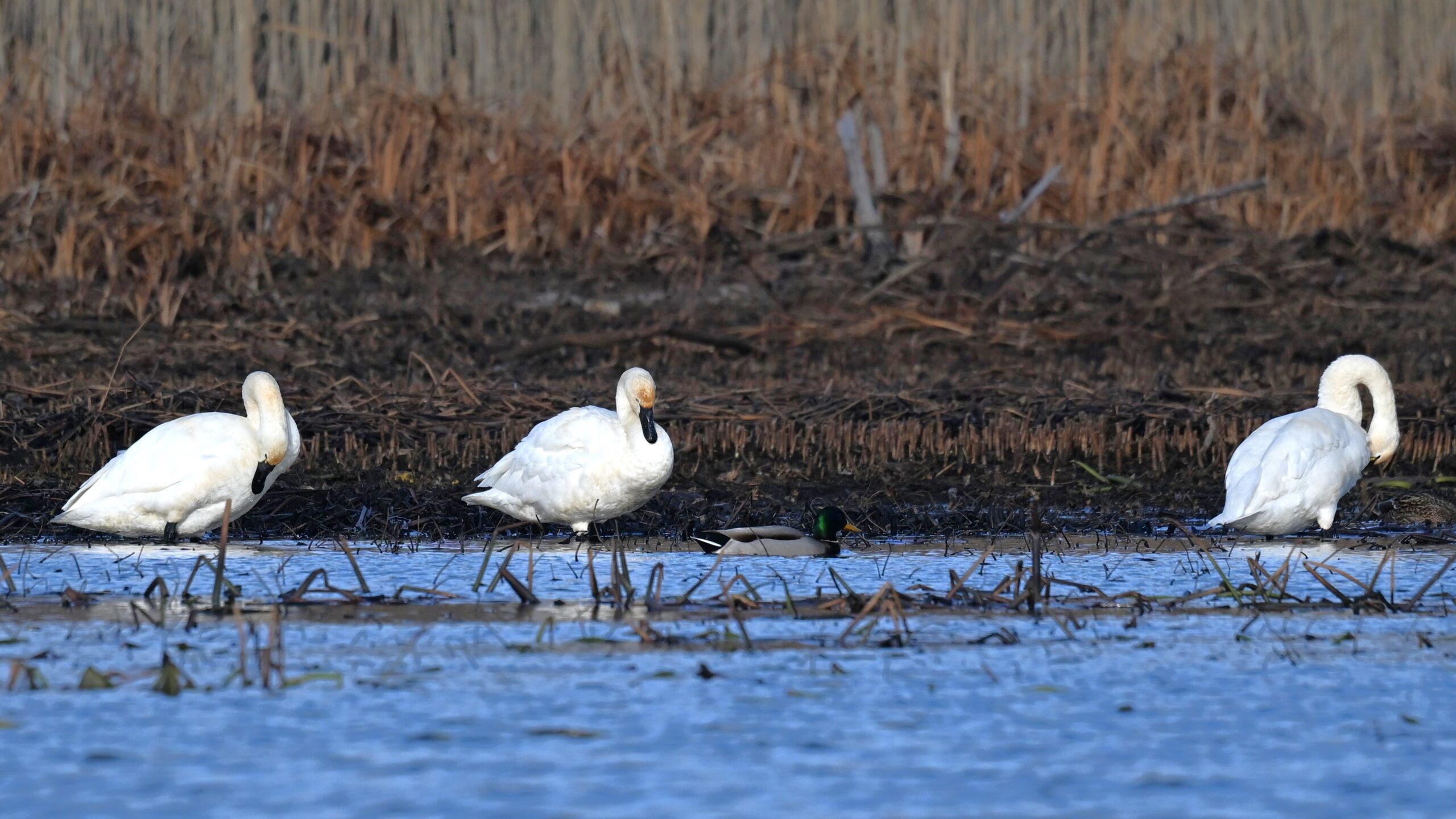
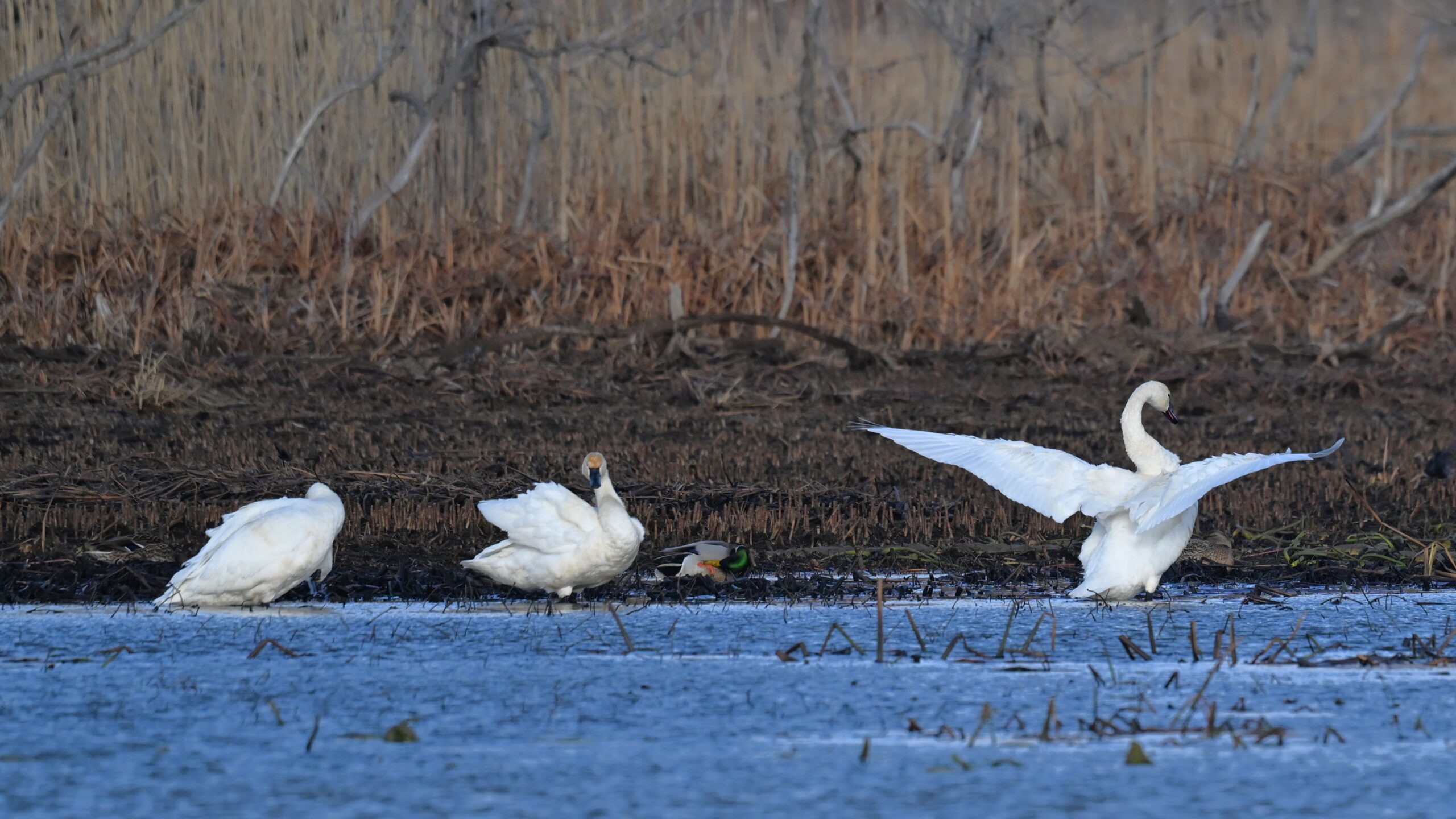
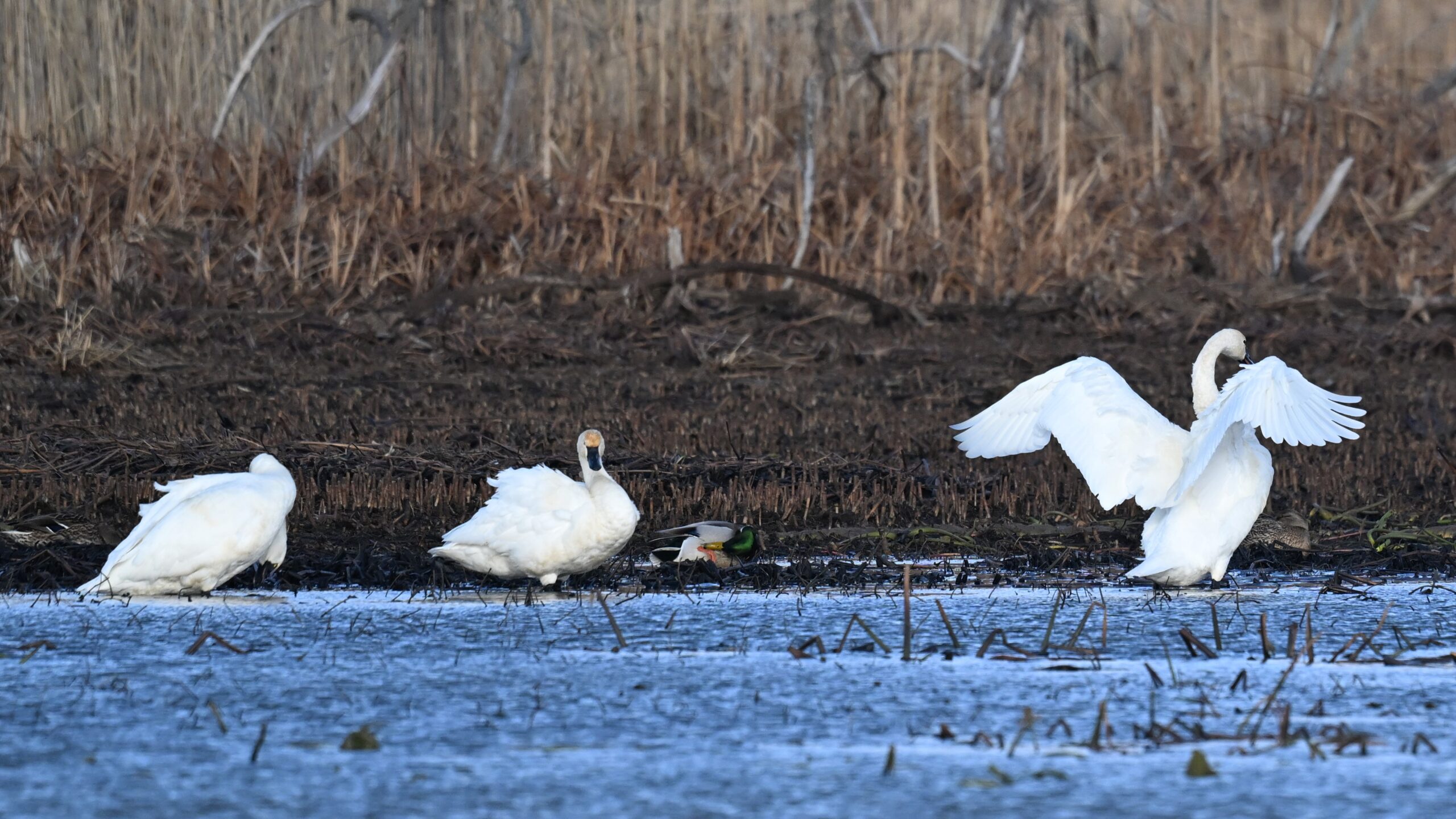
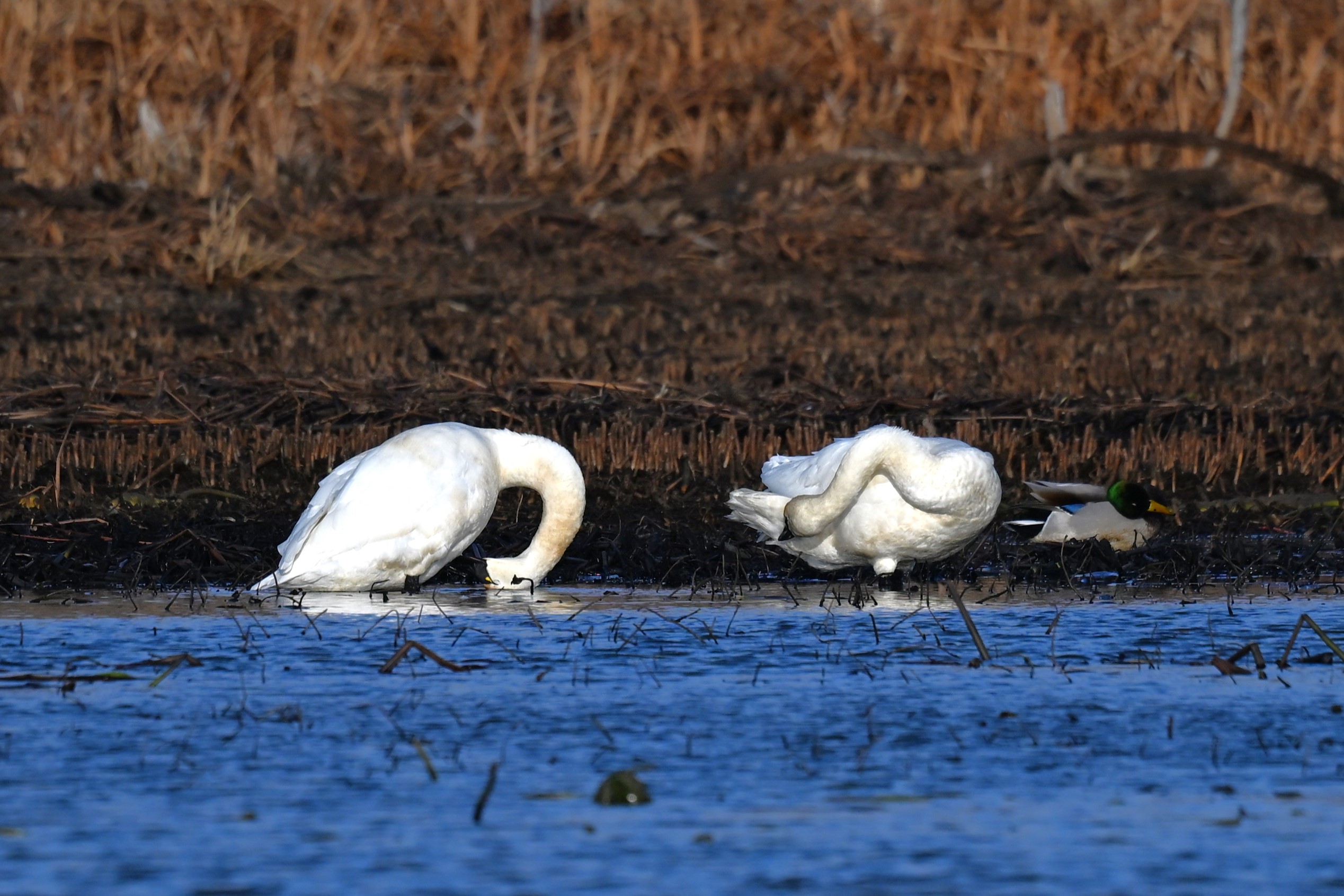
Tundra Swan (left), Canada Goose (center), Mallard (m & f)(right), and perhaps a female Ring-necked Duck (second from left)(note the white eye ring):
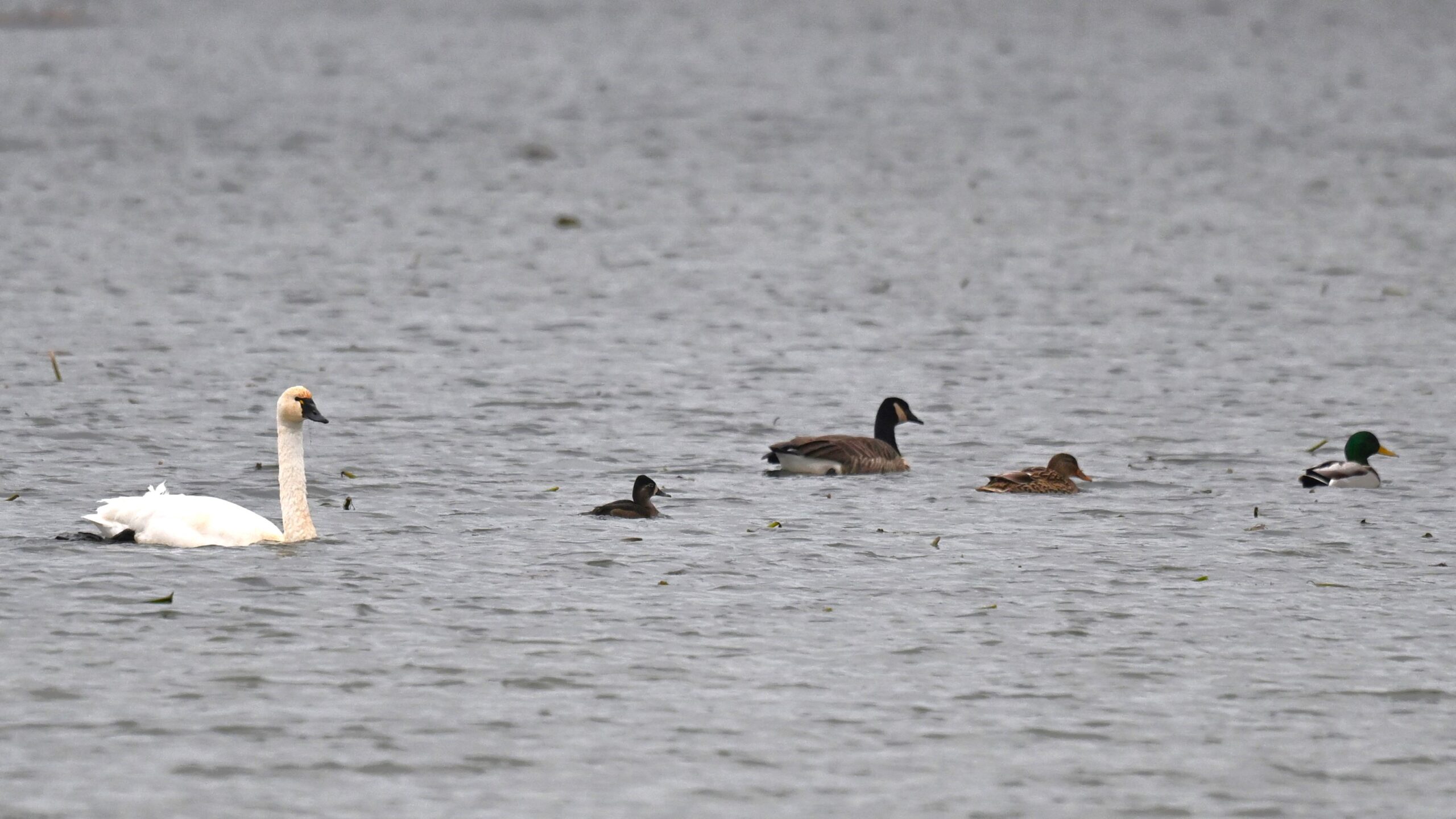
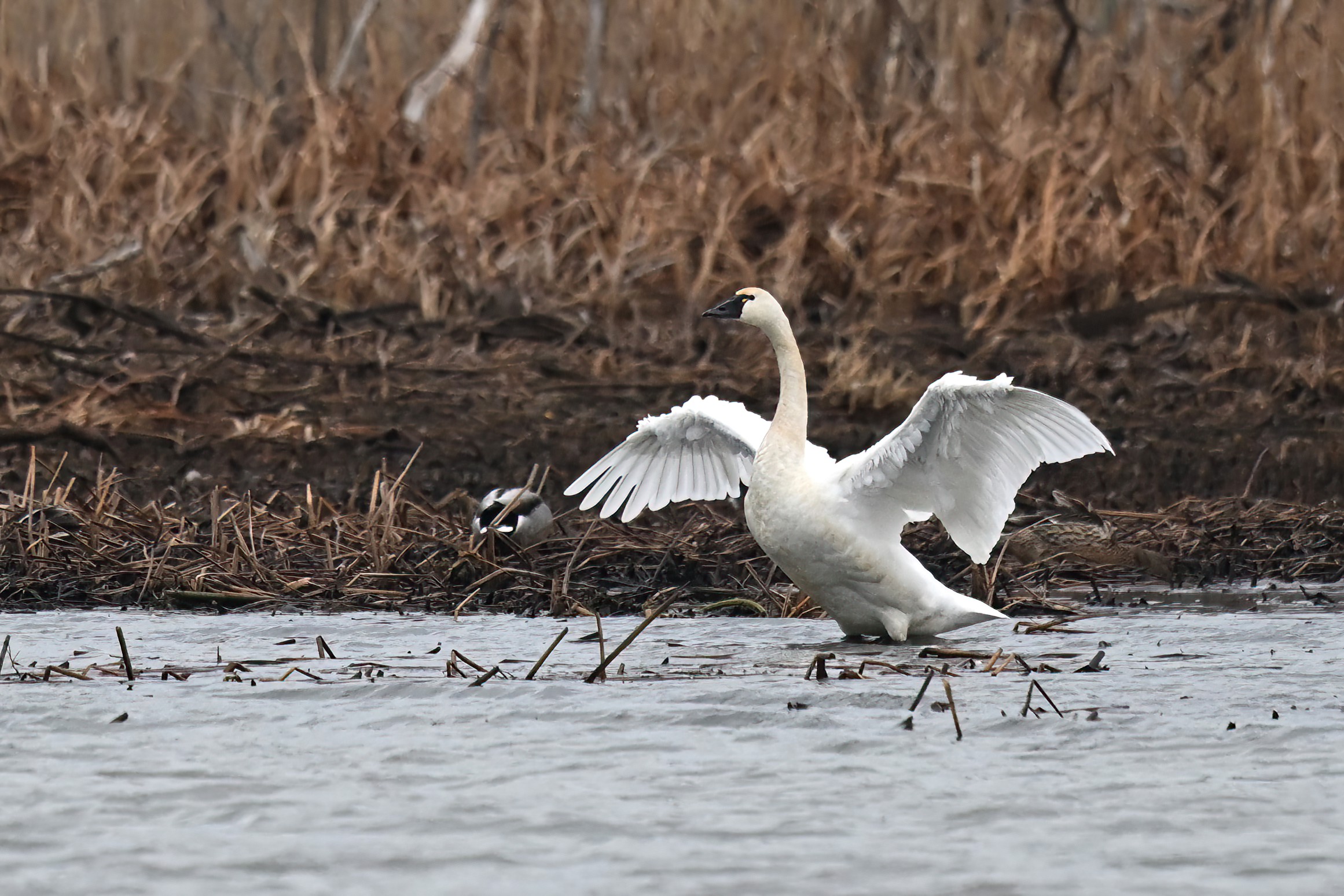
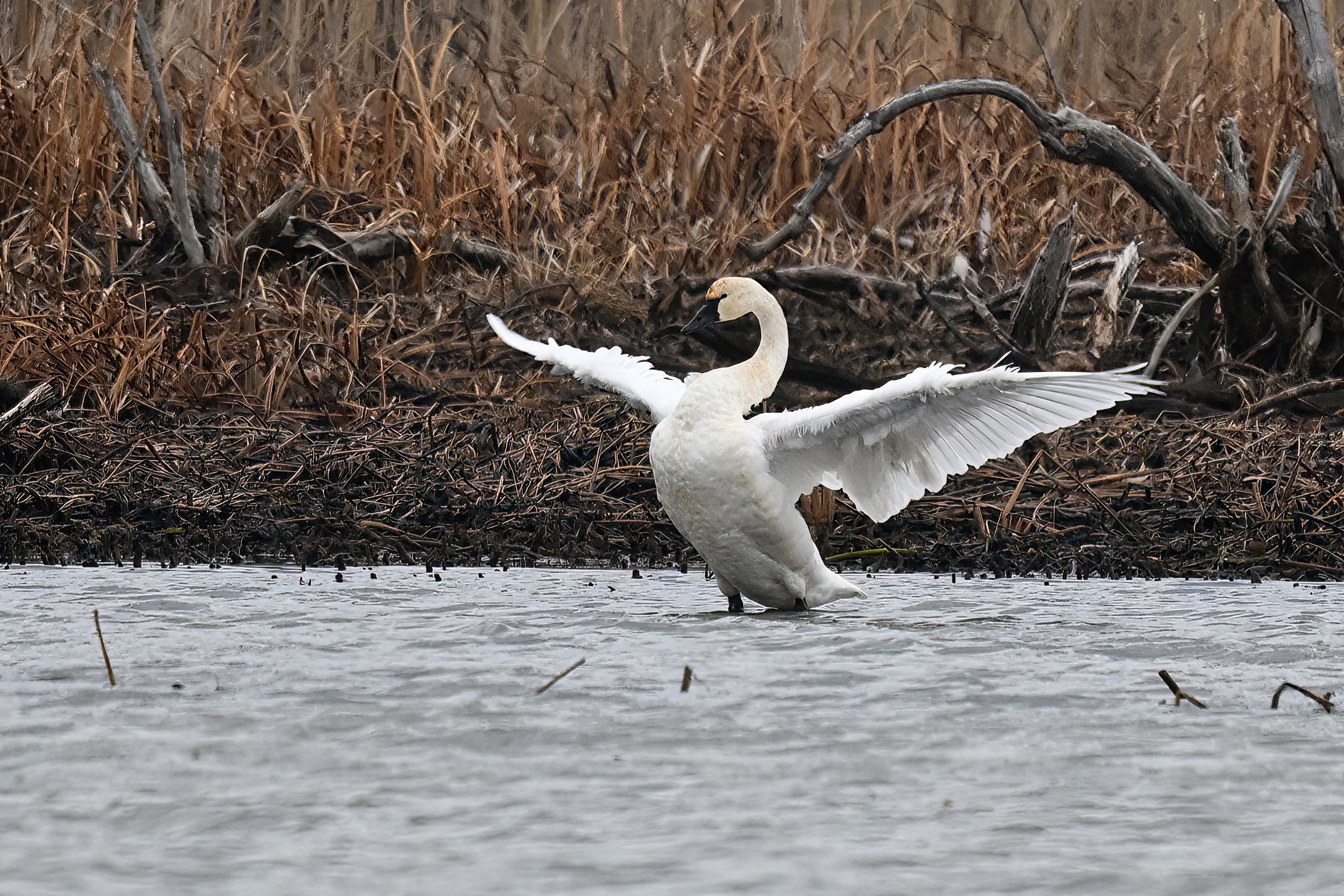
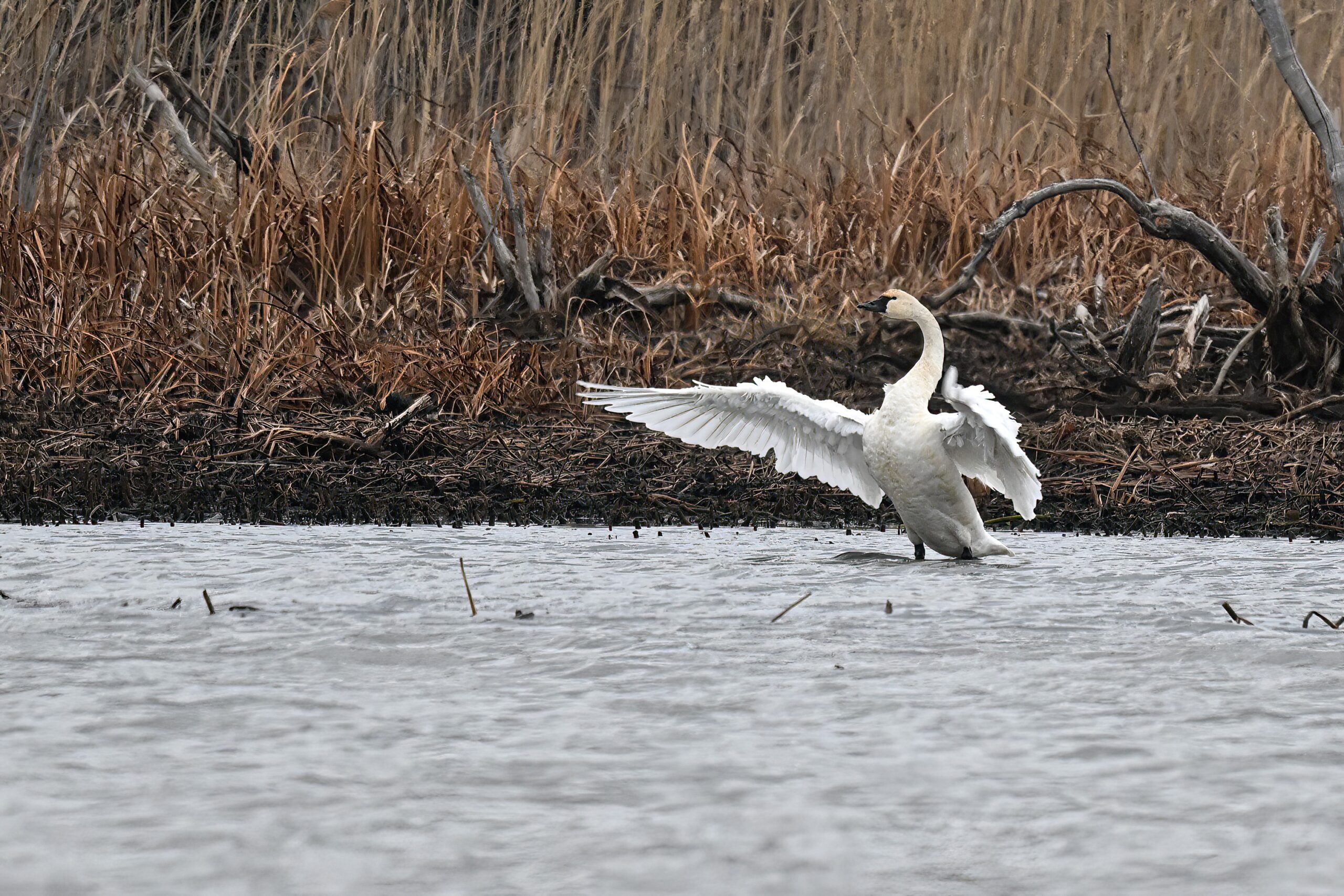
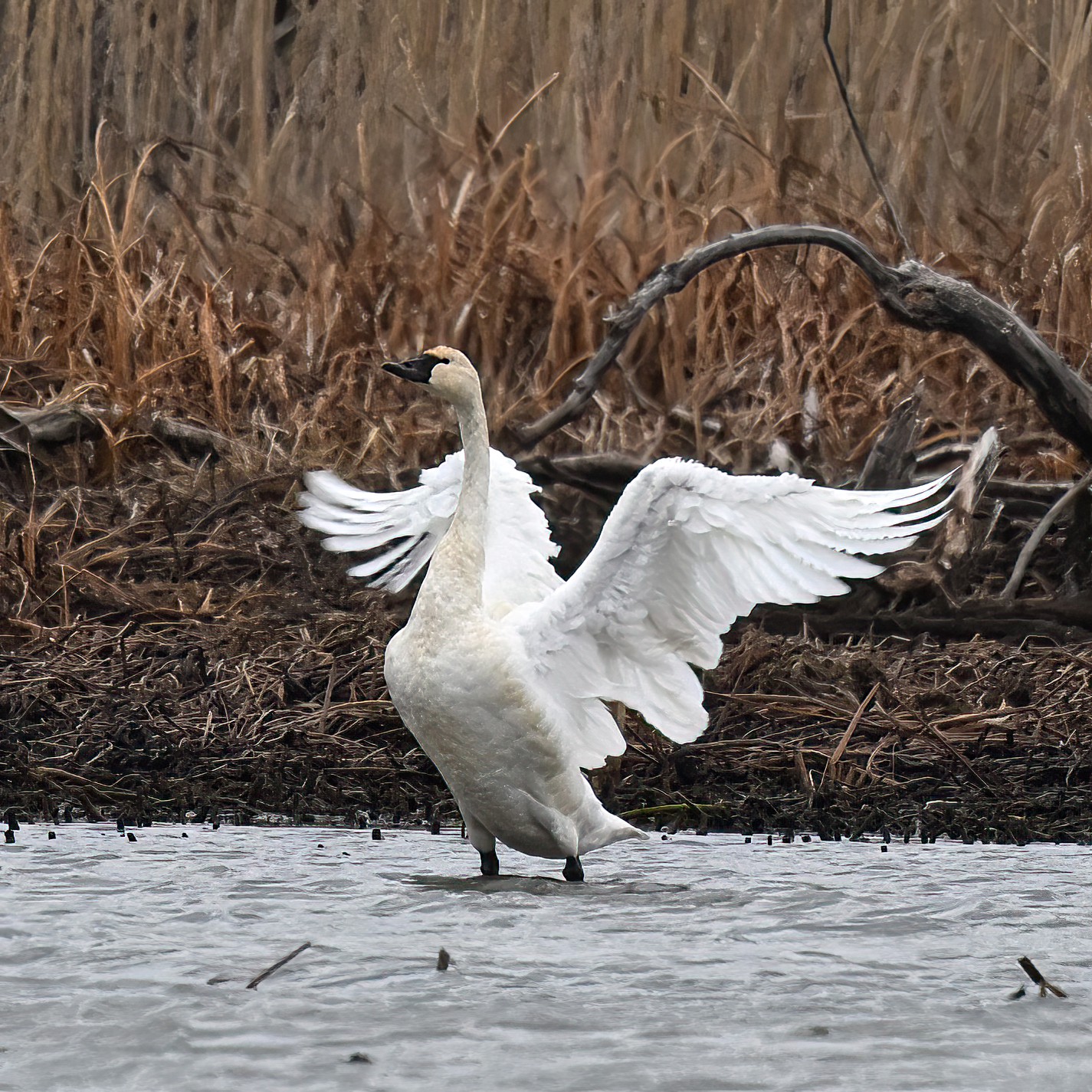
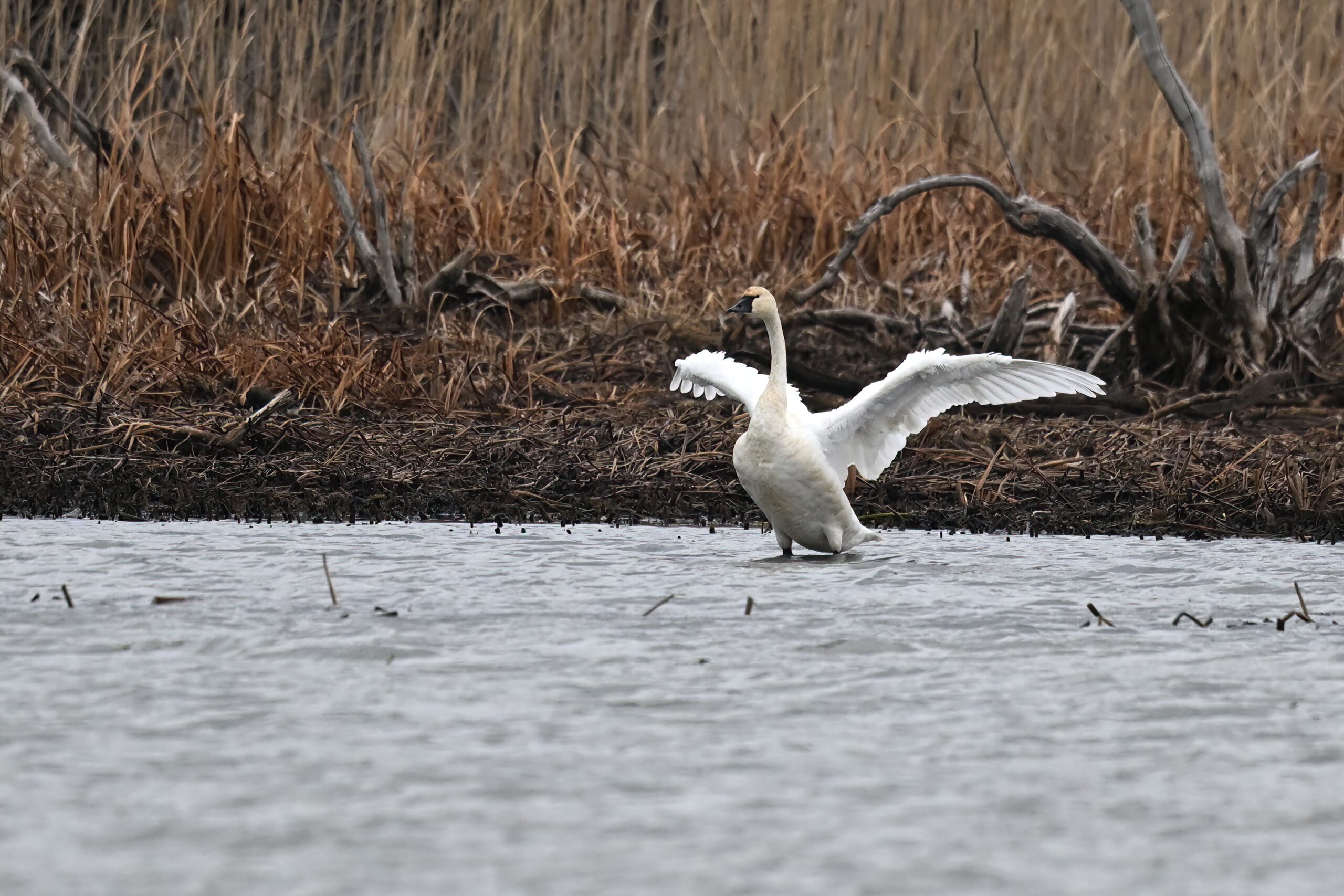
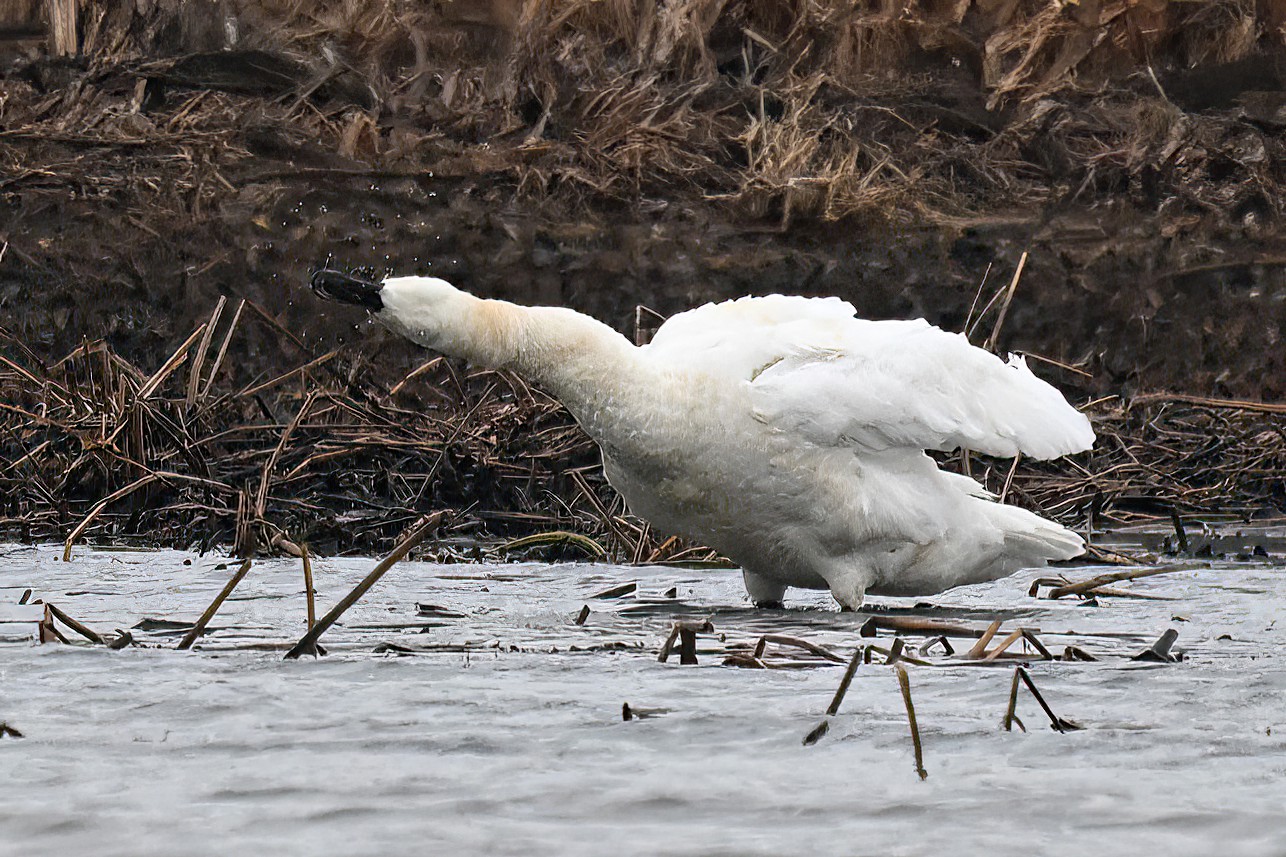
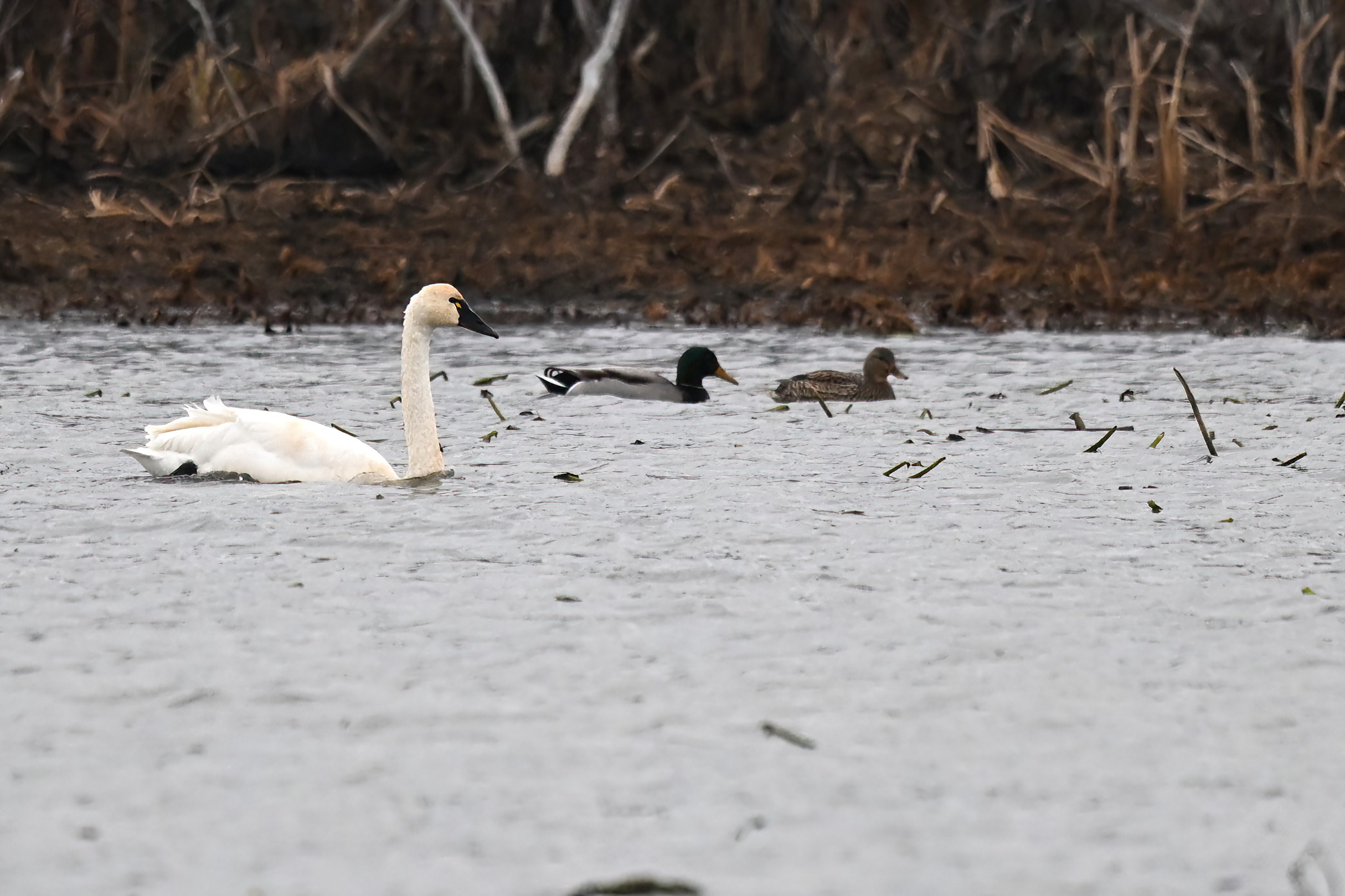
Cardinalmania II
Part 2 of lovely a lovely Northern Cardinal (m) perched in trees. All Millcreek Twp (“Gateway to Presque Isle”).
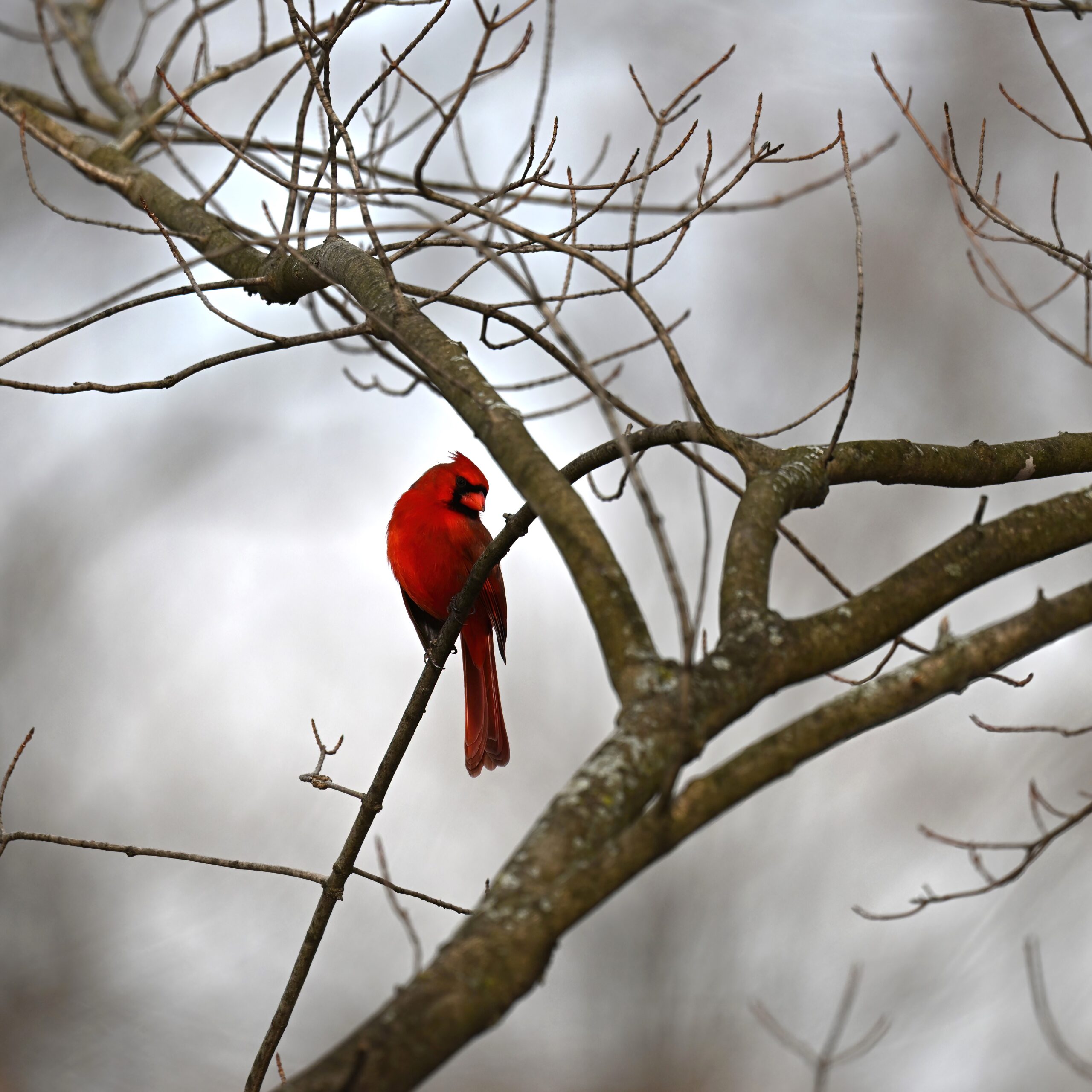
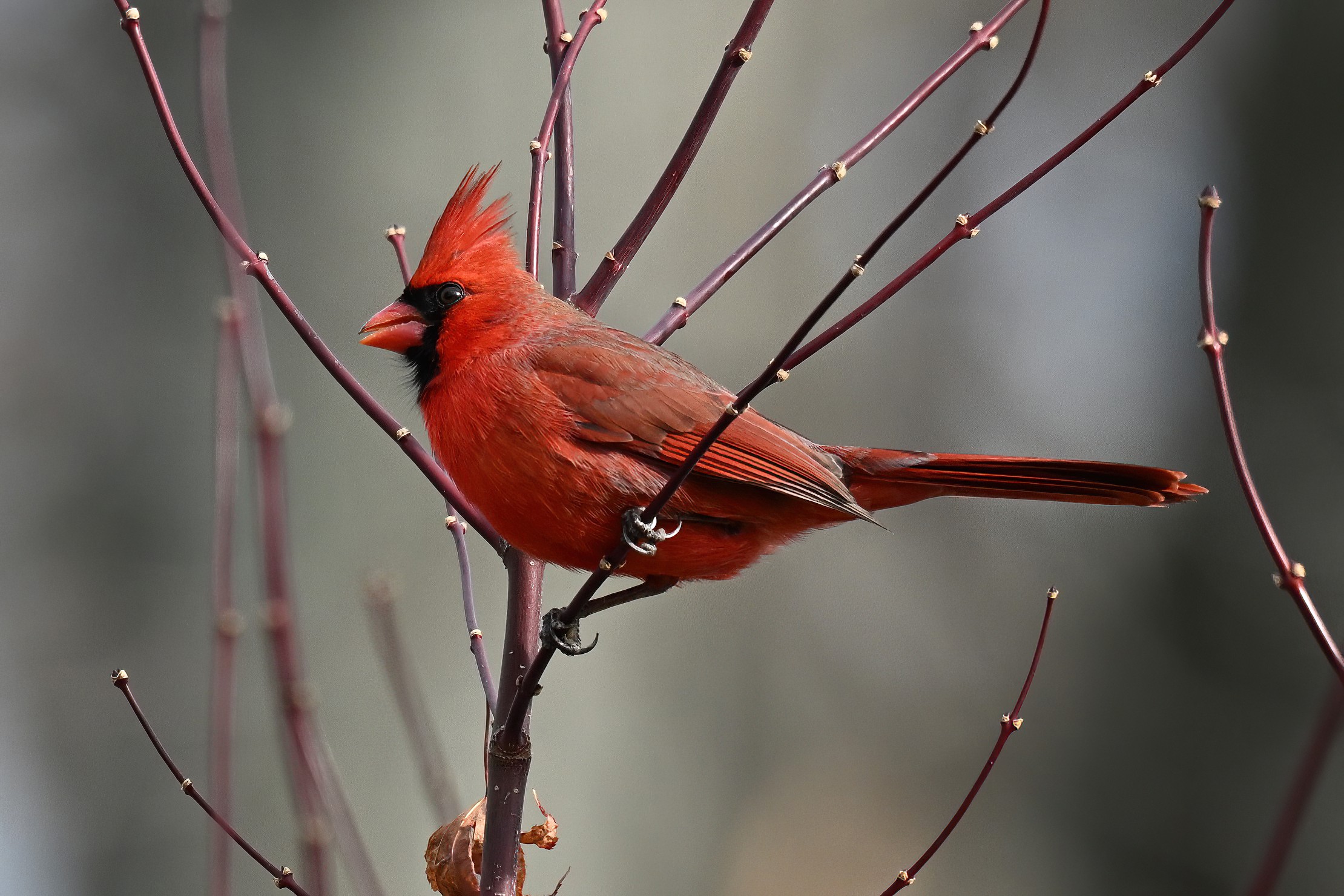
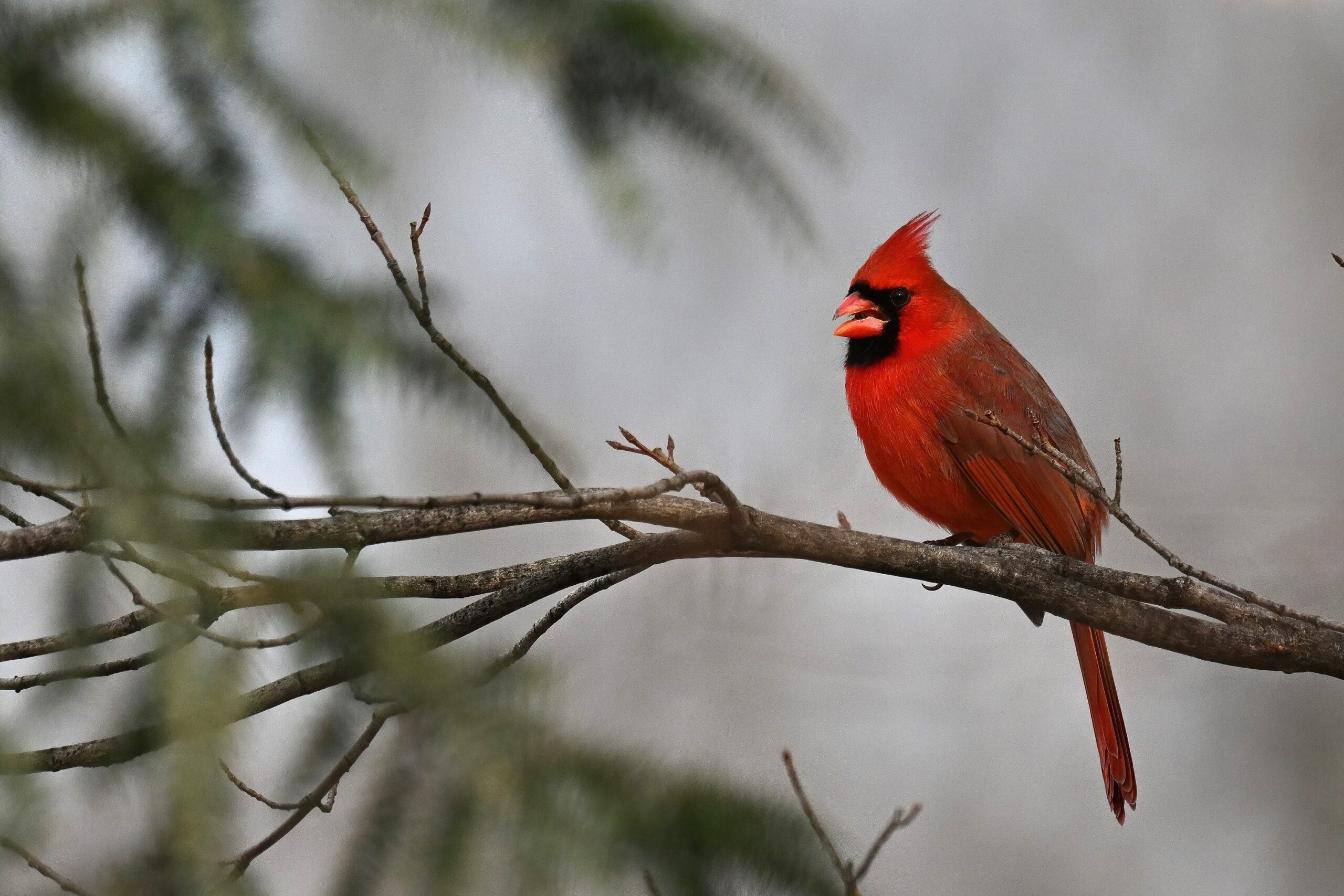
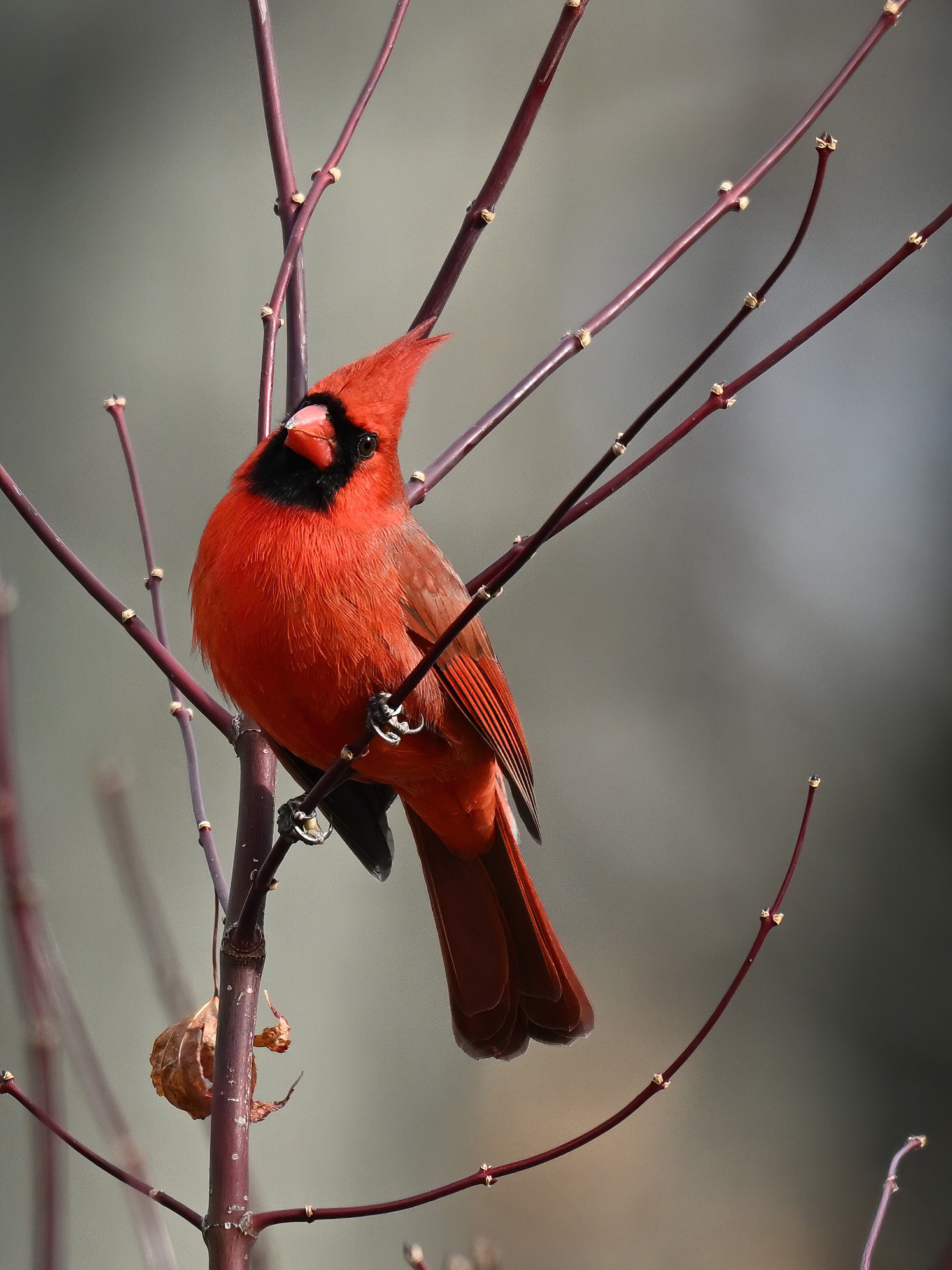
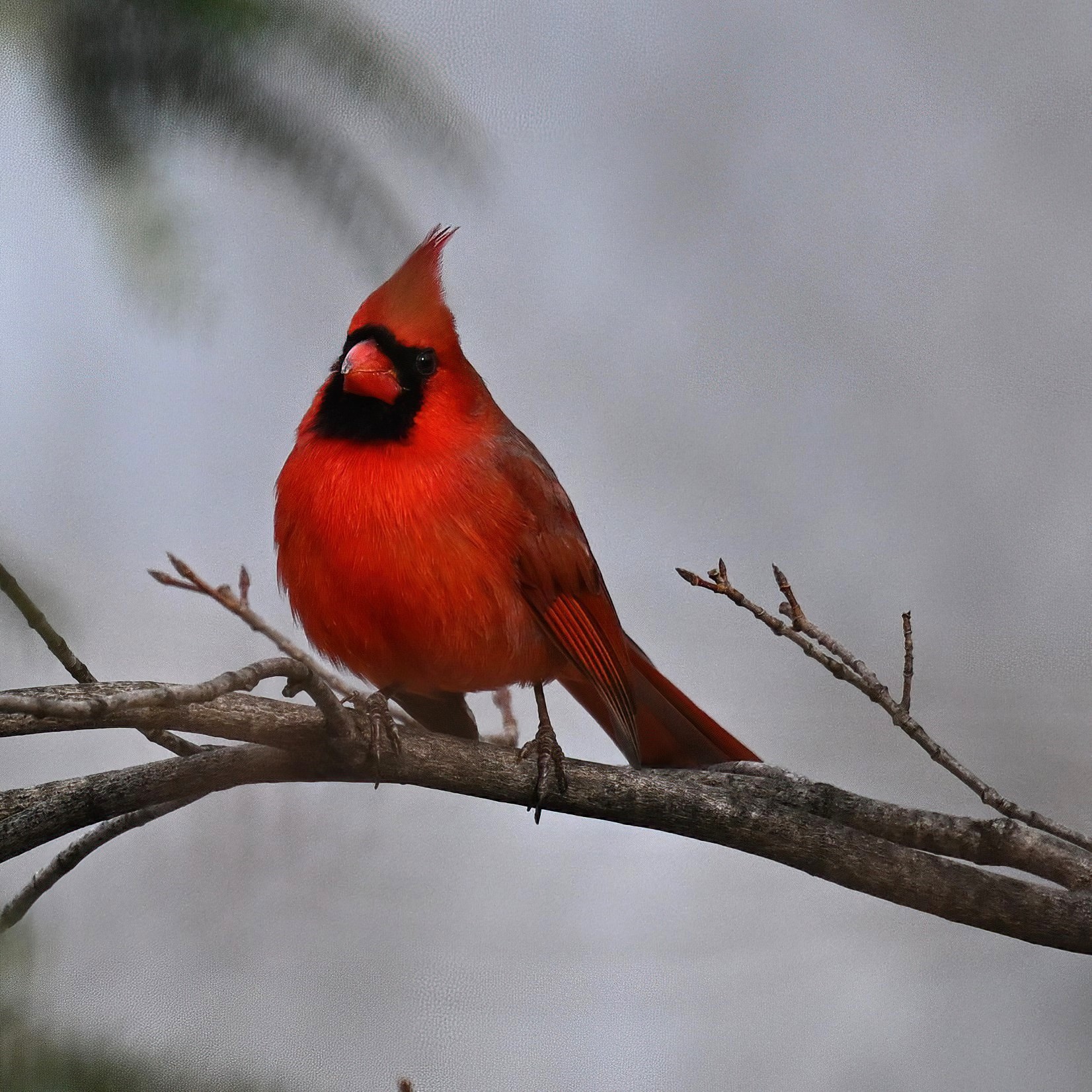
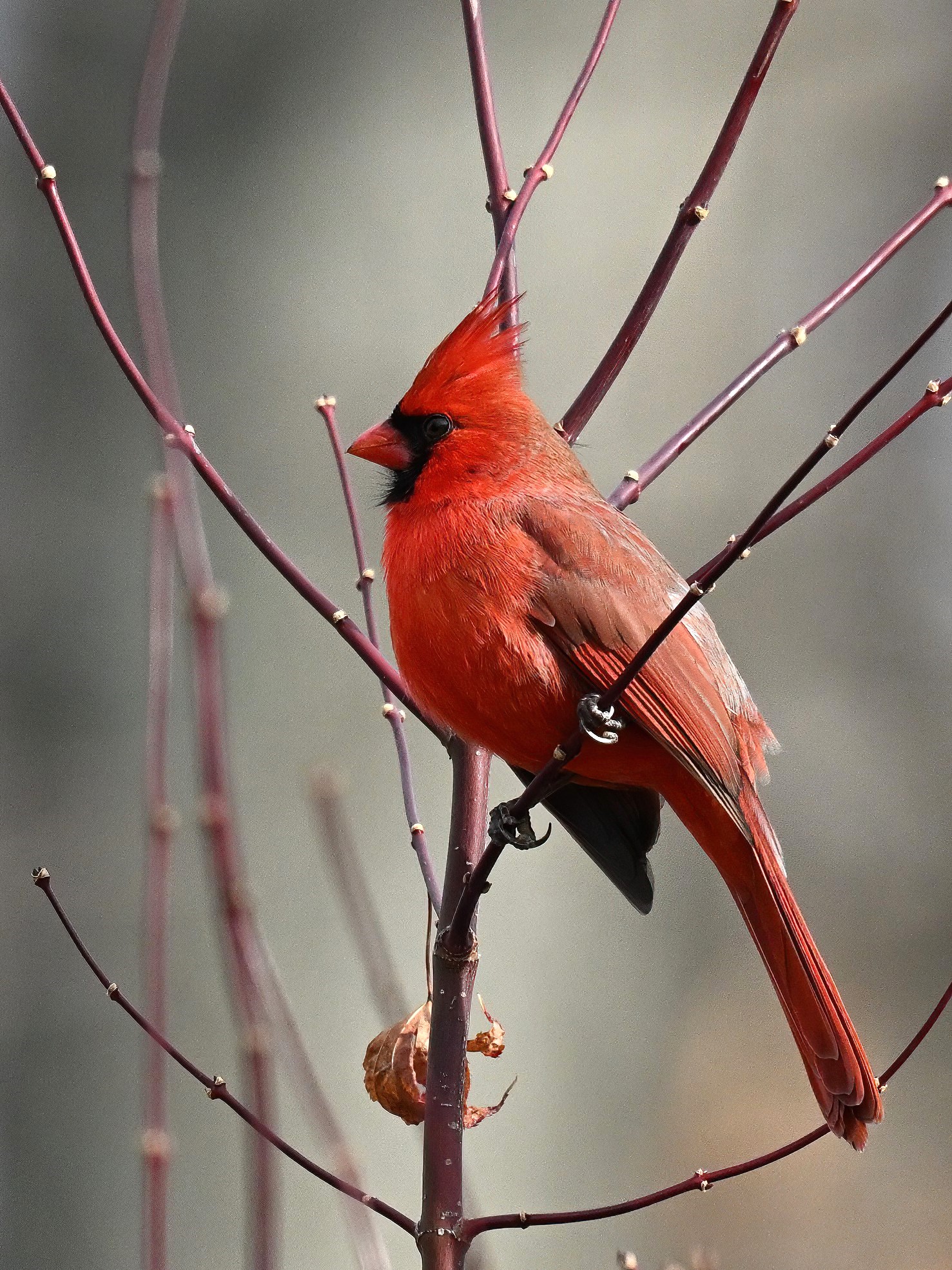
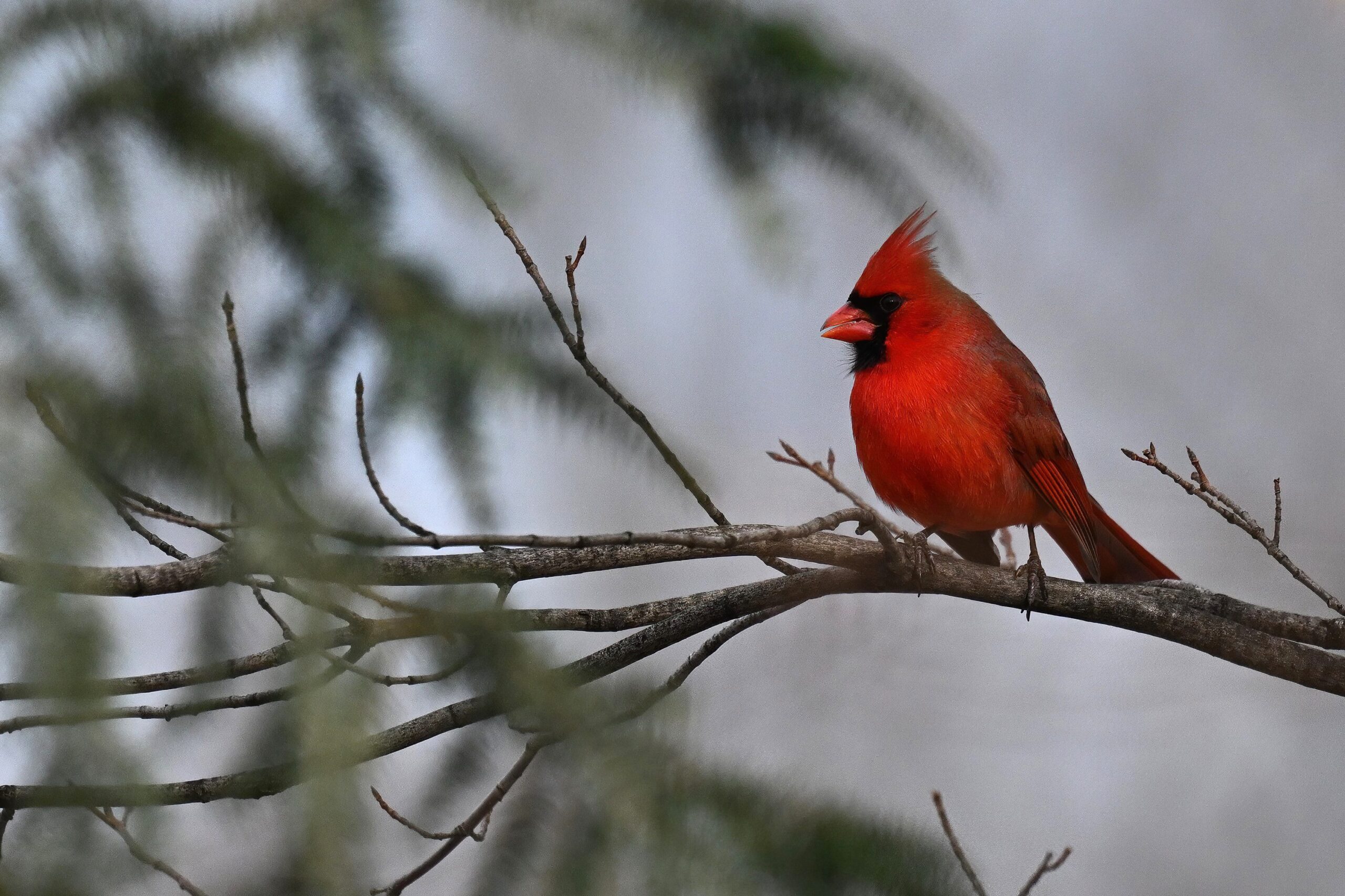
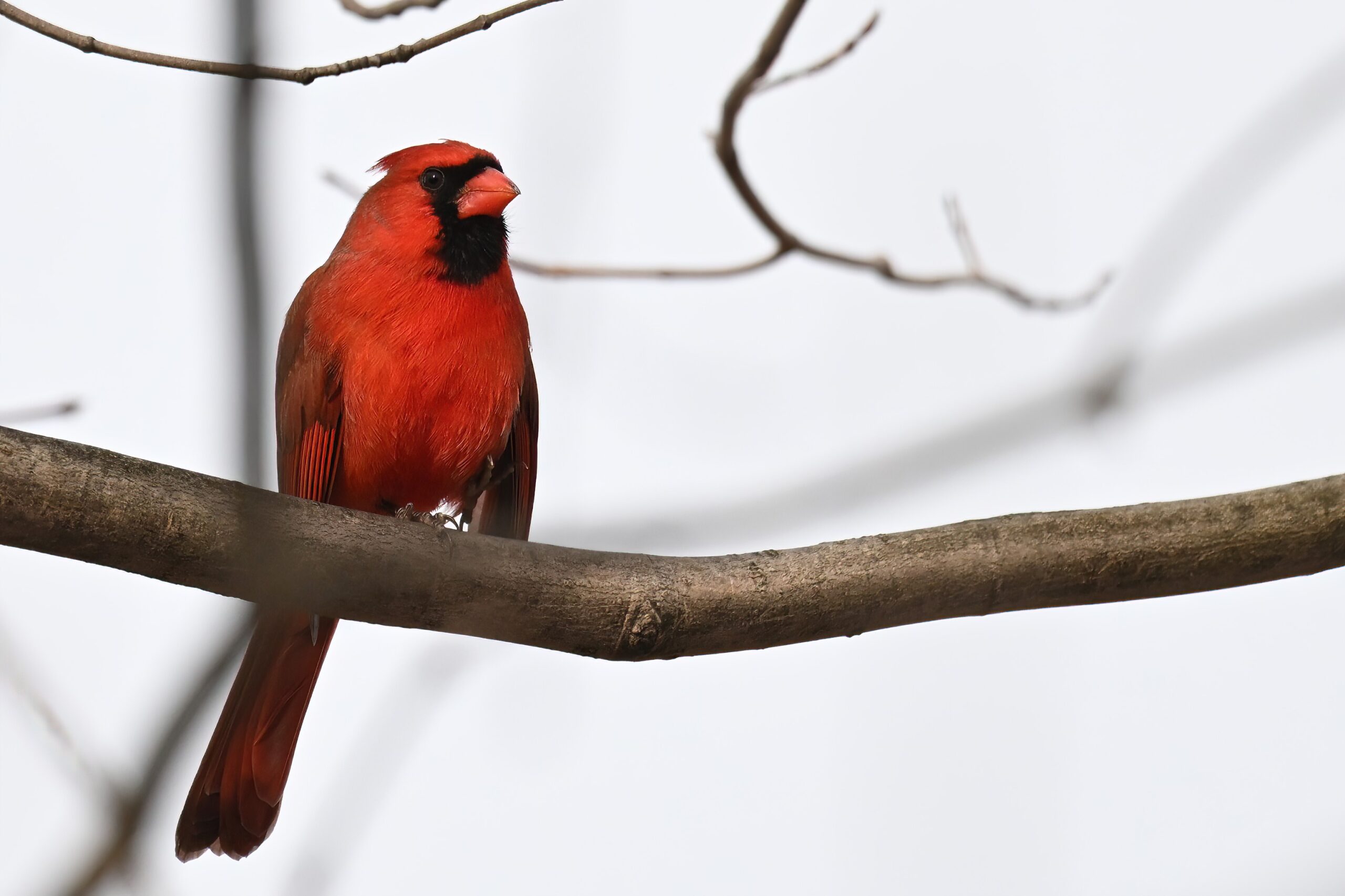
Tomorrow, mostly-white birds!
Weekend Update/GCBC
Dateline: 17-18 December 2022
Erie weather: Sunday, overcast and snowy all day, light to heavy depending on location; heavy and almost white-out conditions on Presque Isle Bay. Re. video above, sorry to whichever BirdingPI.com staff member drew the ‘short straw’ for morning duty at South Pier. (More on this below.)
Saturday, cold and mostly overcast, hint of almost-sun at one point. Reasonably ok day for the annual Presque Isle Audubon Great Christmas Bird Count at Presque Isle State Park and vicinity. Considering the weather, seemed like a decent turnout of birders and bird enthusiasts.
Various ‘merely ok’ shots from the GCBC:
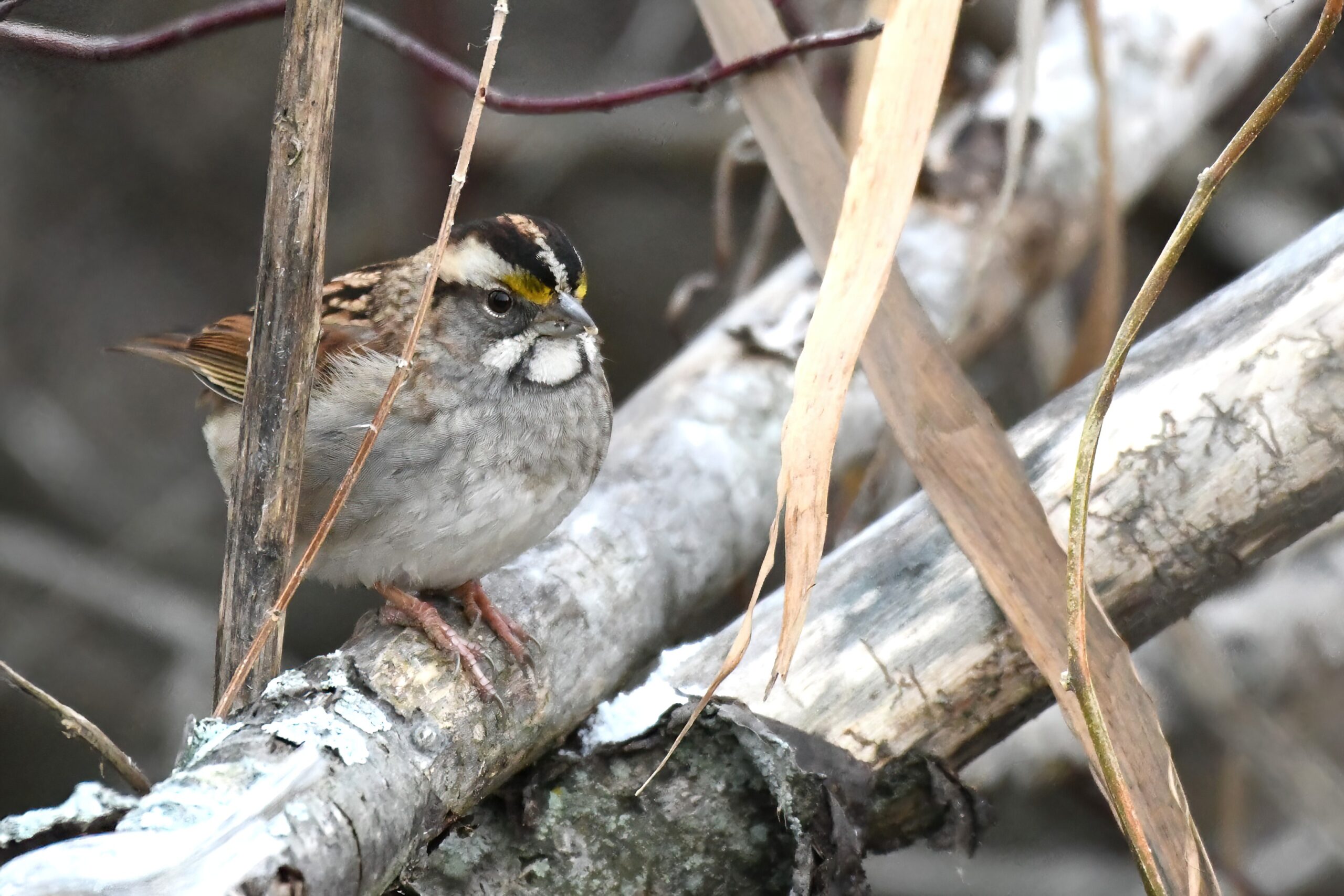
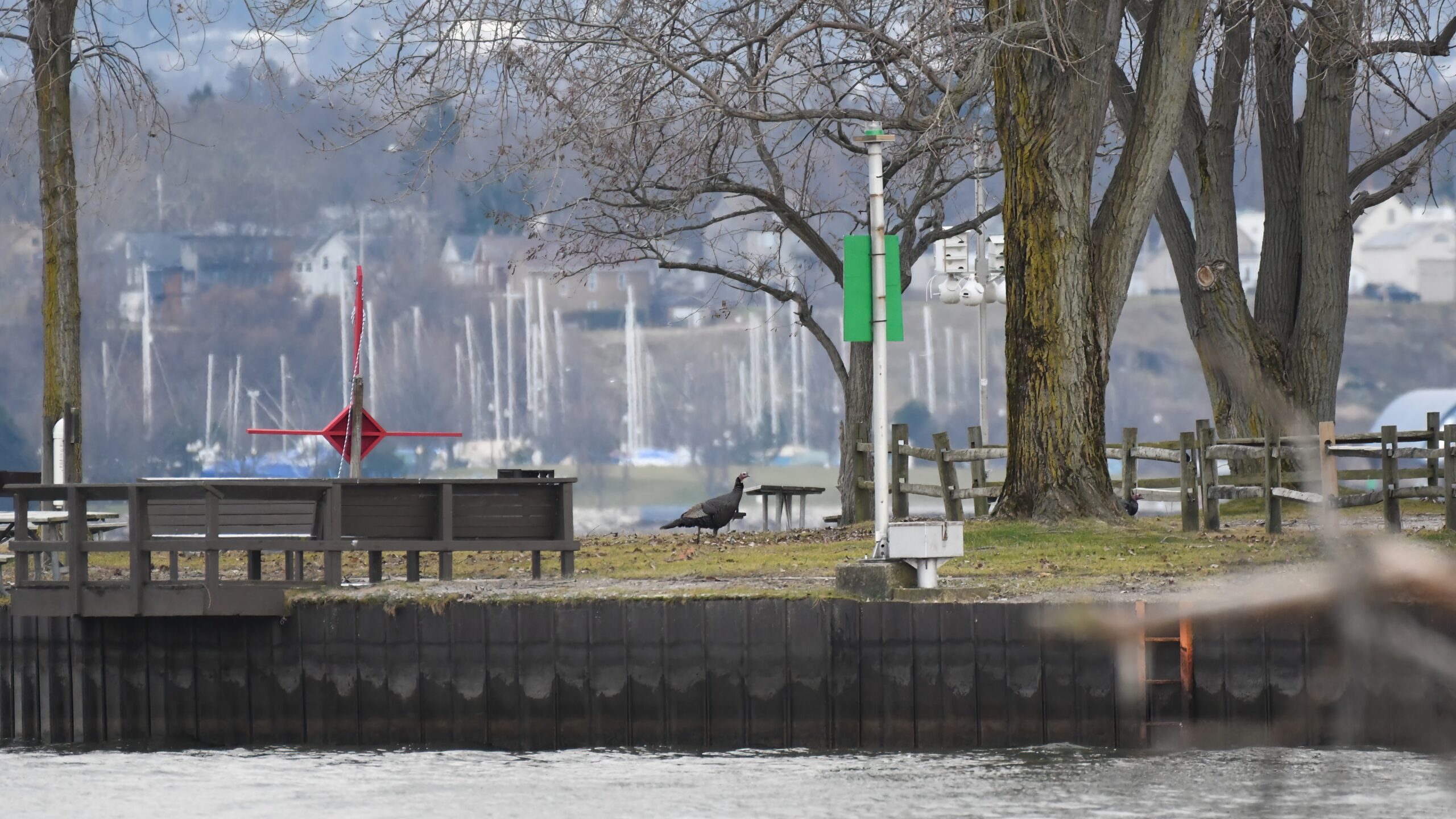
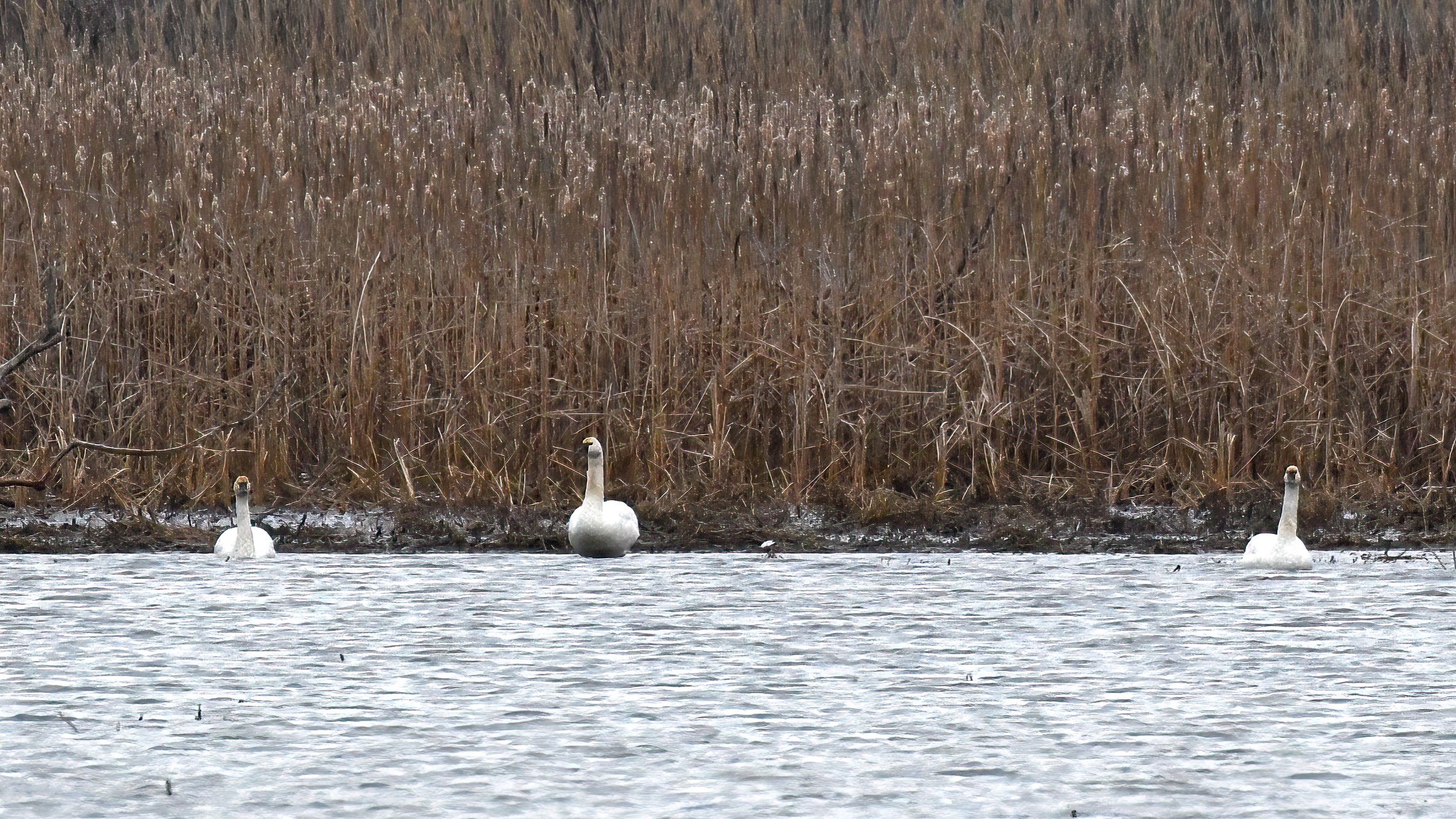
Got some nice shots of the Tundra Swan coming in for a landing, which were ruined due to overexposure. Forgot to crank the exposure comp down after the hawk shots below = totally boneheaded move. Rule Number 4 from Kessler’s Mini-handbook of Great Digital Photography (C&R Press, 2008): always remember to re-adjust the exposure compensation back to zero/neutral.
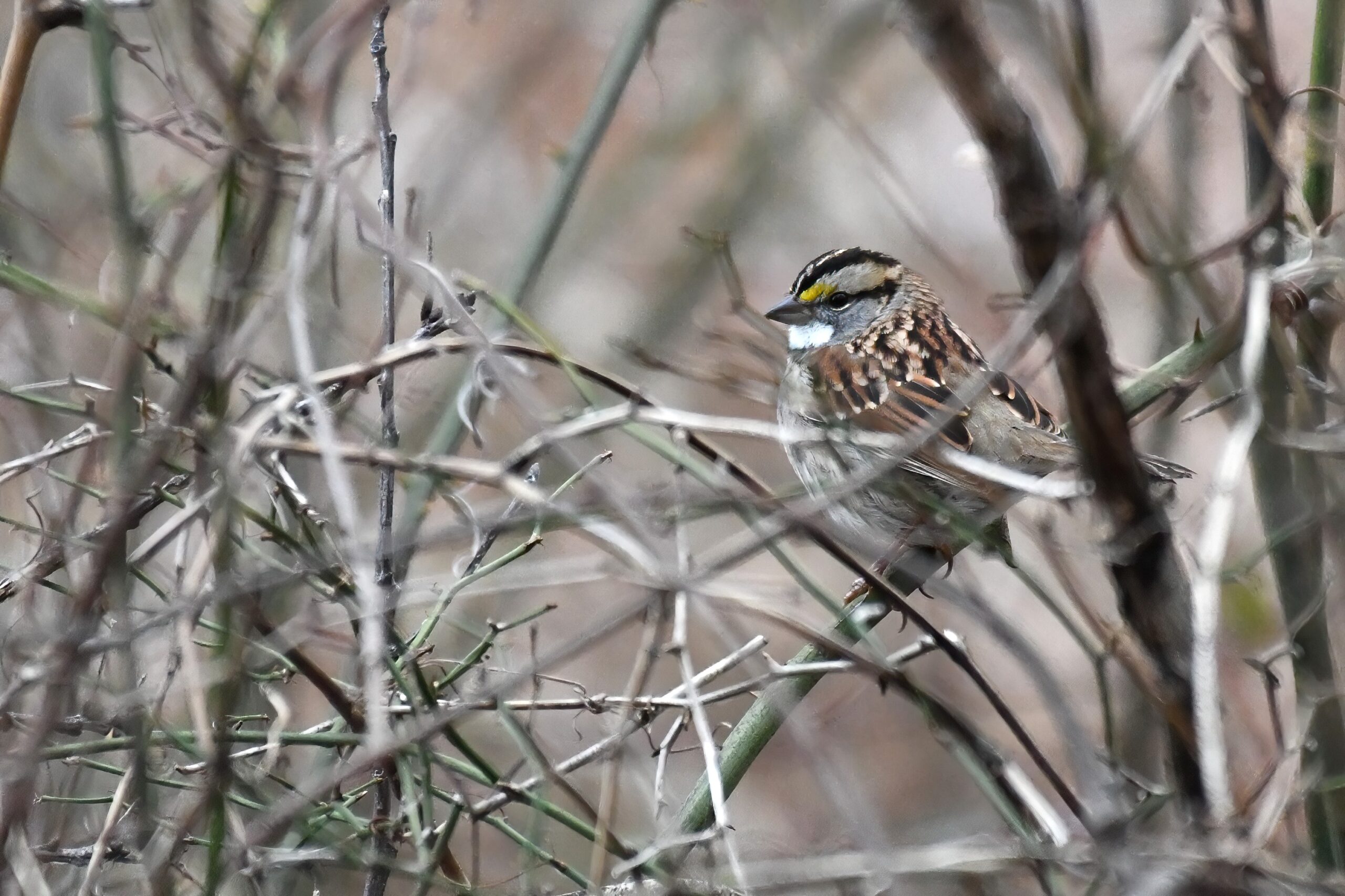
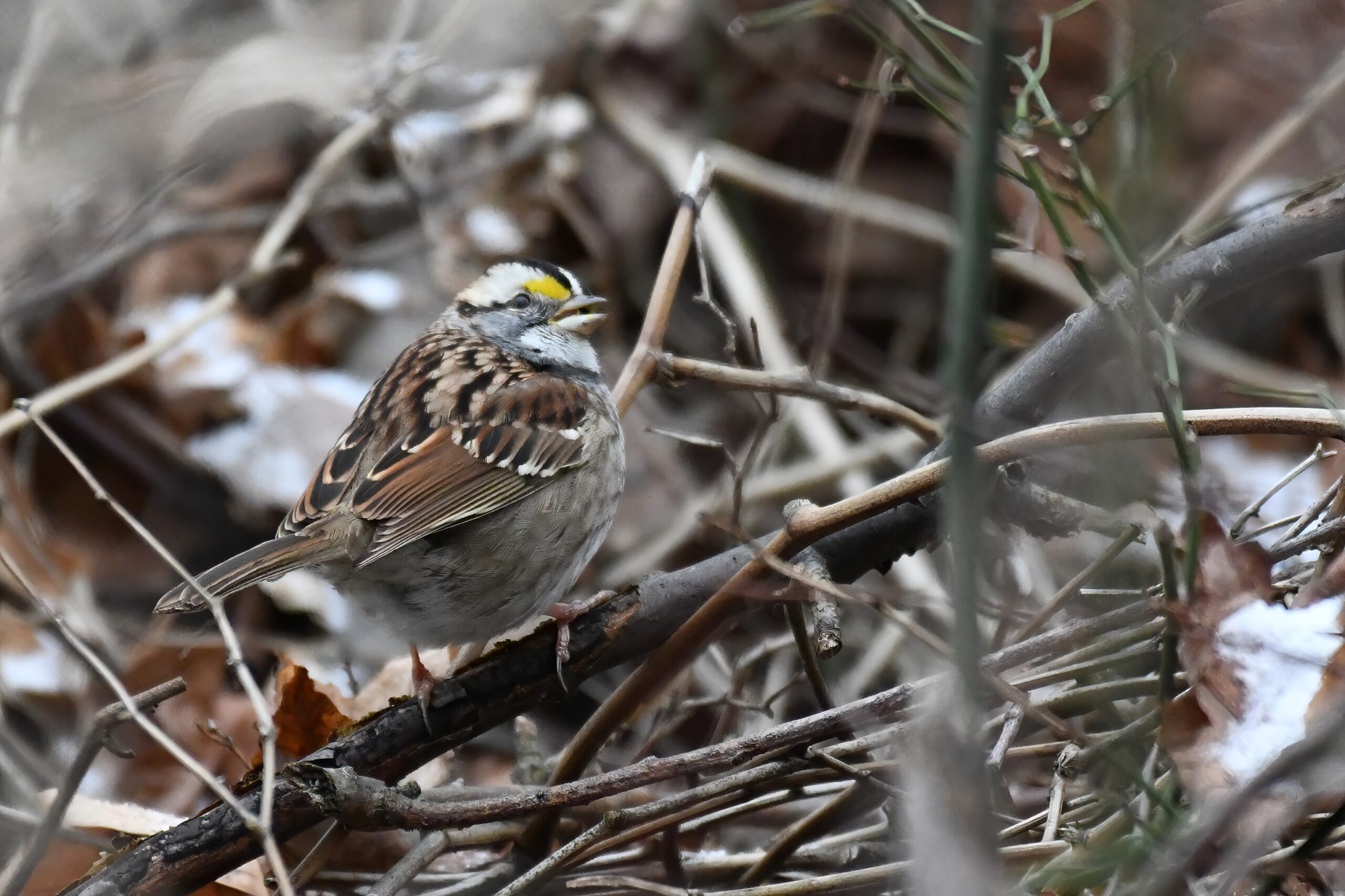
Haven’t seen a Hairy Woodpecker in at least a month:
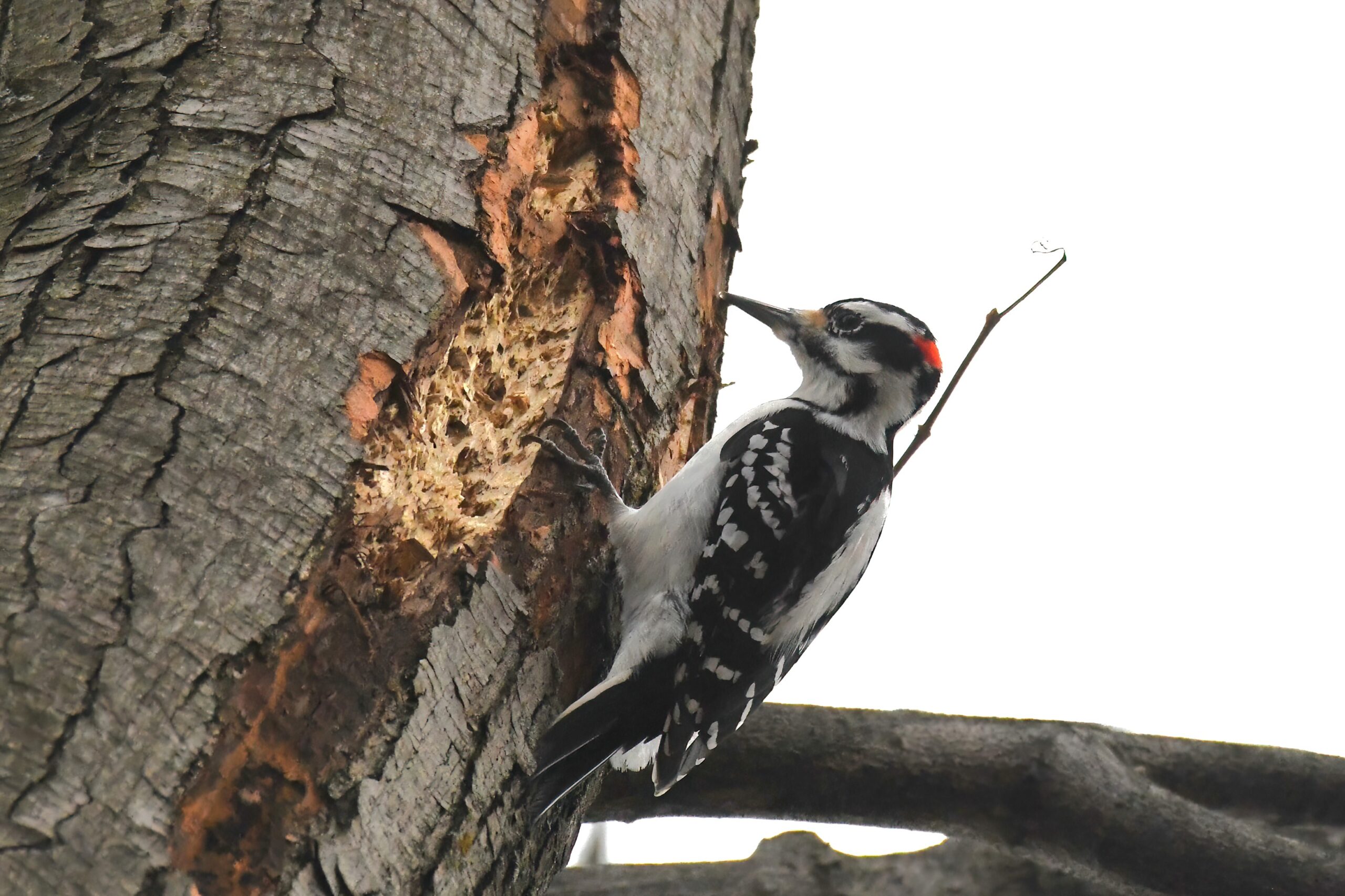
Bird of the day: amazing Cooper’s Hawk, @ Long Pond Trail. Tough conditions in the shade/forest backlit by overcast sky. These shots adjusted in Photoshop as best possible + sharpening via Topaz AI.
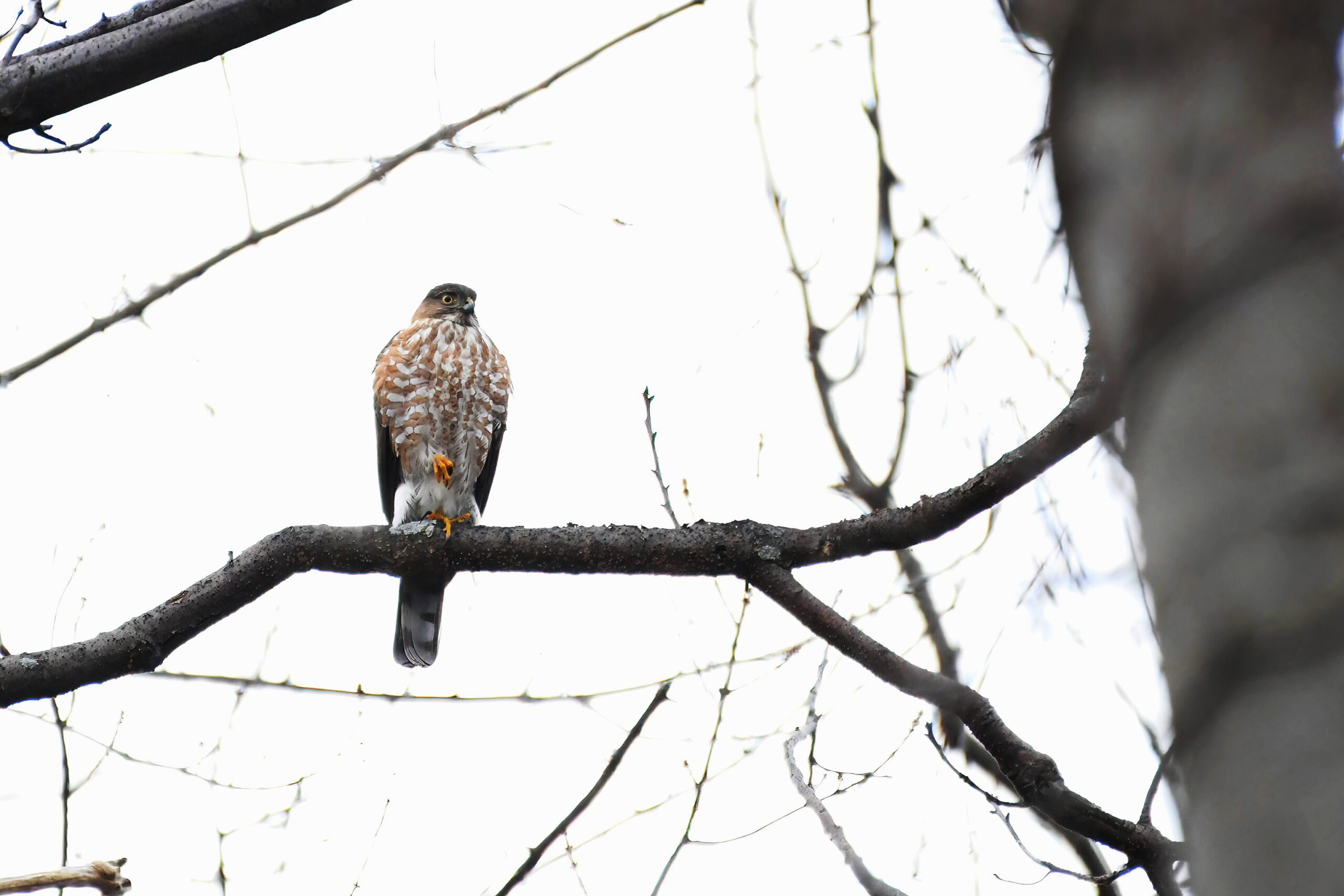
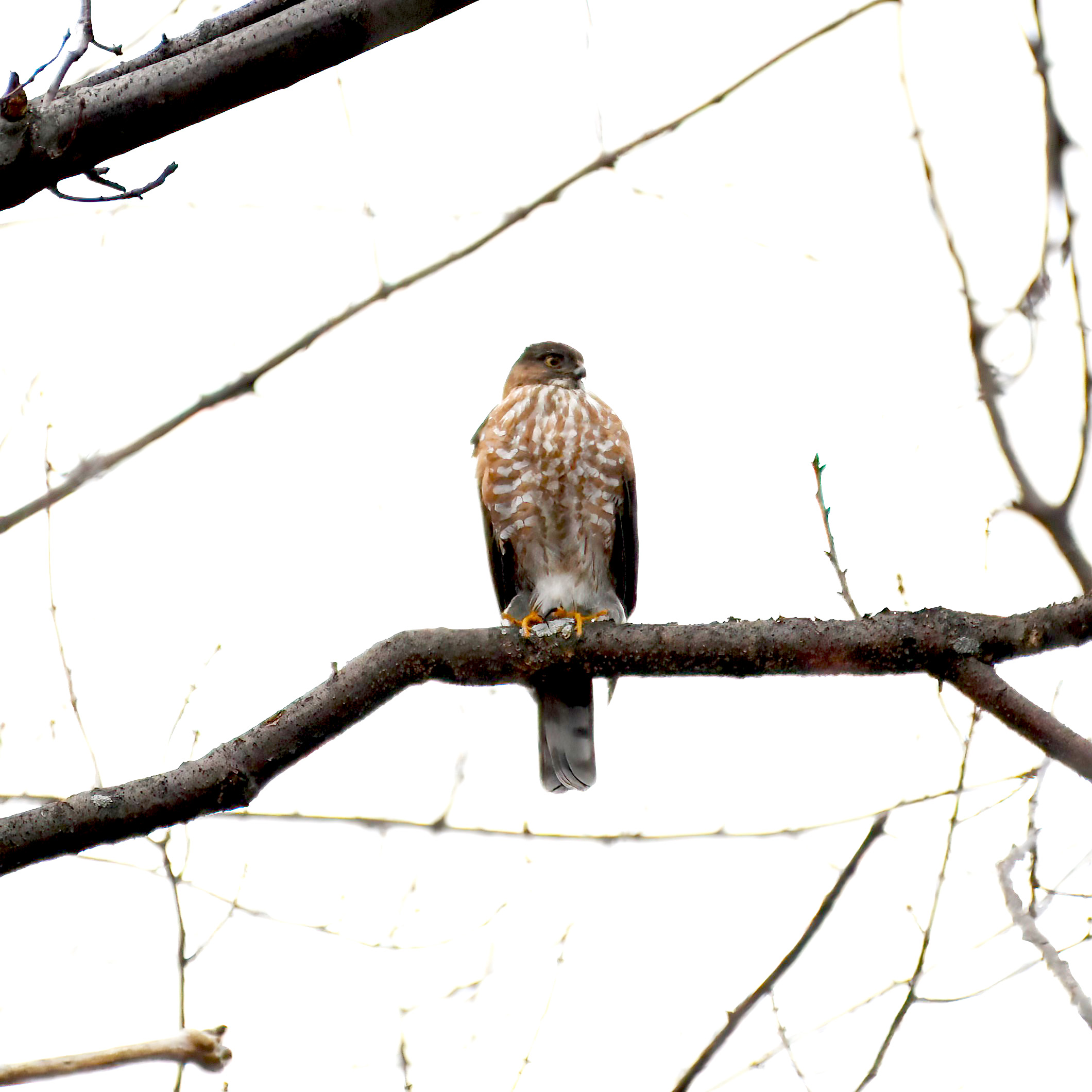
Again, haven’t seen American Robin for weeks. Four individuals in a tree across the road from the Budny Beach restroom building. E.g.:
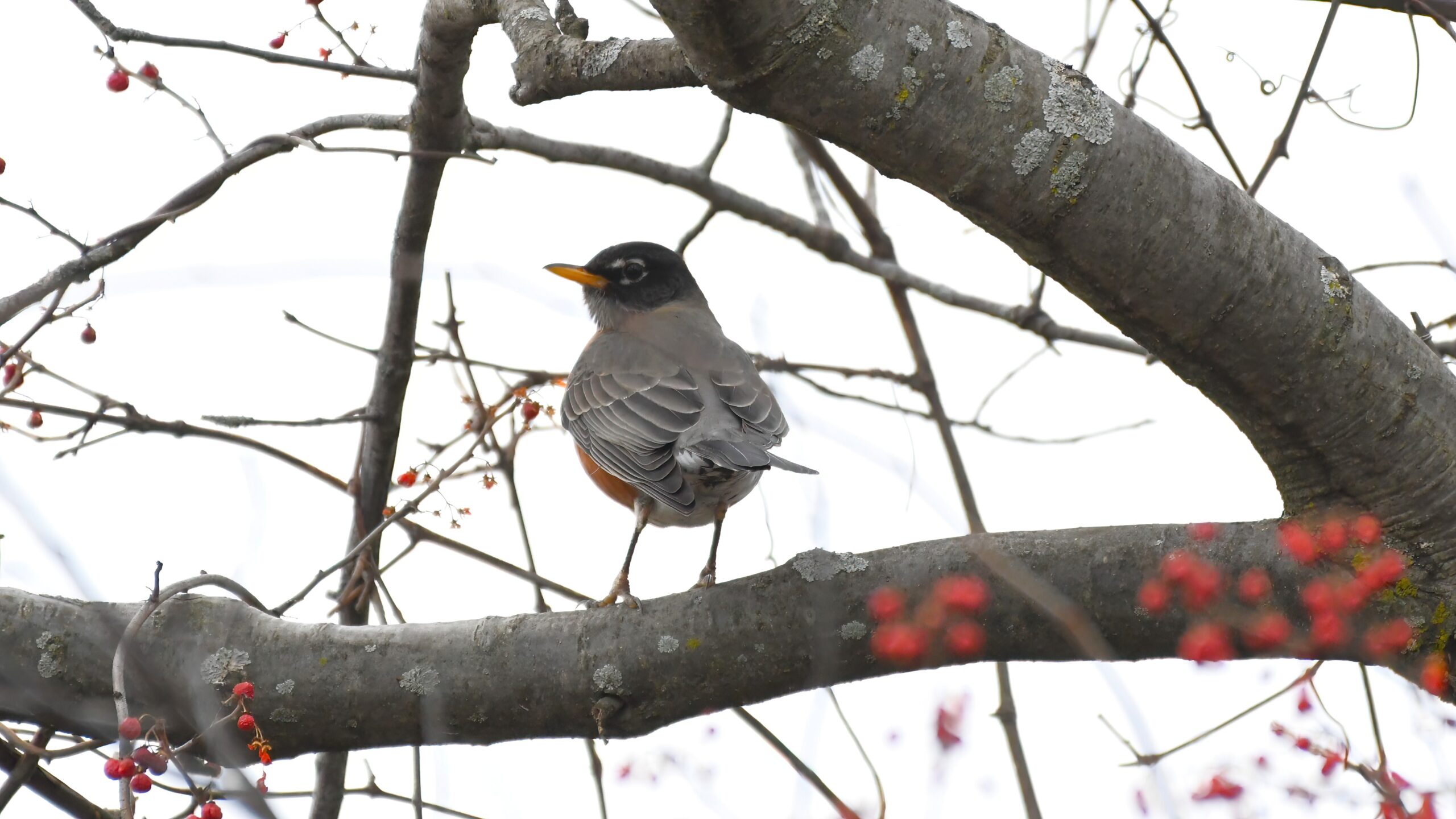
Nice to see American Tree Sparrow @ Thompson Bay. Note the distinctive center chest spot/marking:
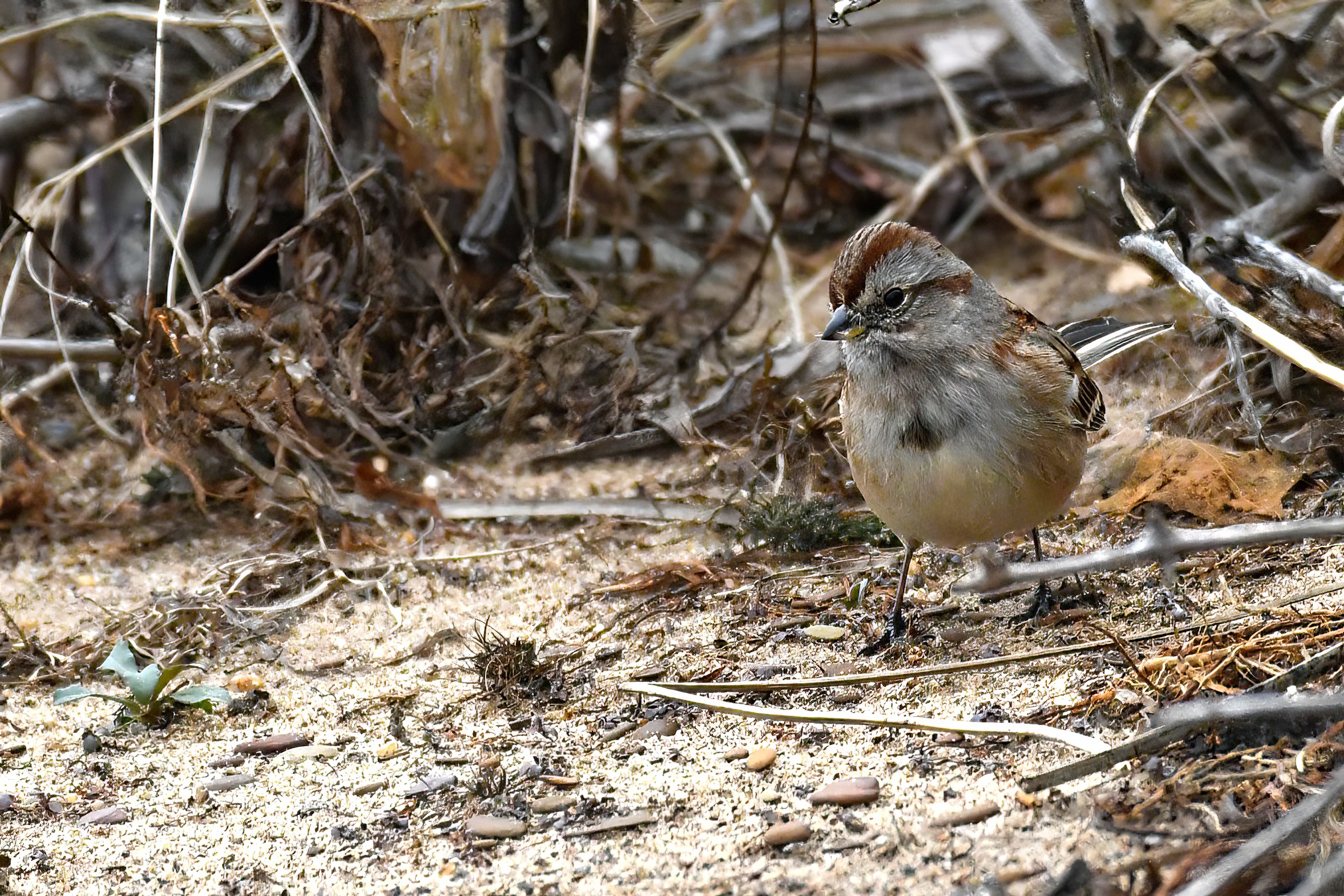
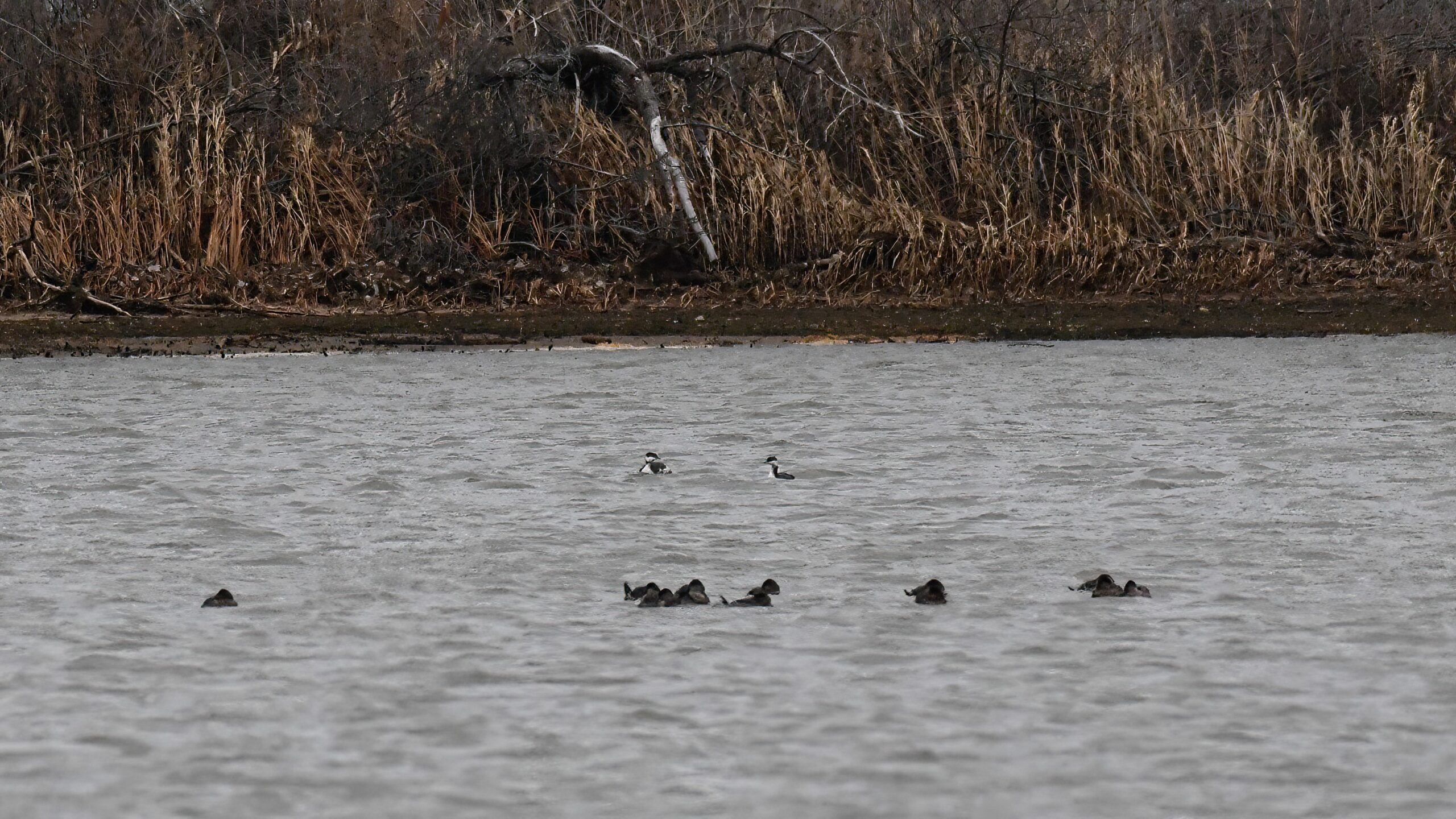
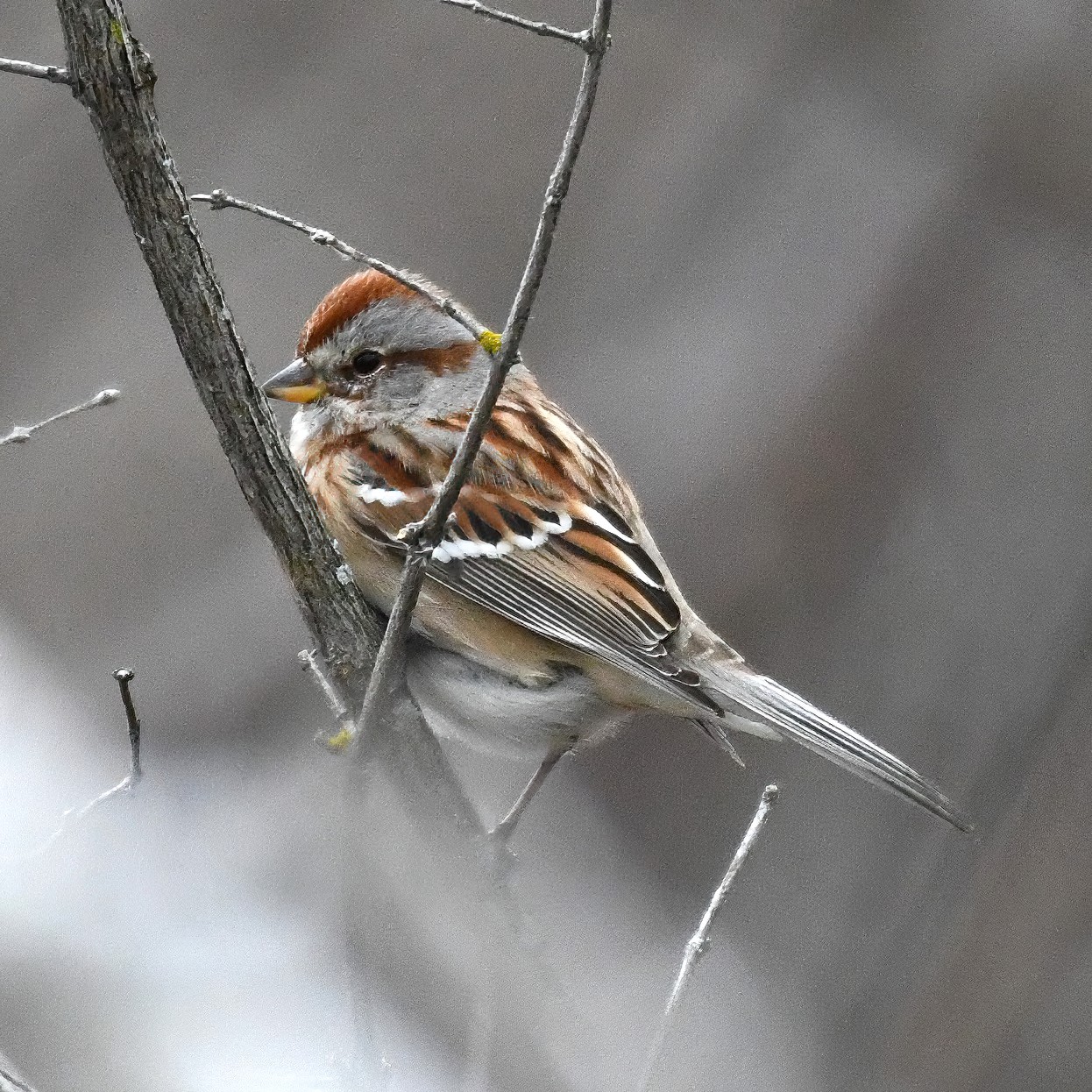
So, back to the topic of South Pier in the snow. Following is a view southeast from North Pier on Saturday, towards the mainland. The gulls to the center right and far right with the dark wings may be Great Black-backed Gull. If so, very cool spotting.
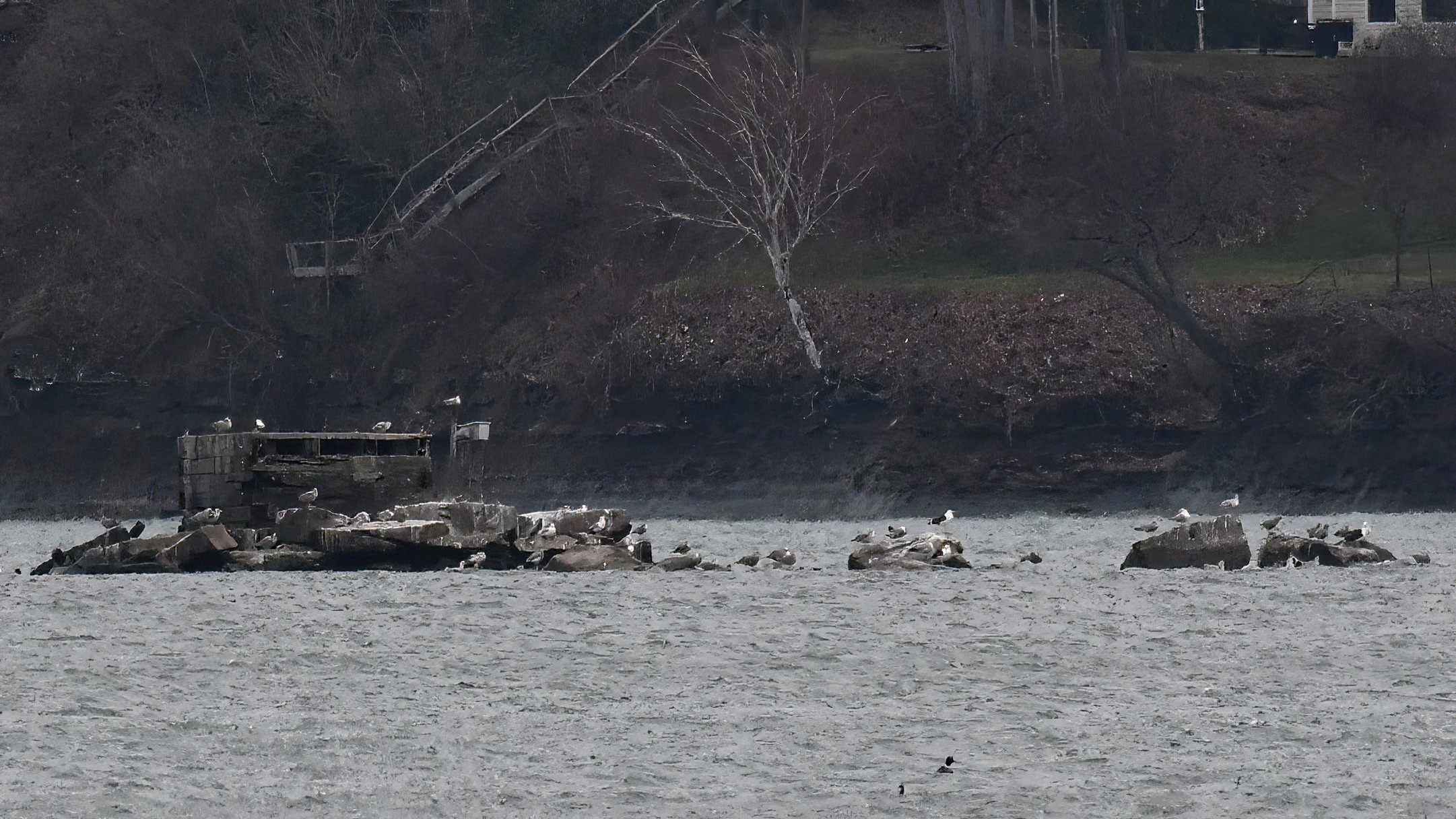
So, South Pier and East Ave Boat Ramp Sunday morning. Hoping for better shots with a longer lens, or positive ID via spotting scope, but visibility too low for anything other than Ring-billed Gull near the beach:
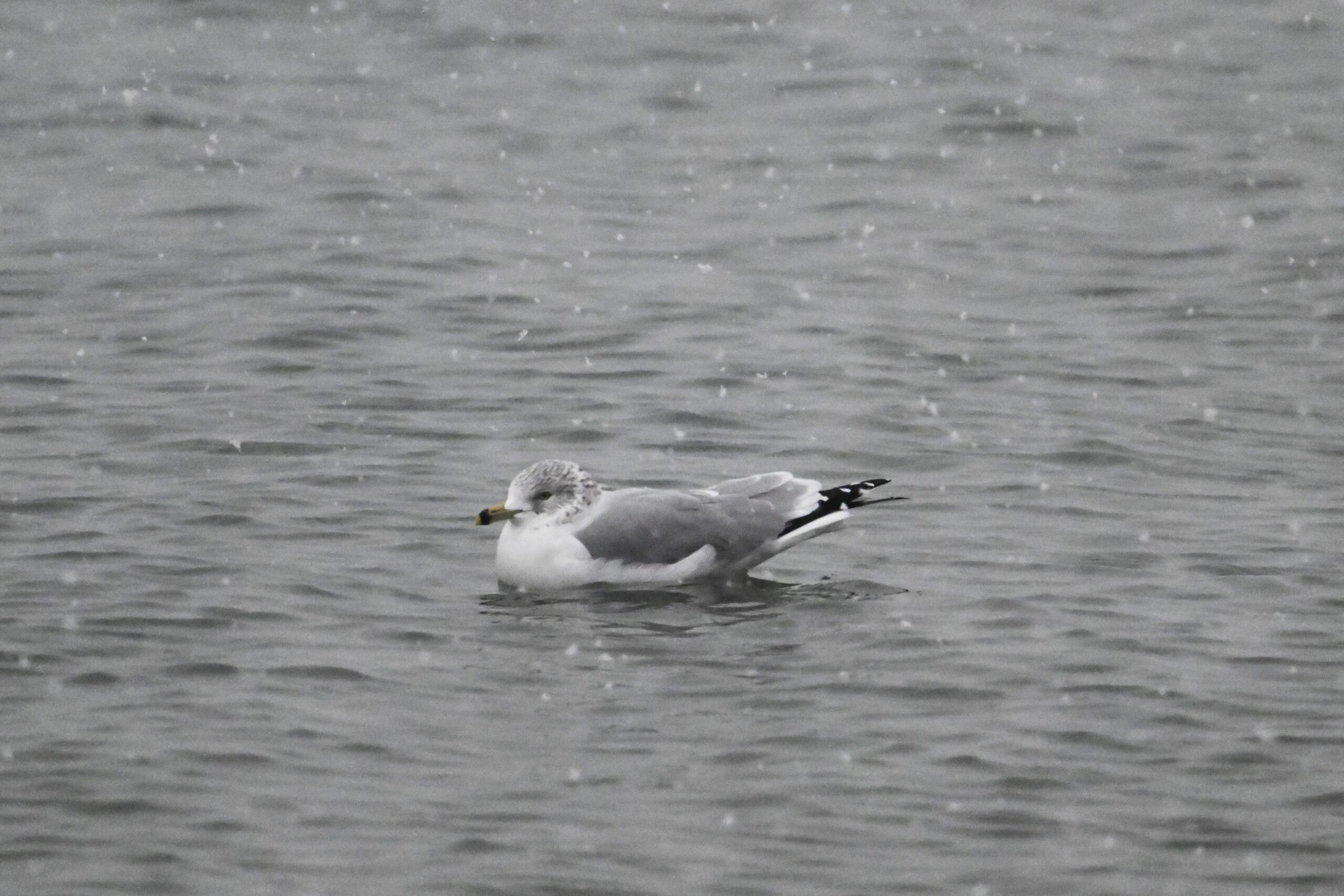
Anyway, more on this interesting area later in the week.
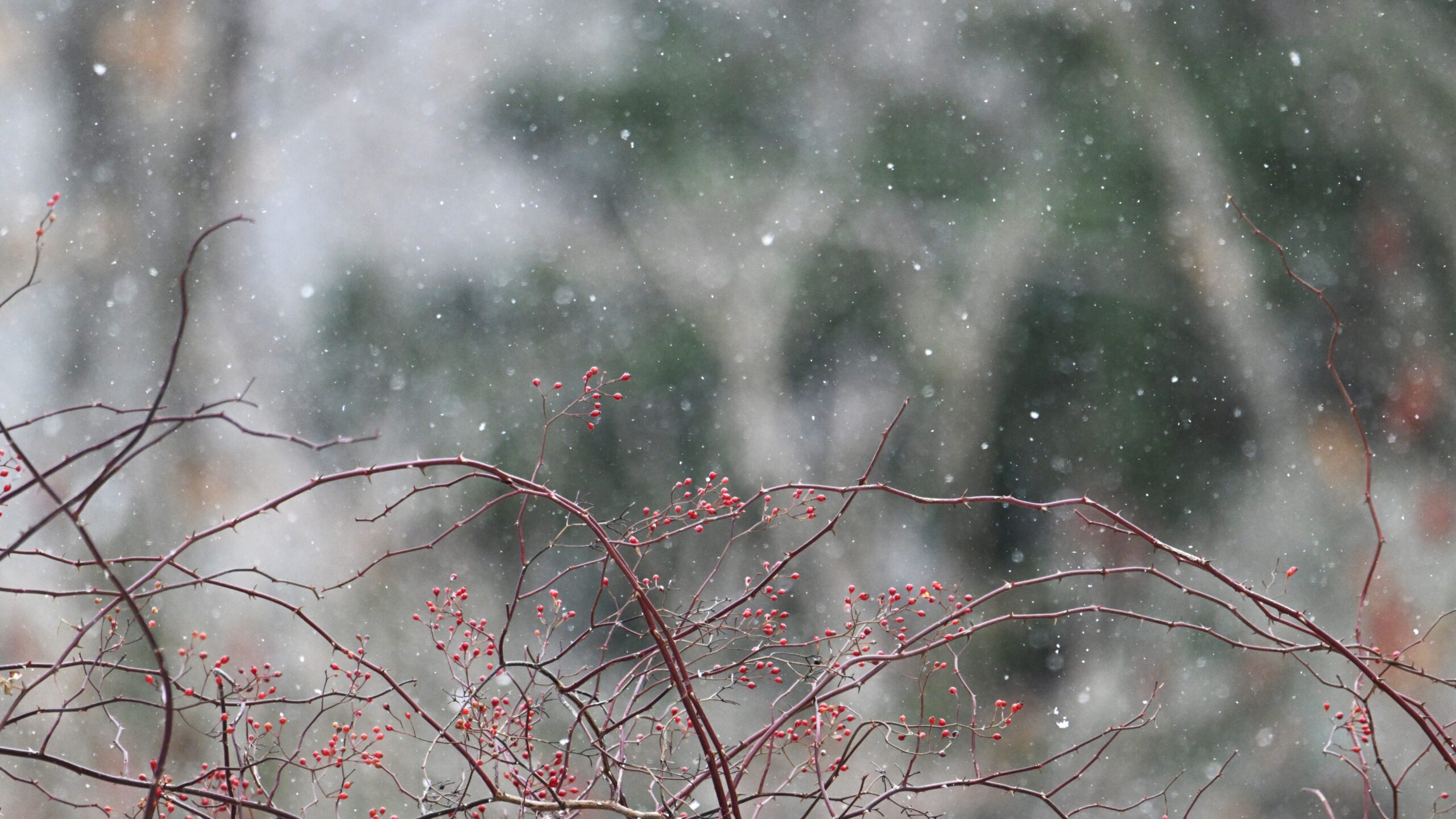
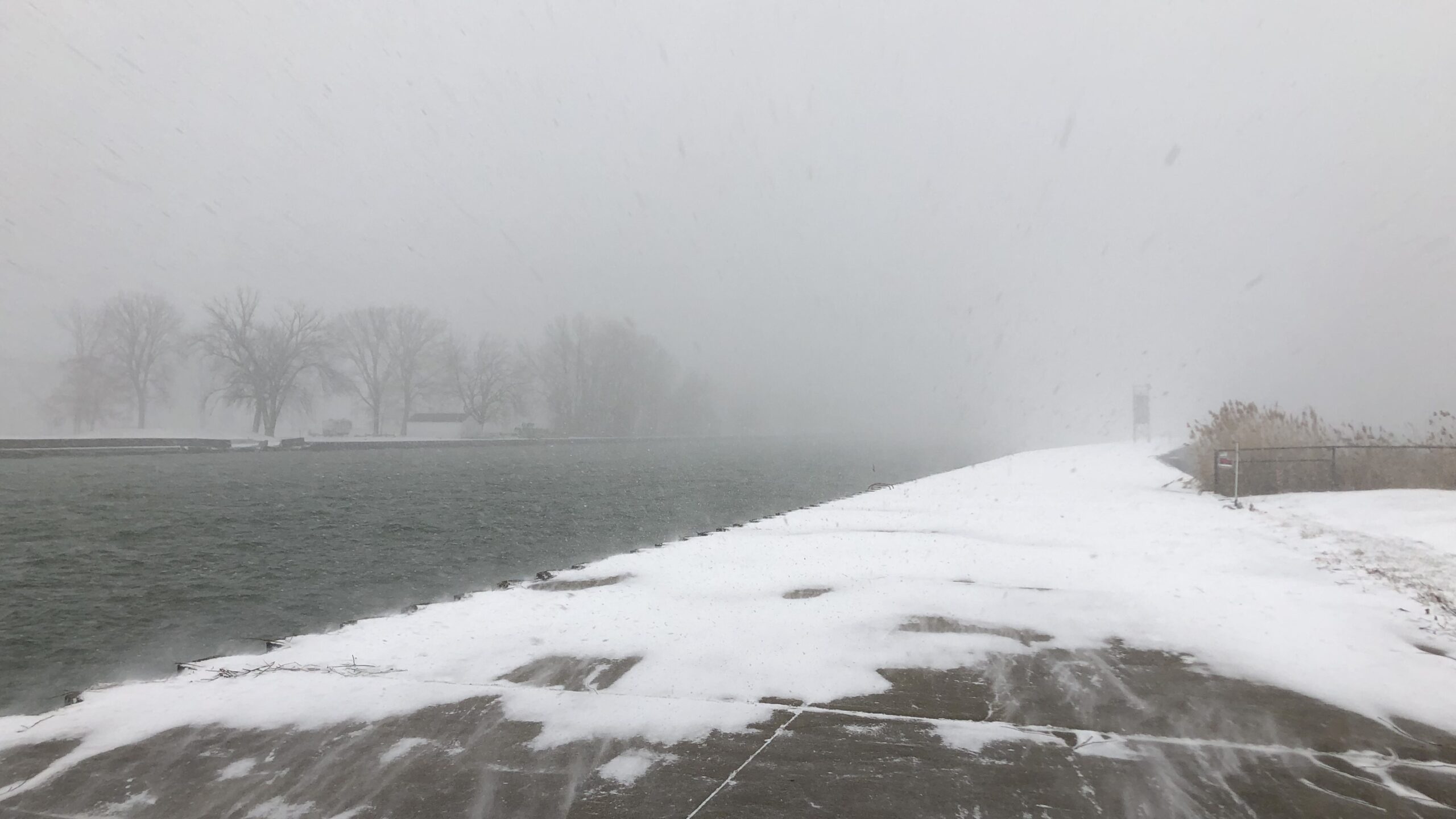
Tomorrow, back in the red with Cardinalmania II!
Chickadee/Snacks
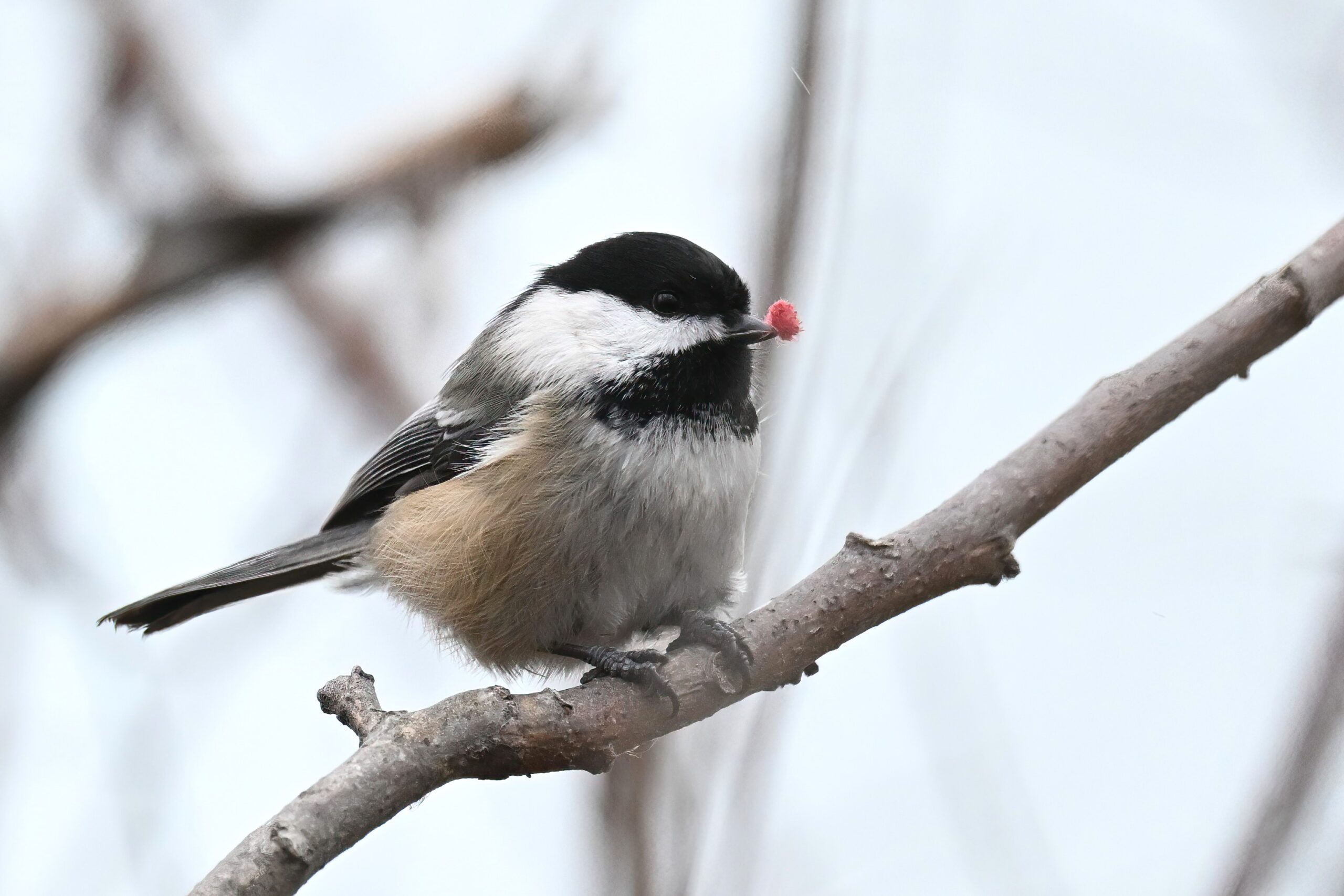
Web-hosting platform down for maintenance yesterday. Lots of interesting Presque Isle and Millcreek Twp (“Gateway to Presque Isle”) bird activity to report on later in the week. In the meantime, foraging/feeding behavior from the lovely Black-capped Chickadee. Recent shots from the Thompson Circle swamp/pond (with seeds from Staghorn Sumac (Rhus typhina)), and earlier shots (the green ones, with probably a species of Goldenrod) from earlier in the fall along the dirt service road passing through Pine Tree Meadows.
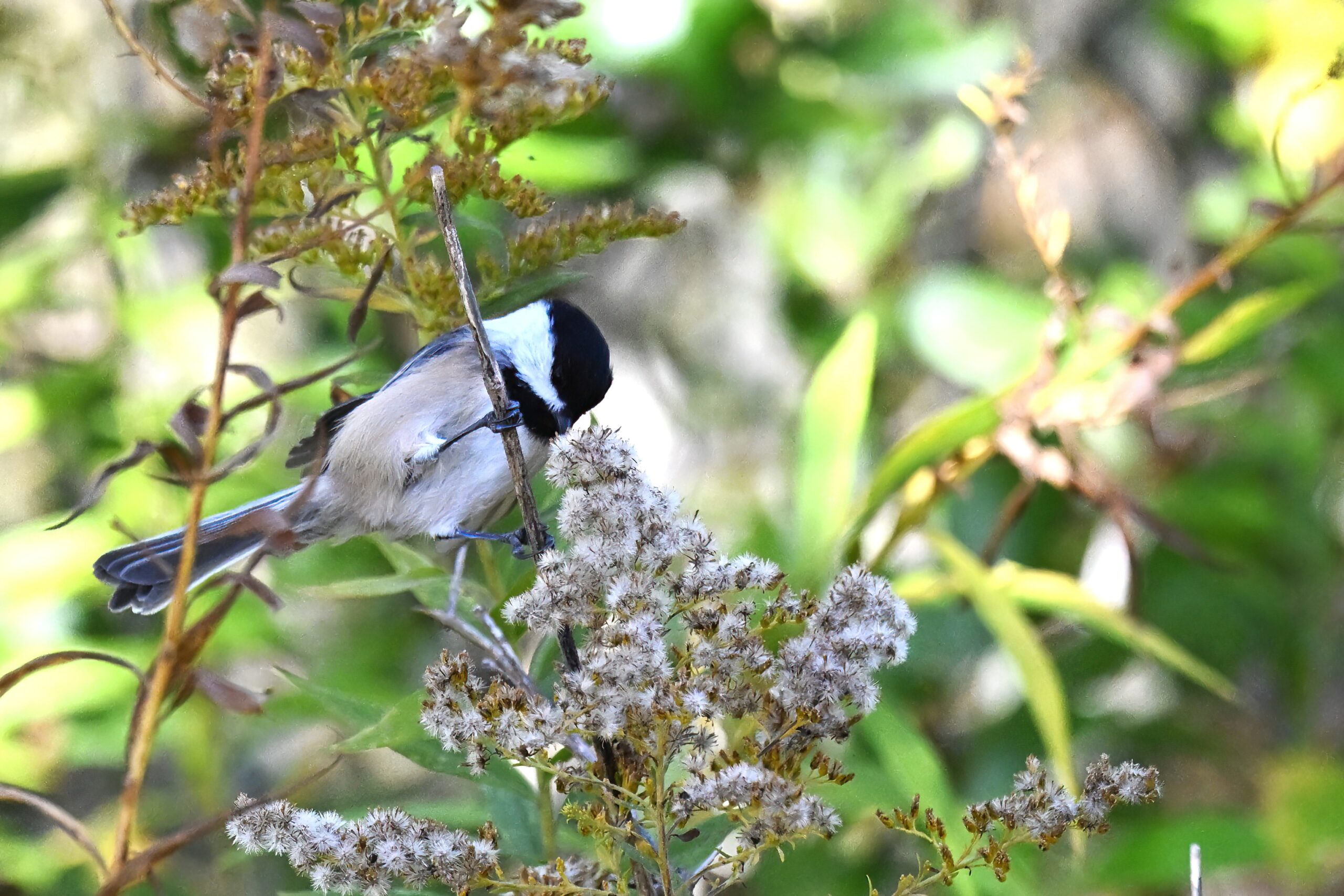
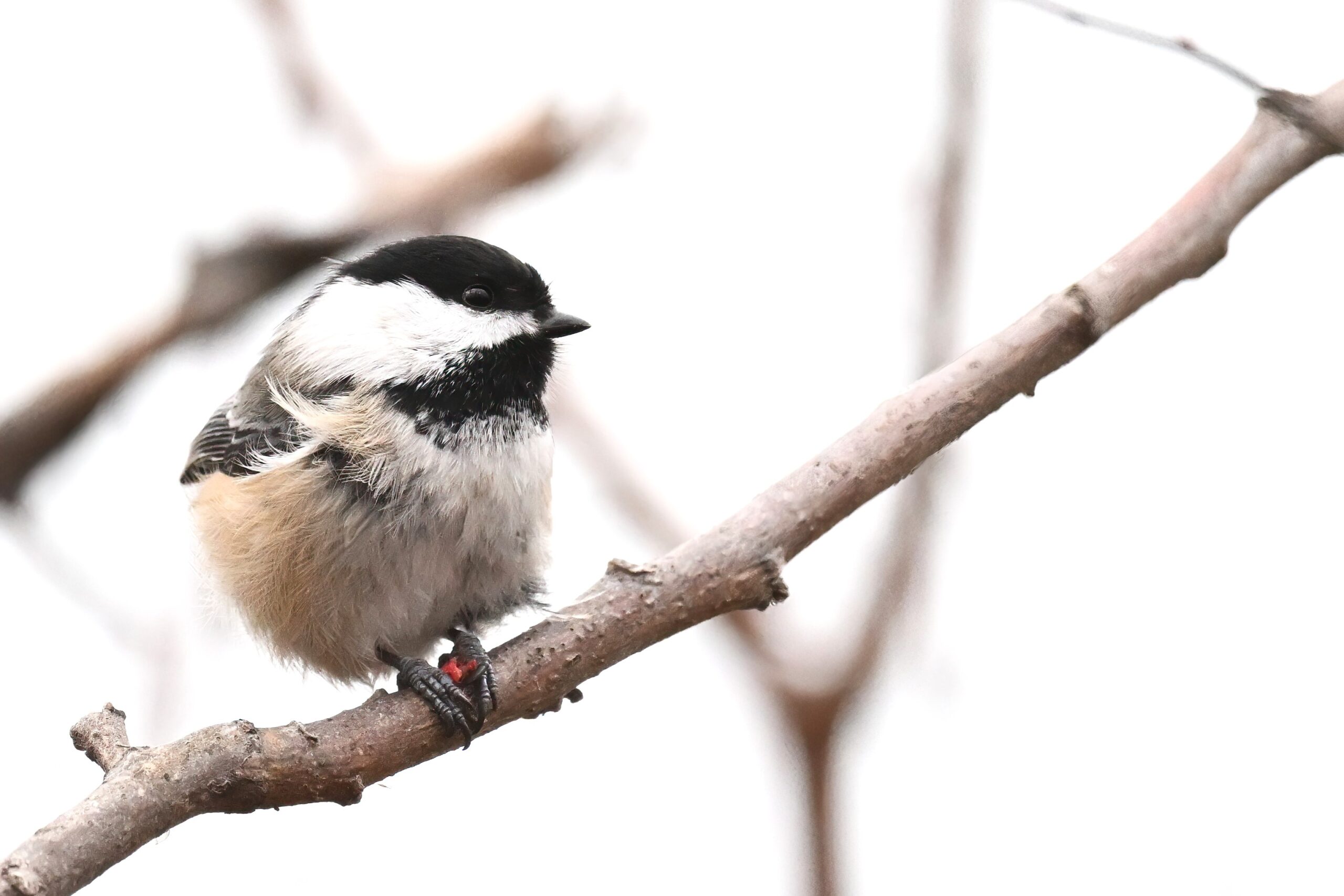
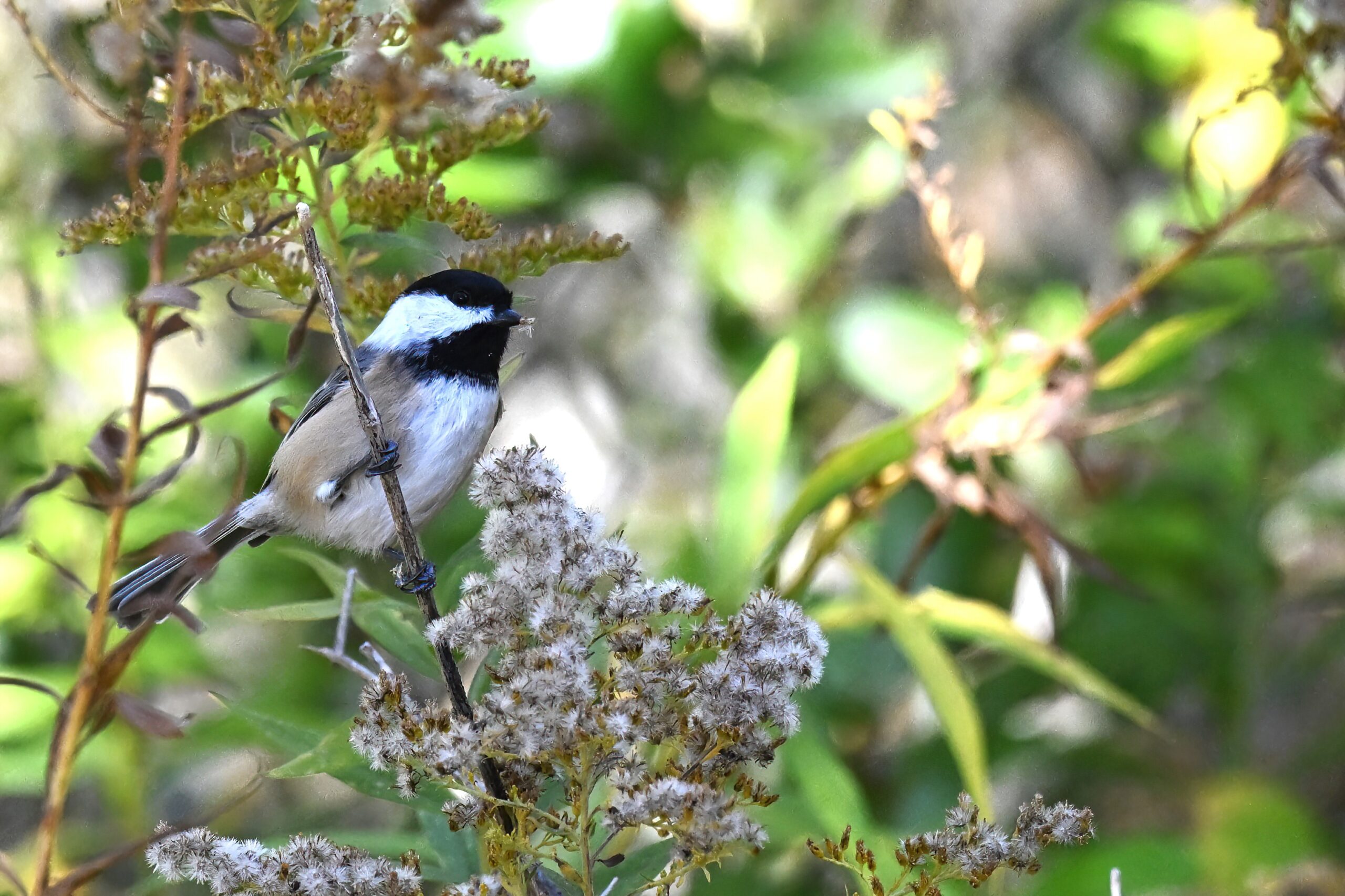
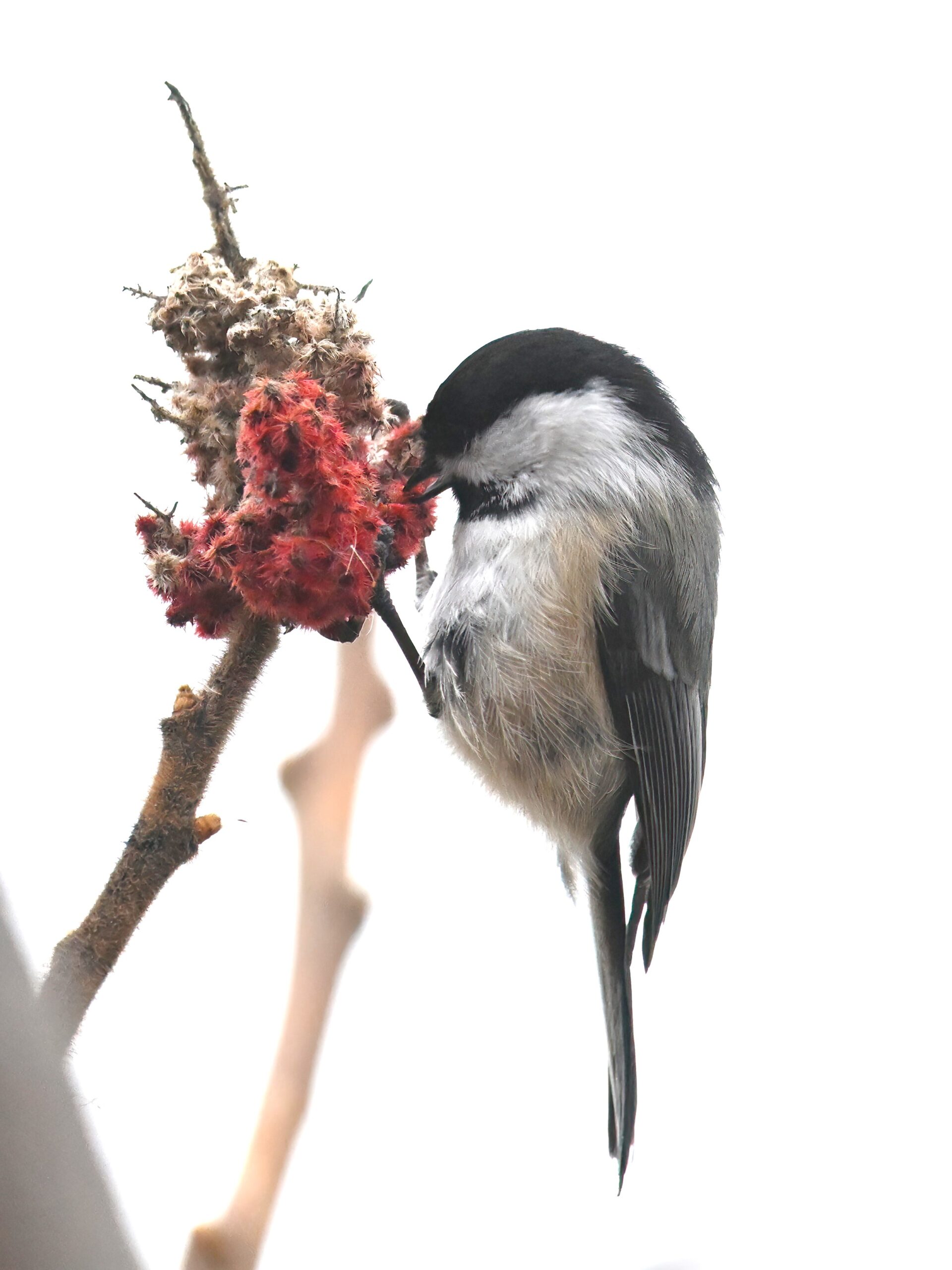
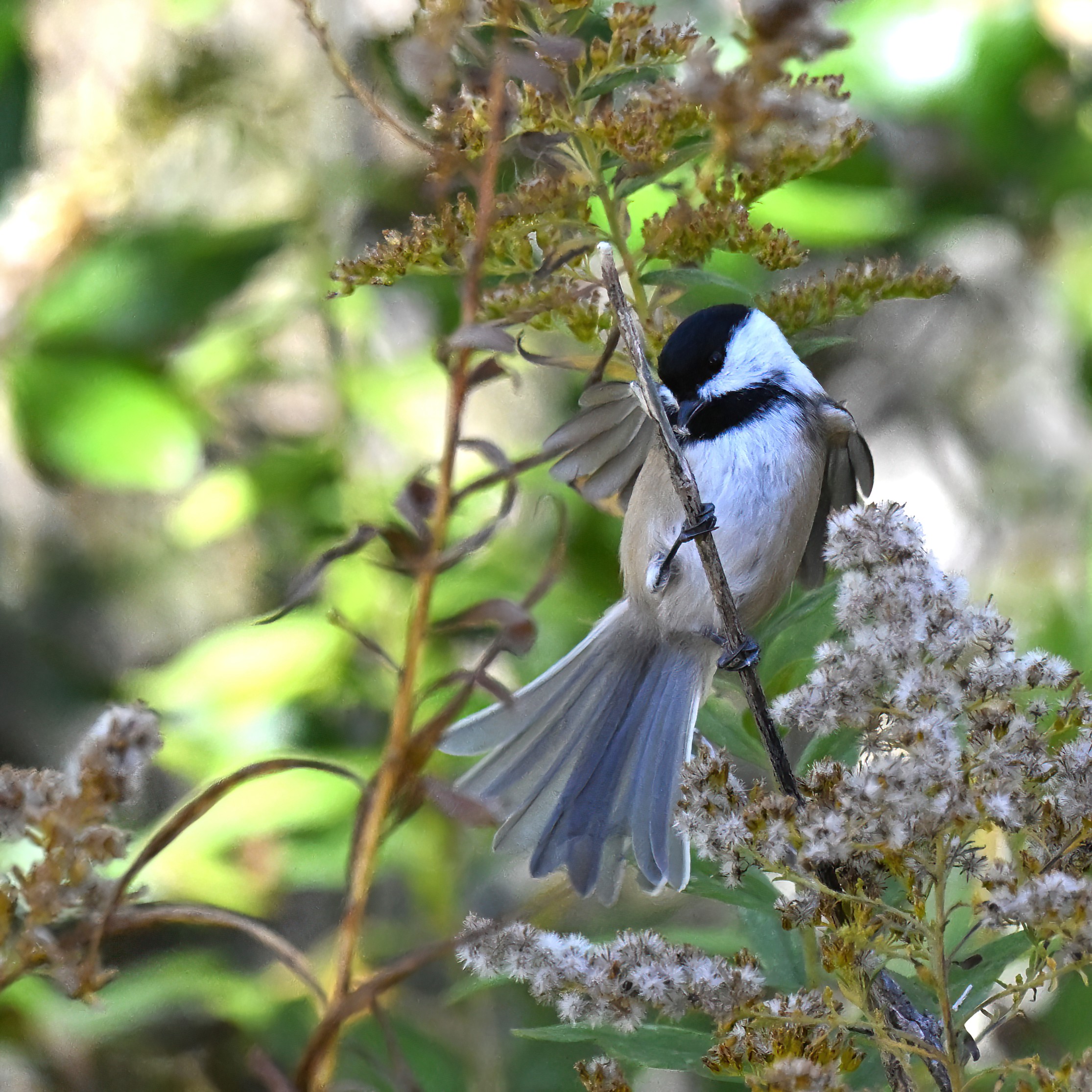
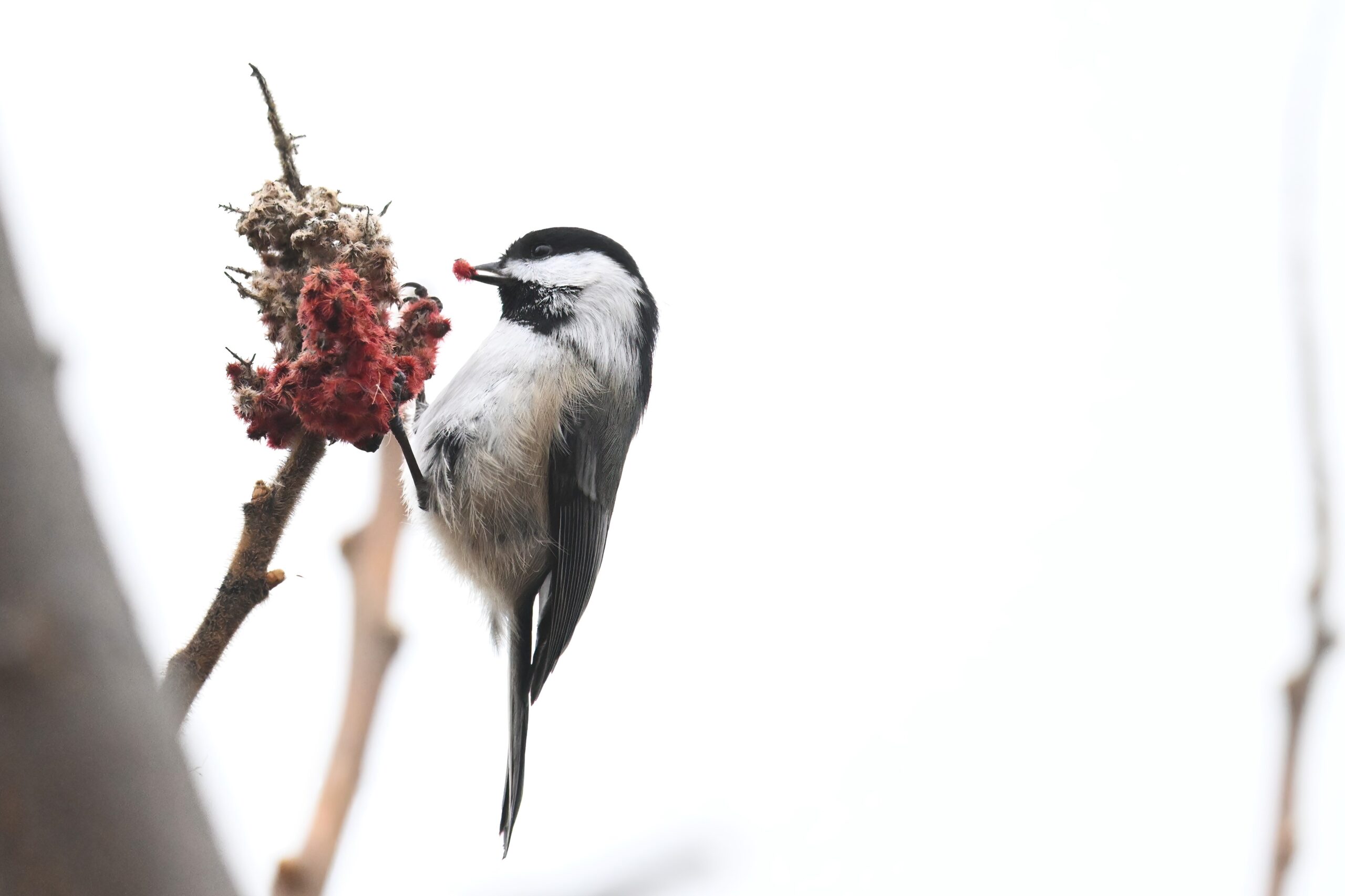
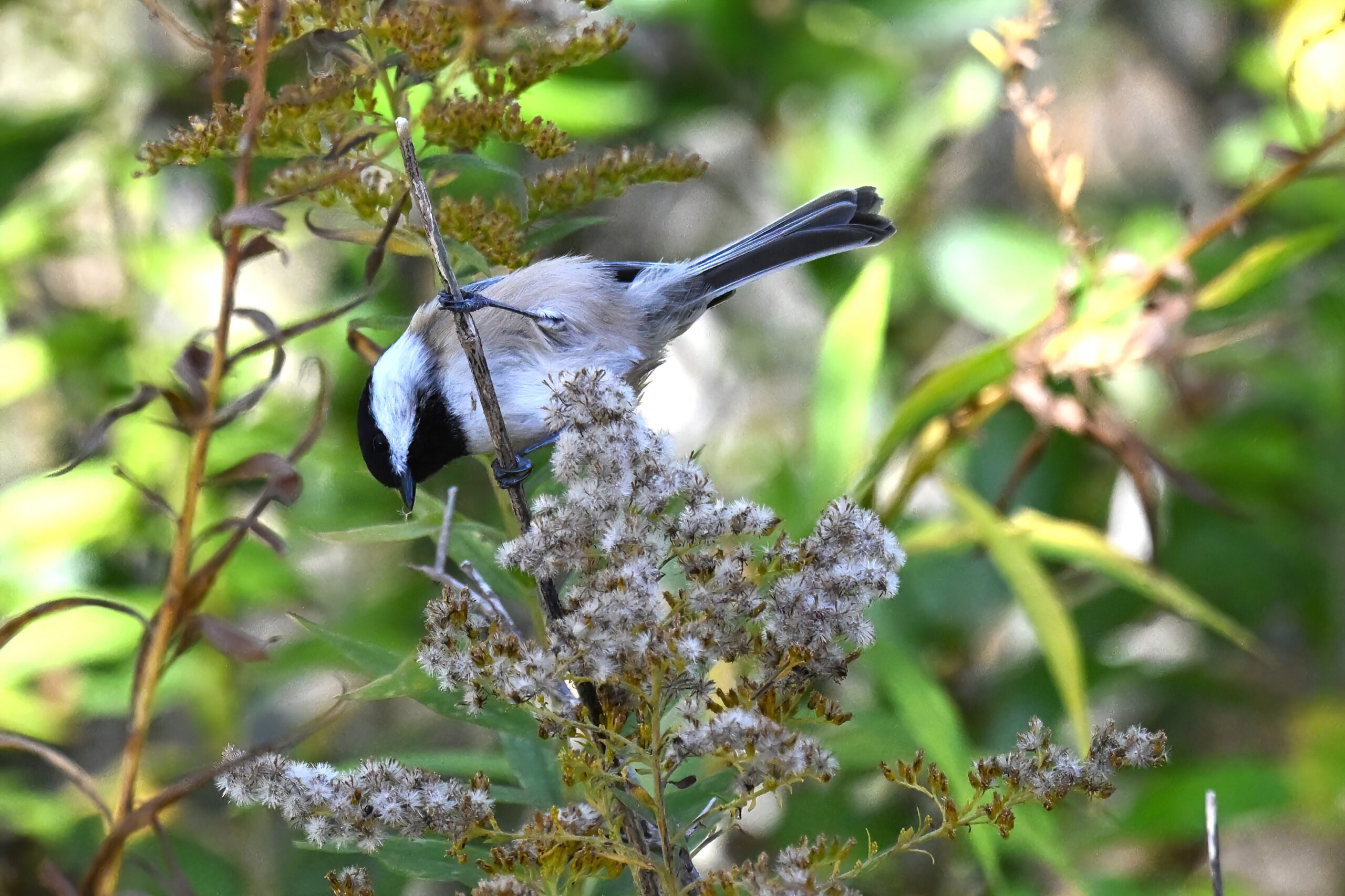
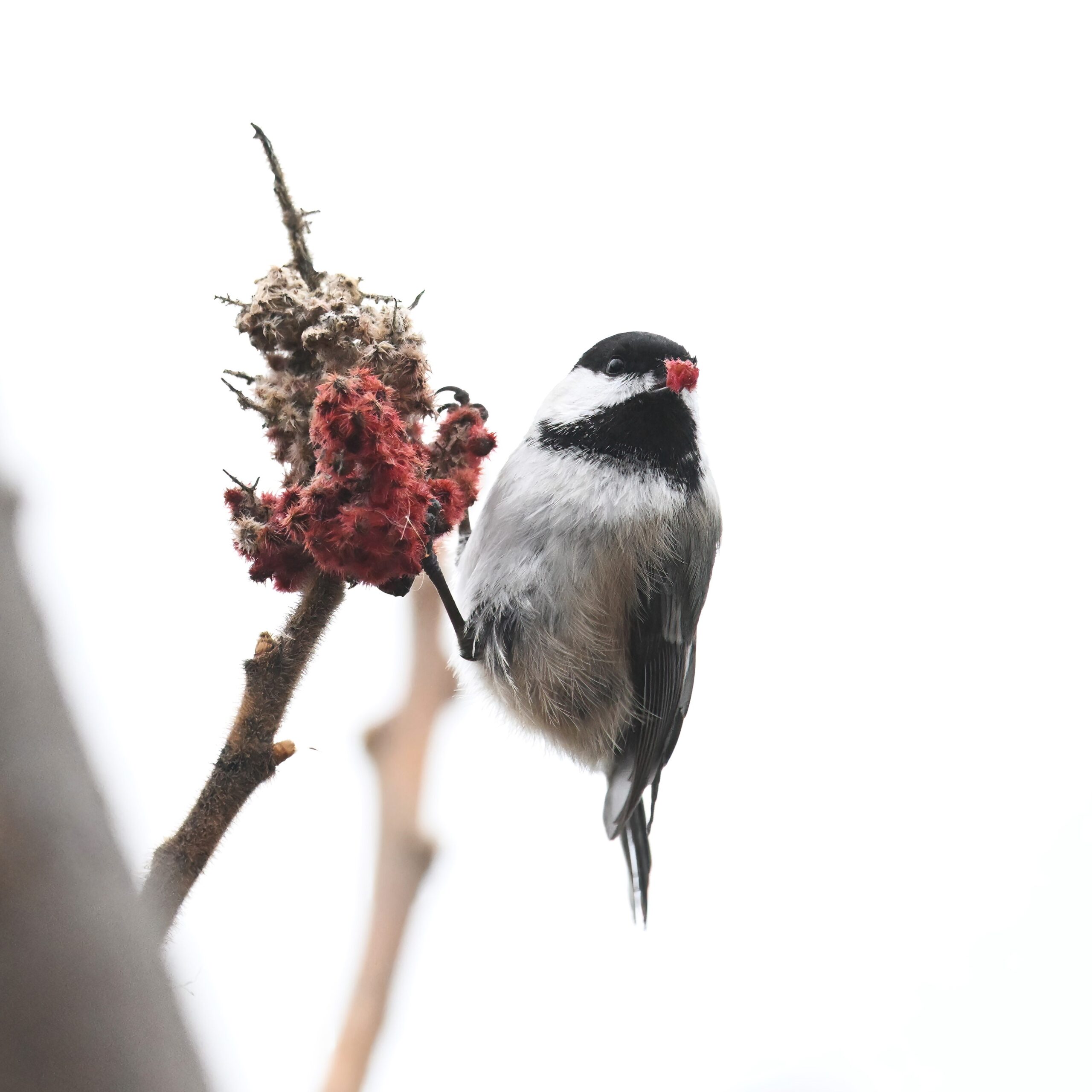
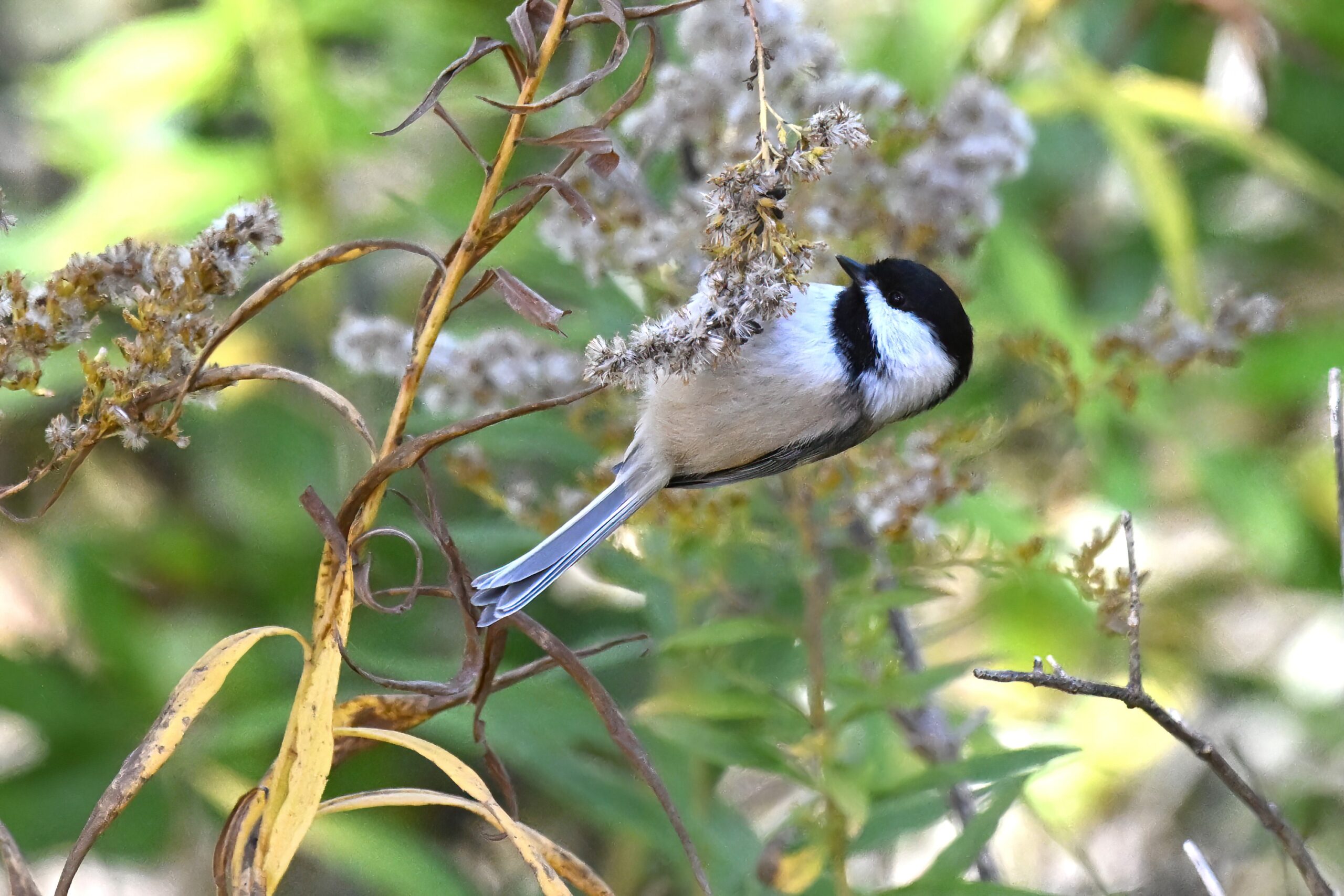
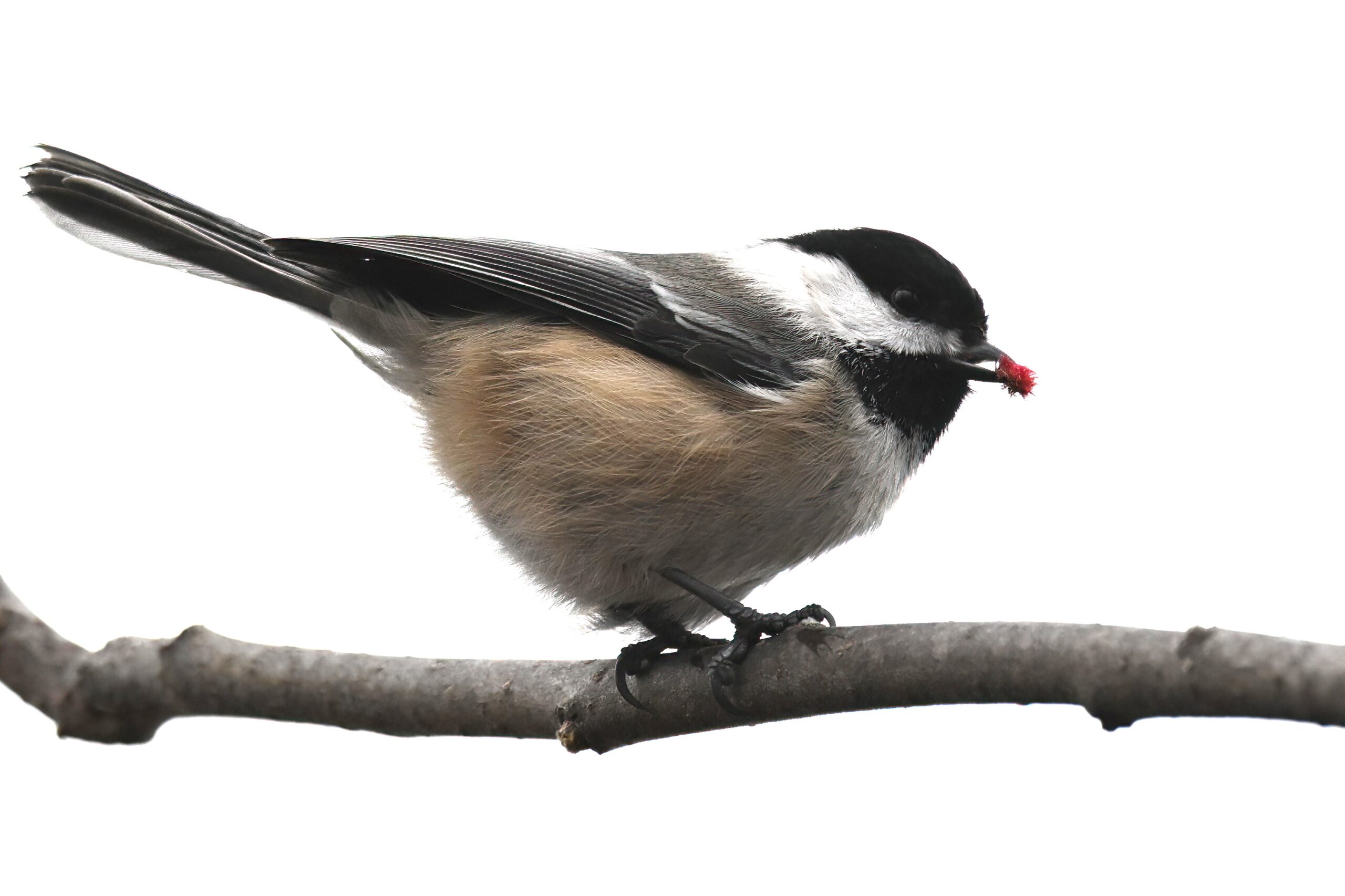
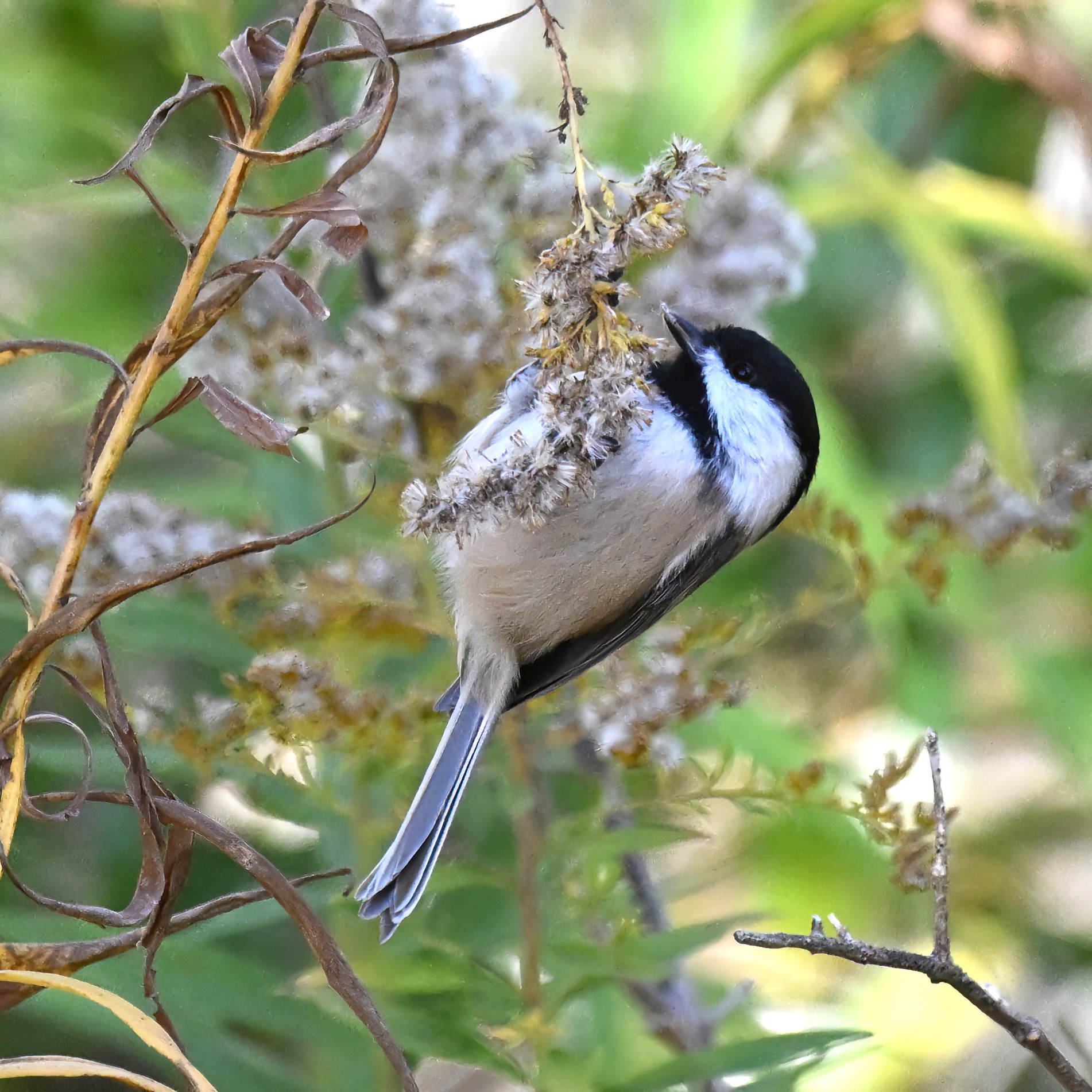
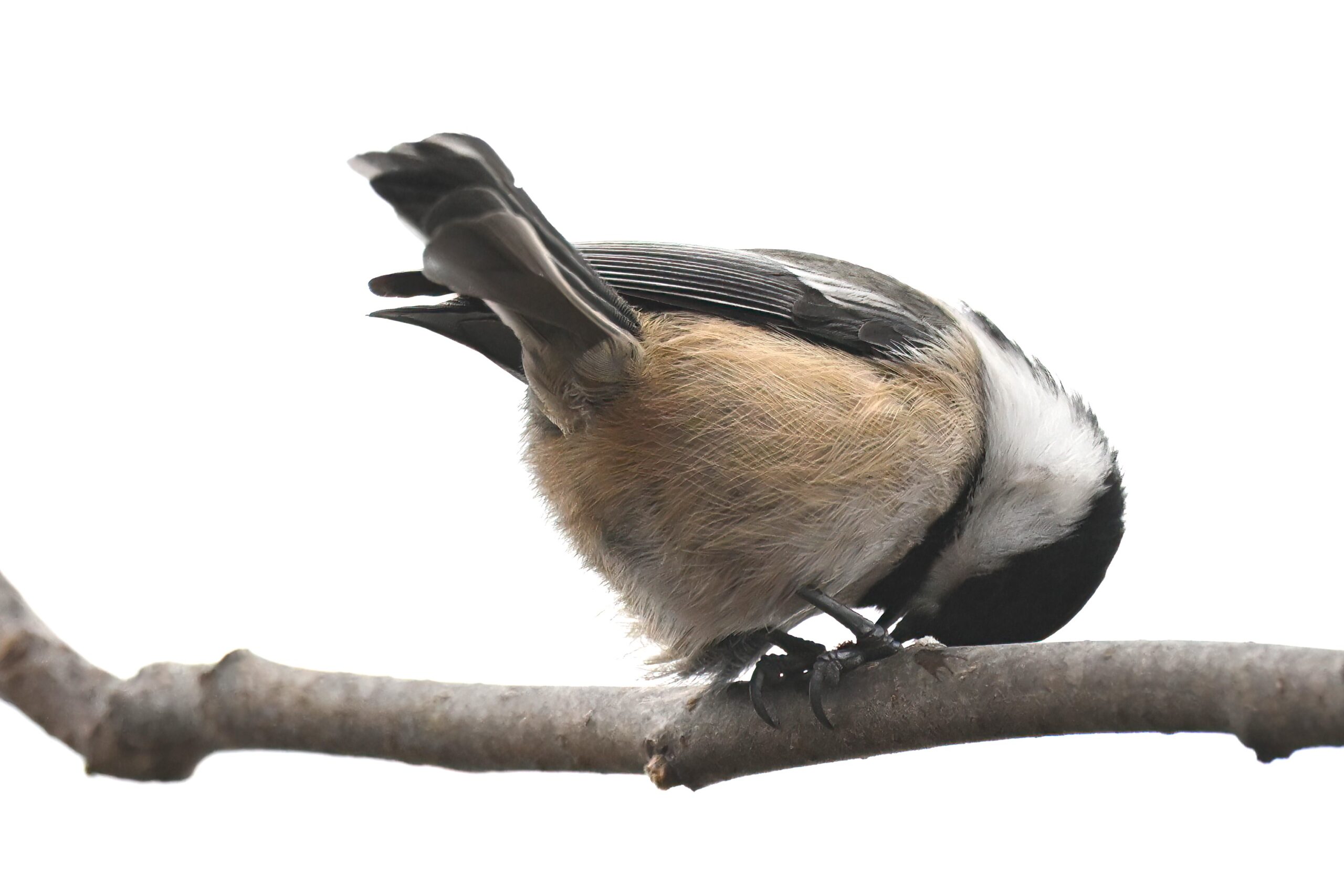
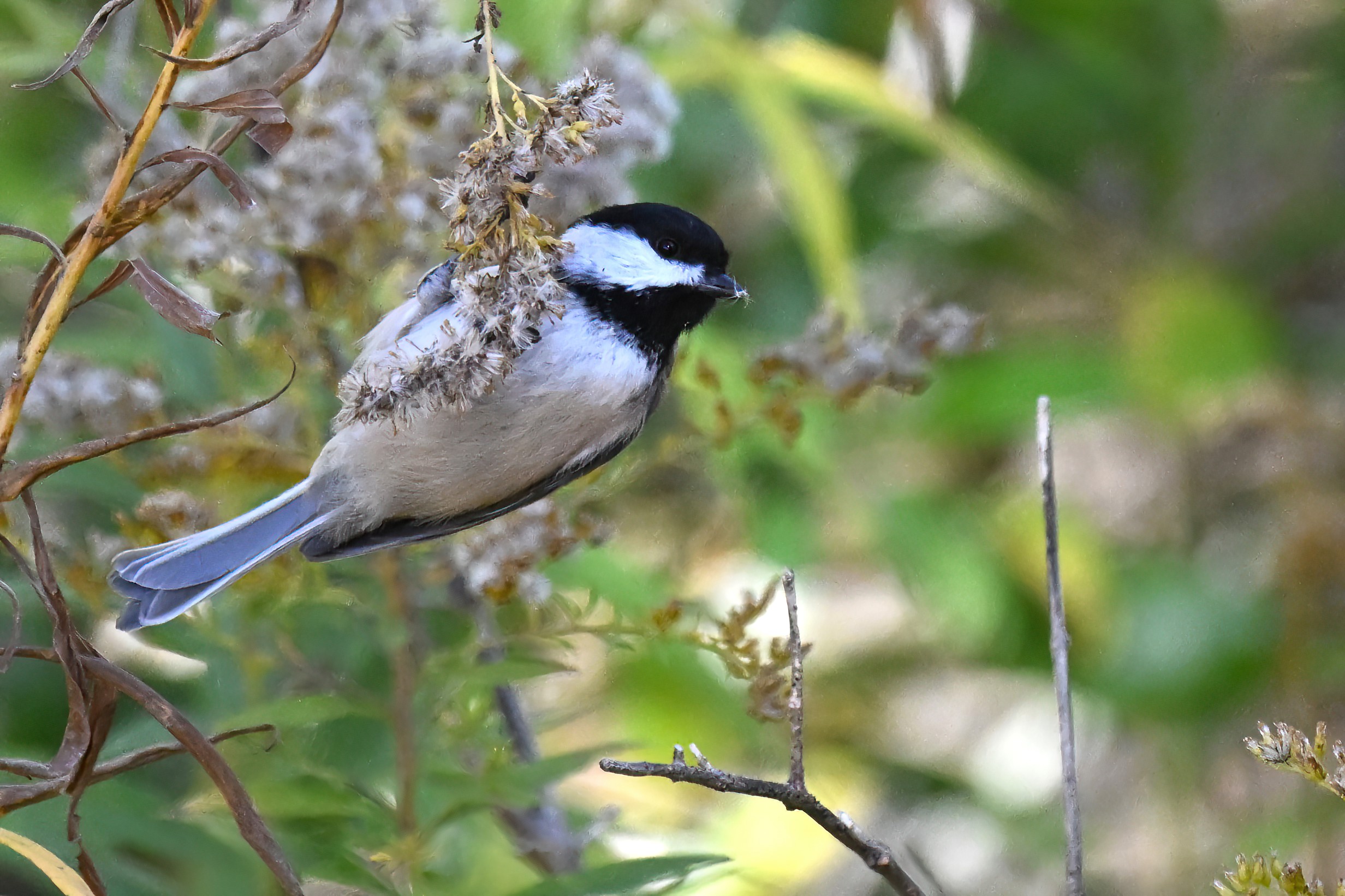
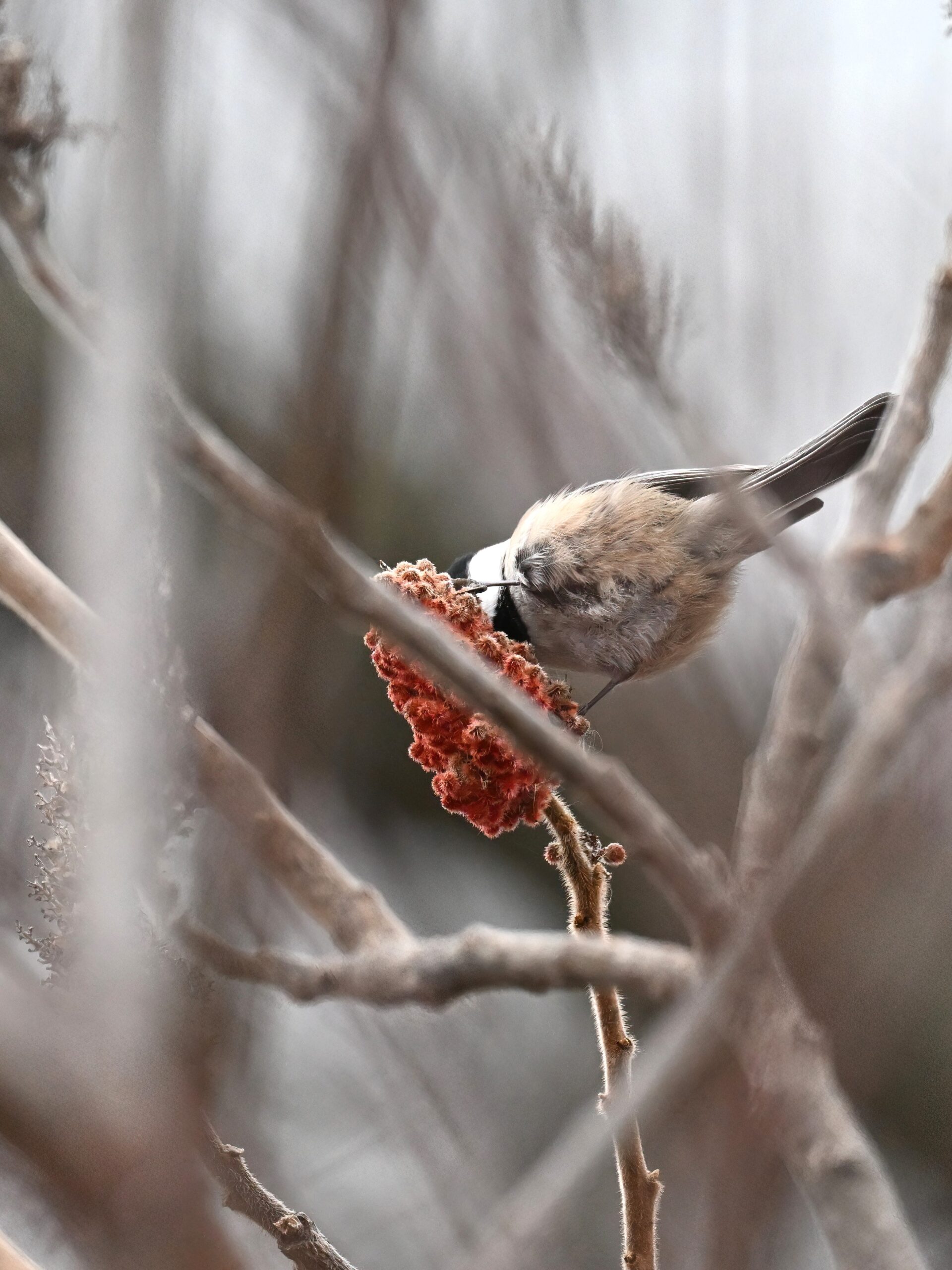
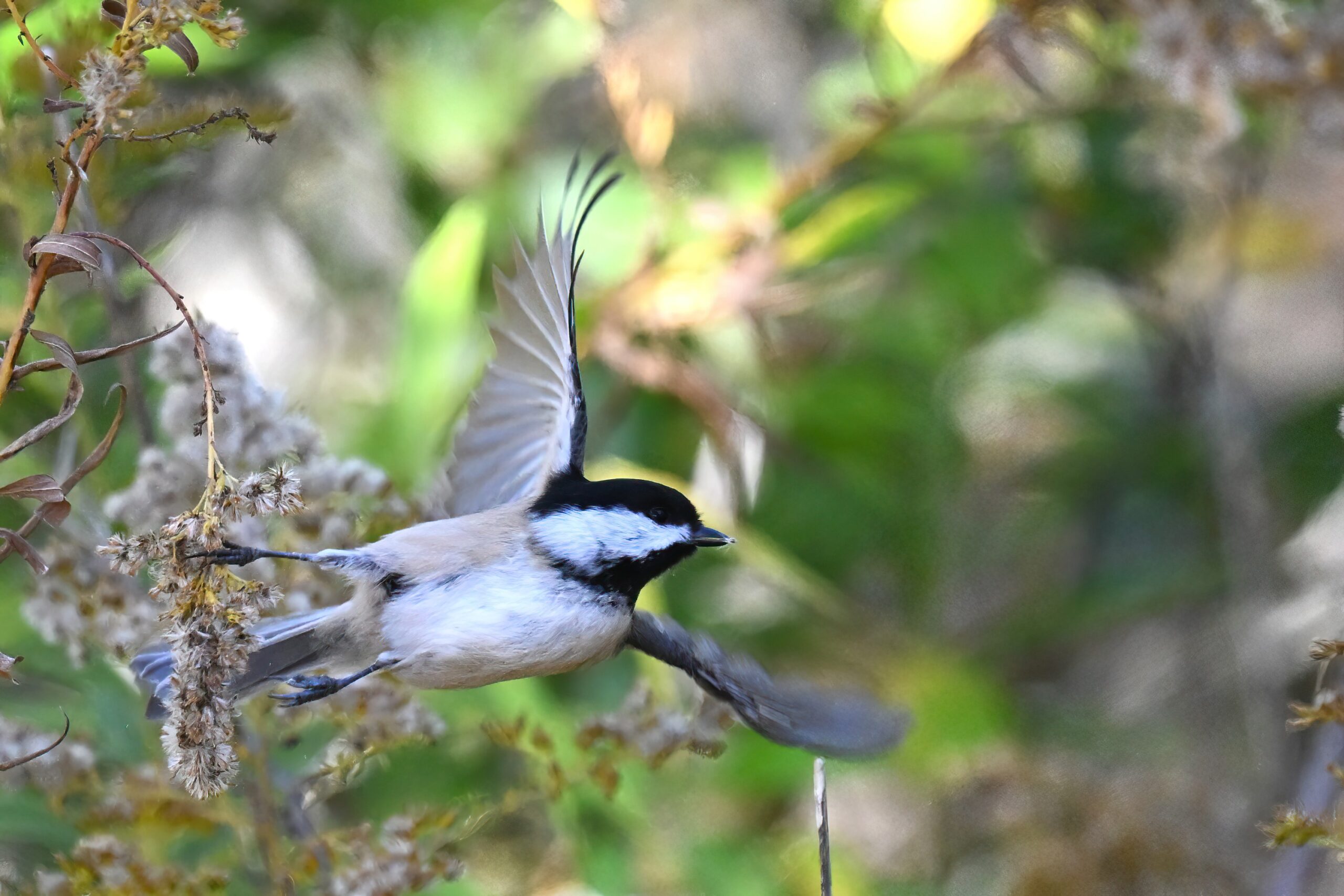
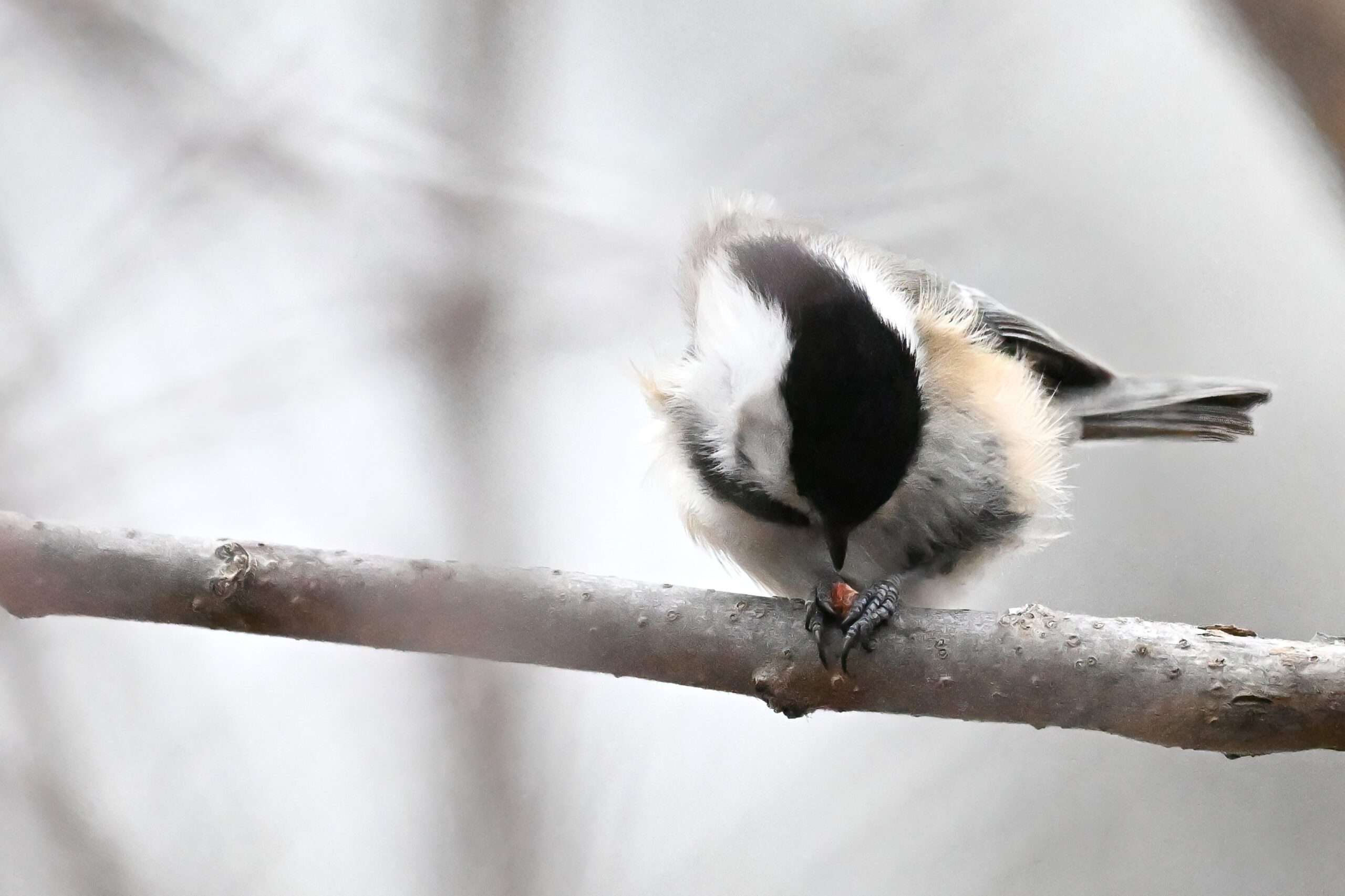
Cardinalmania I
Well, it’s a break from gulls at least…
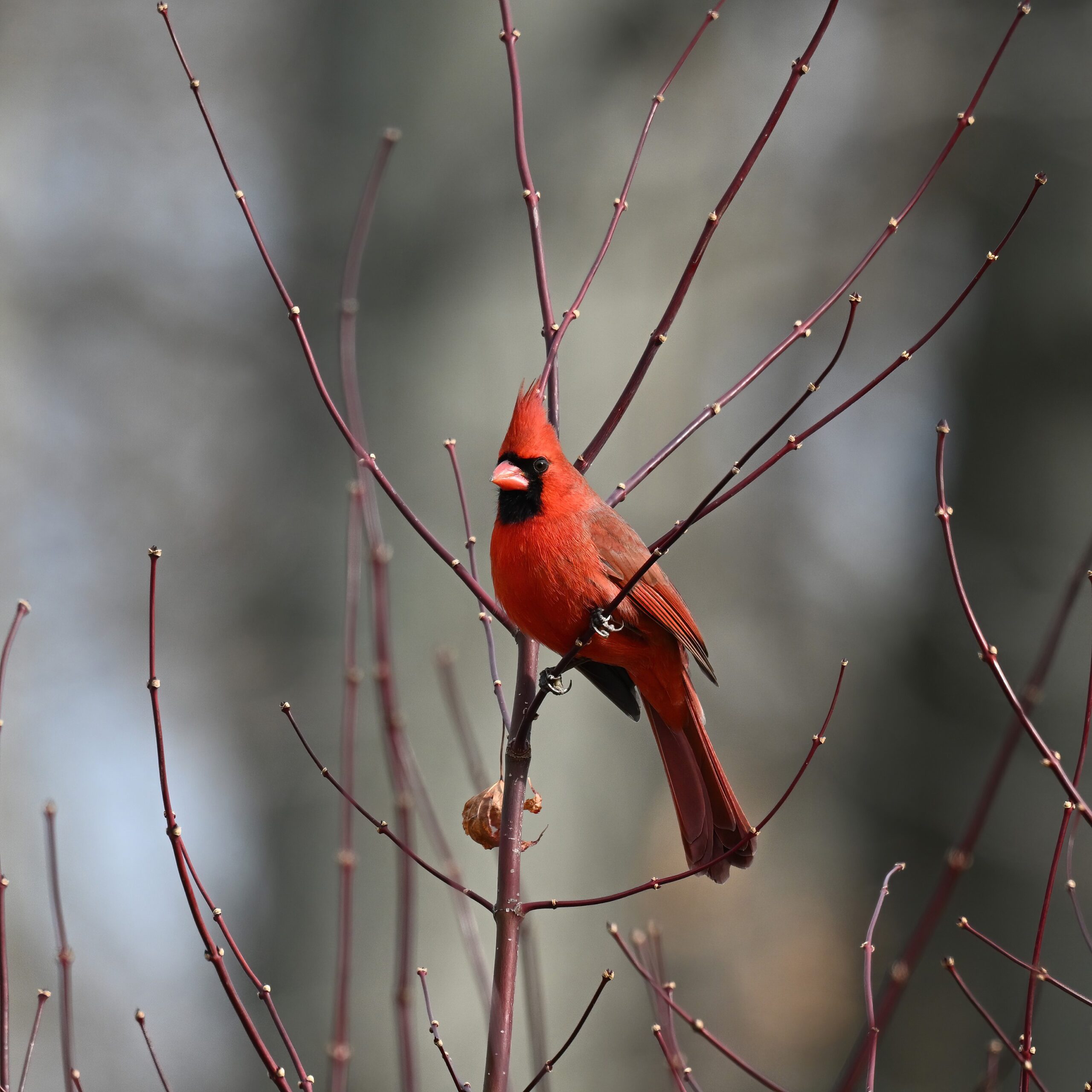
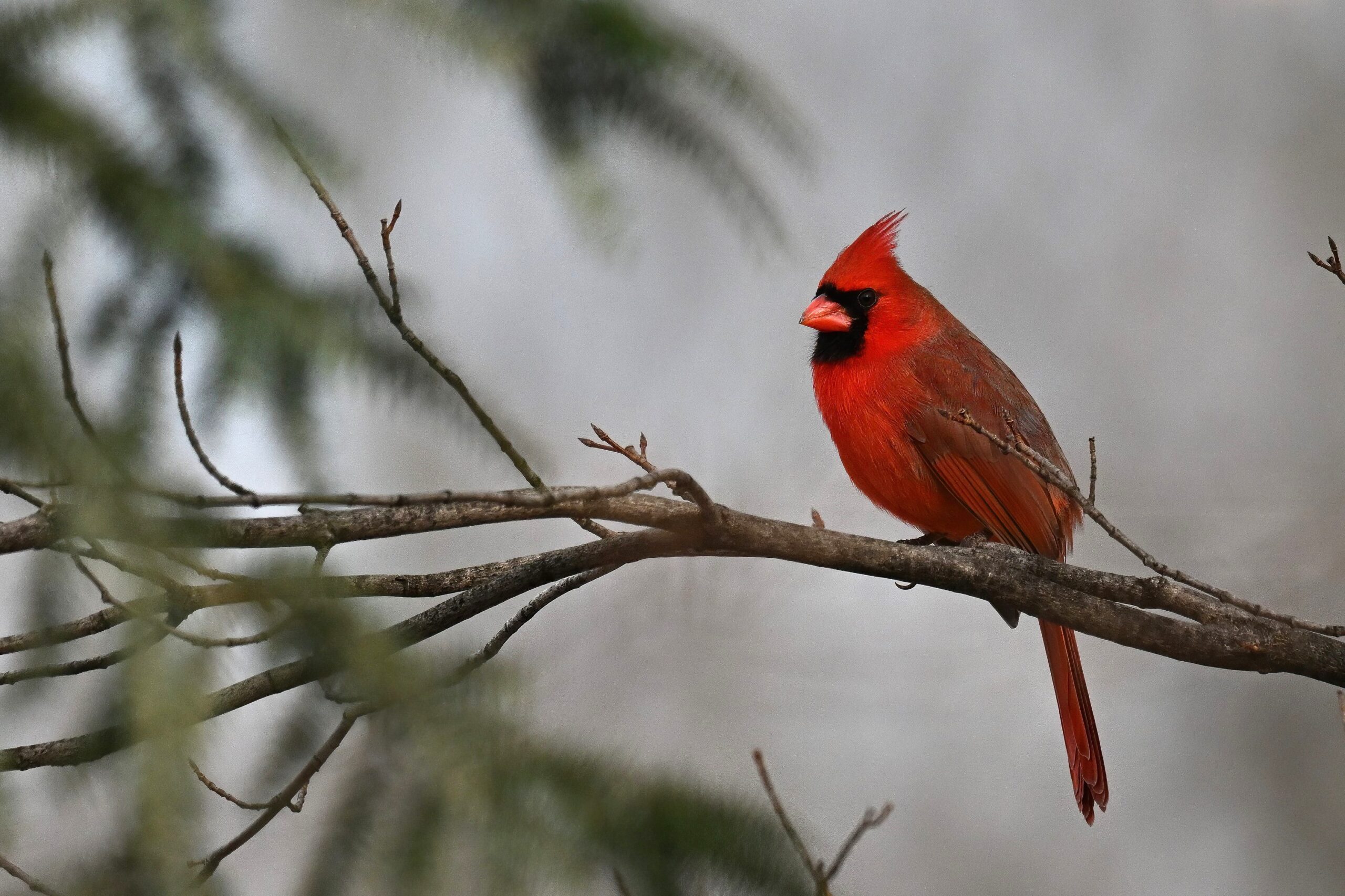
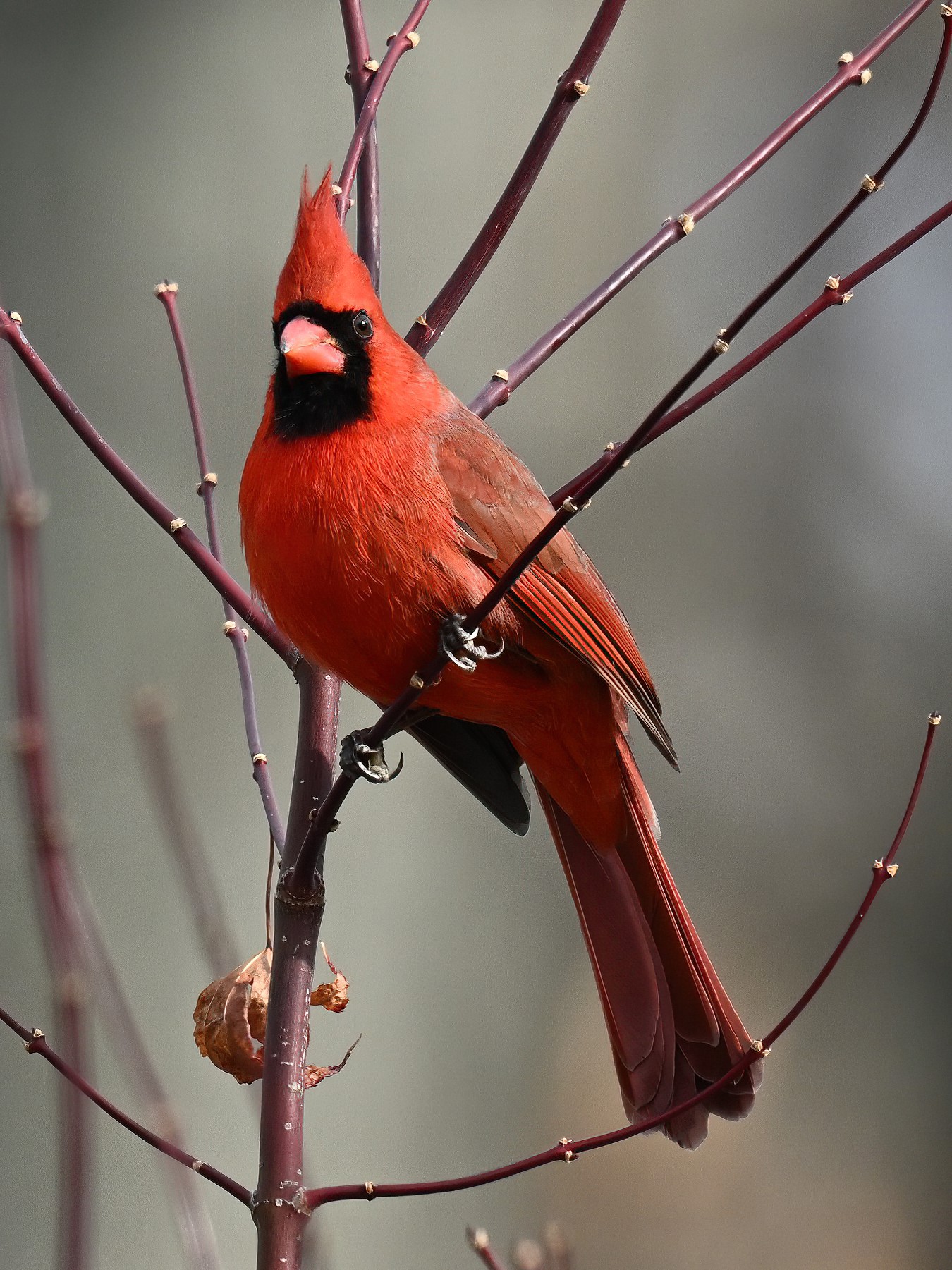
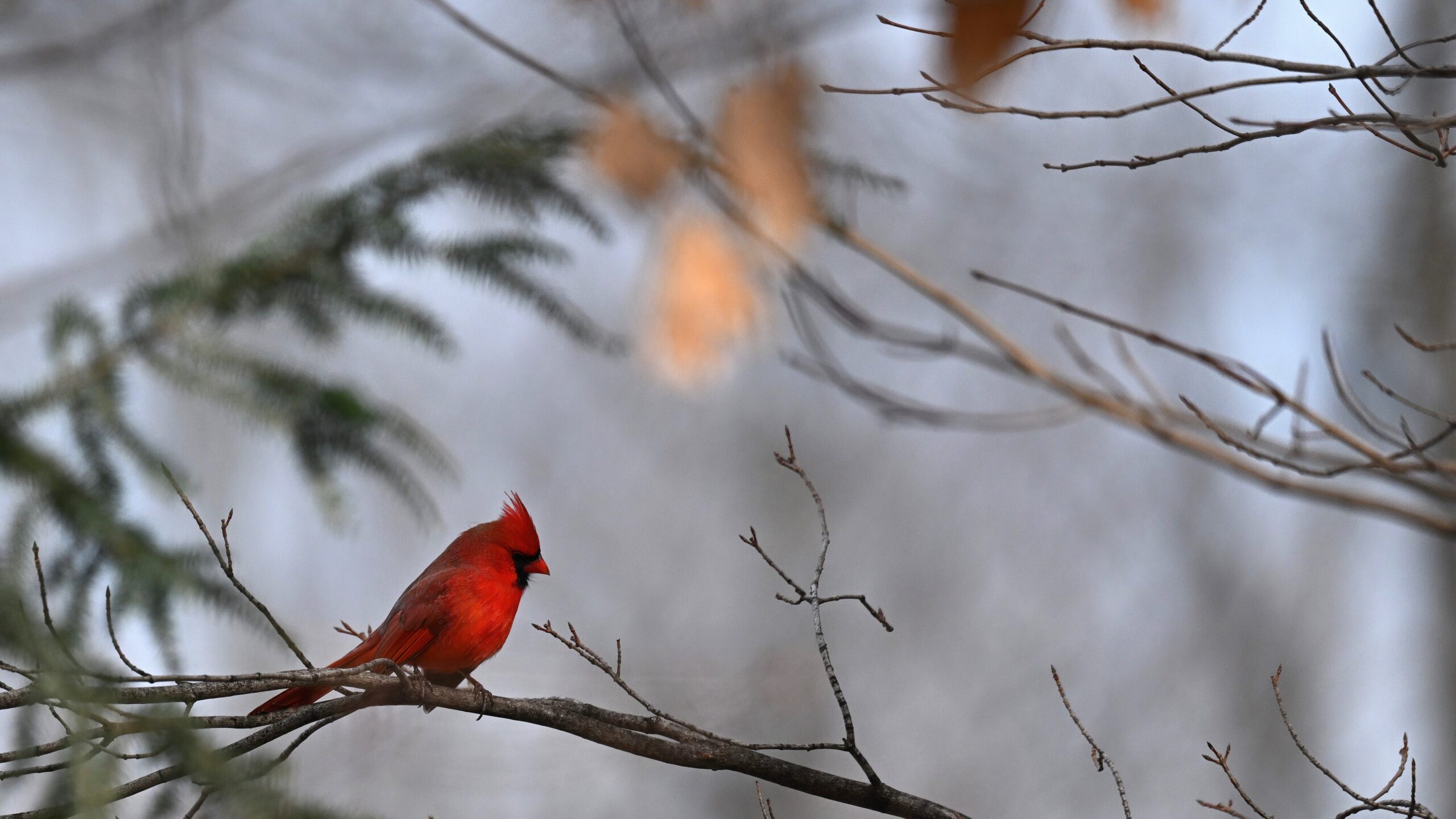
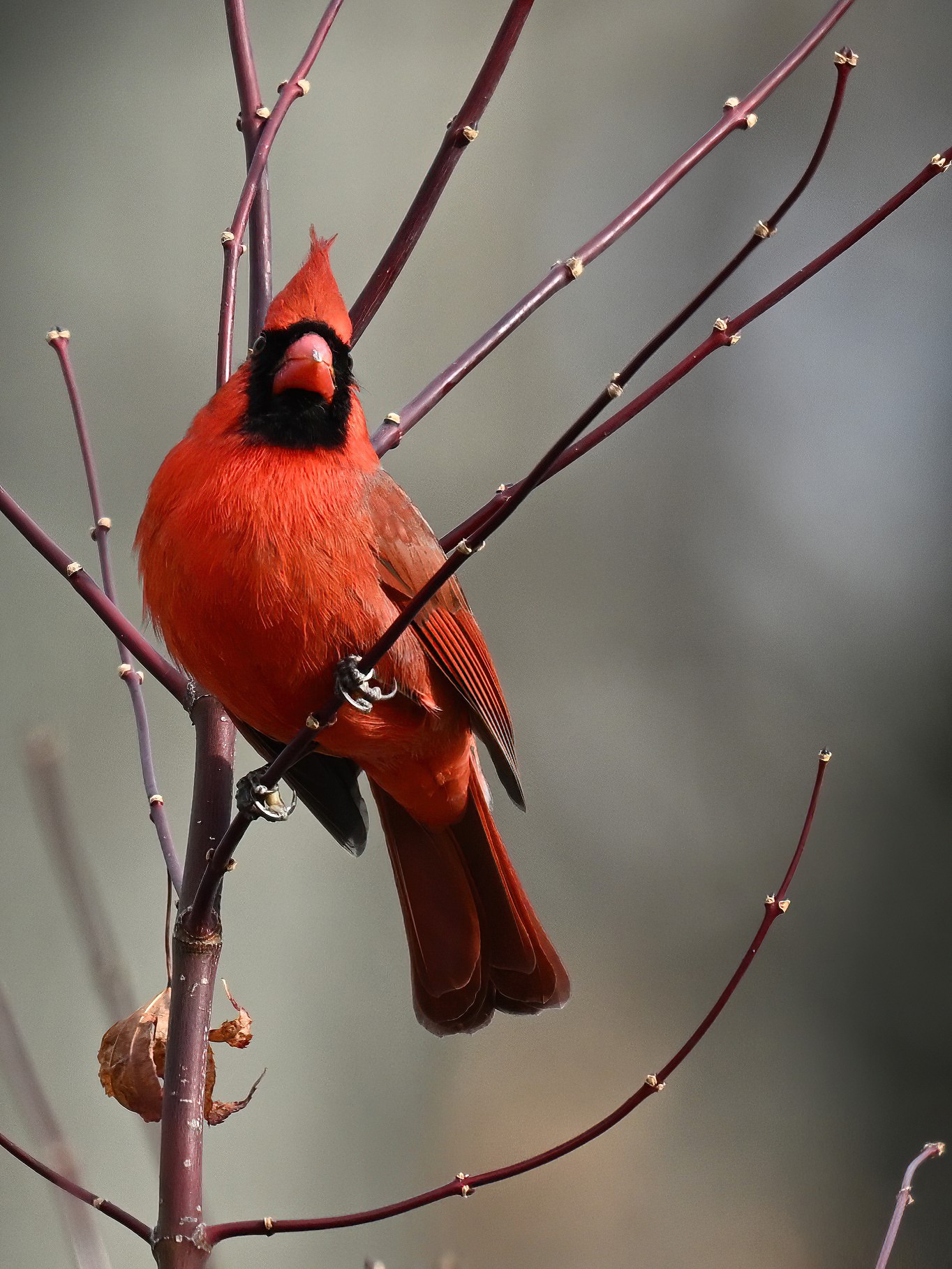
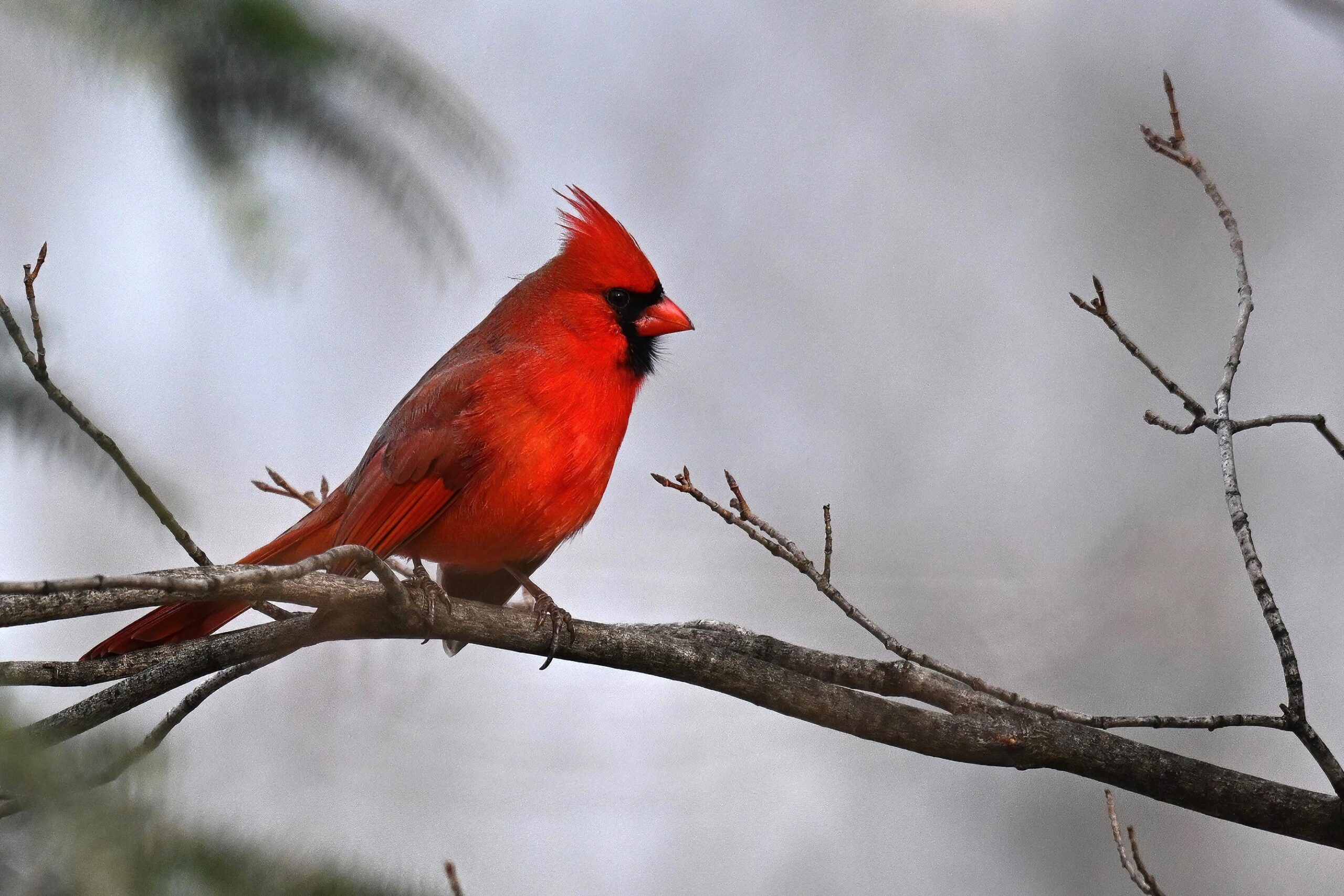
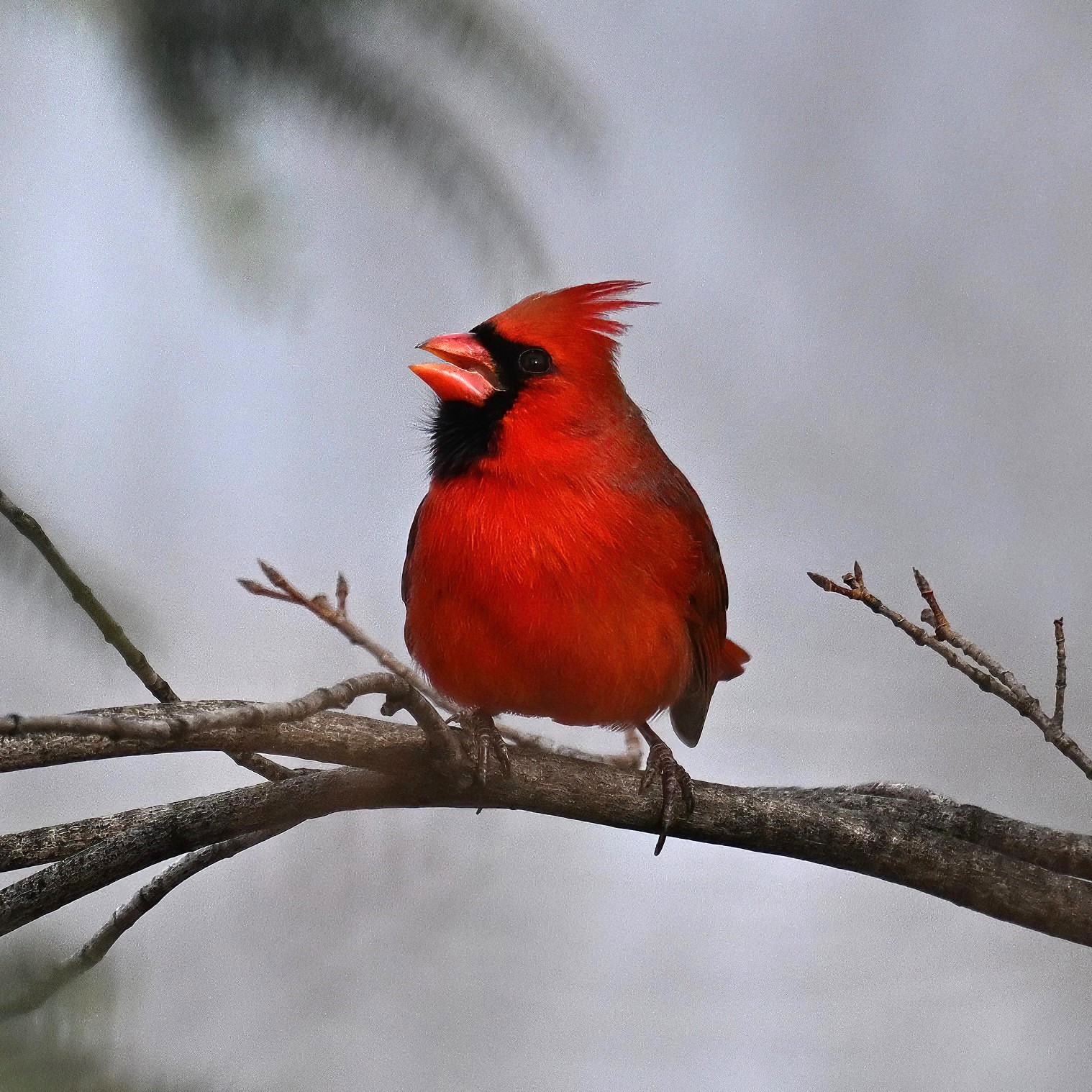
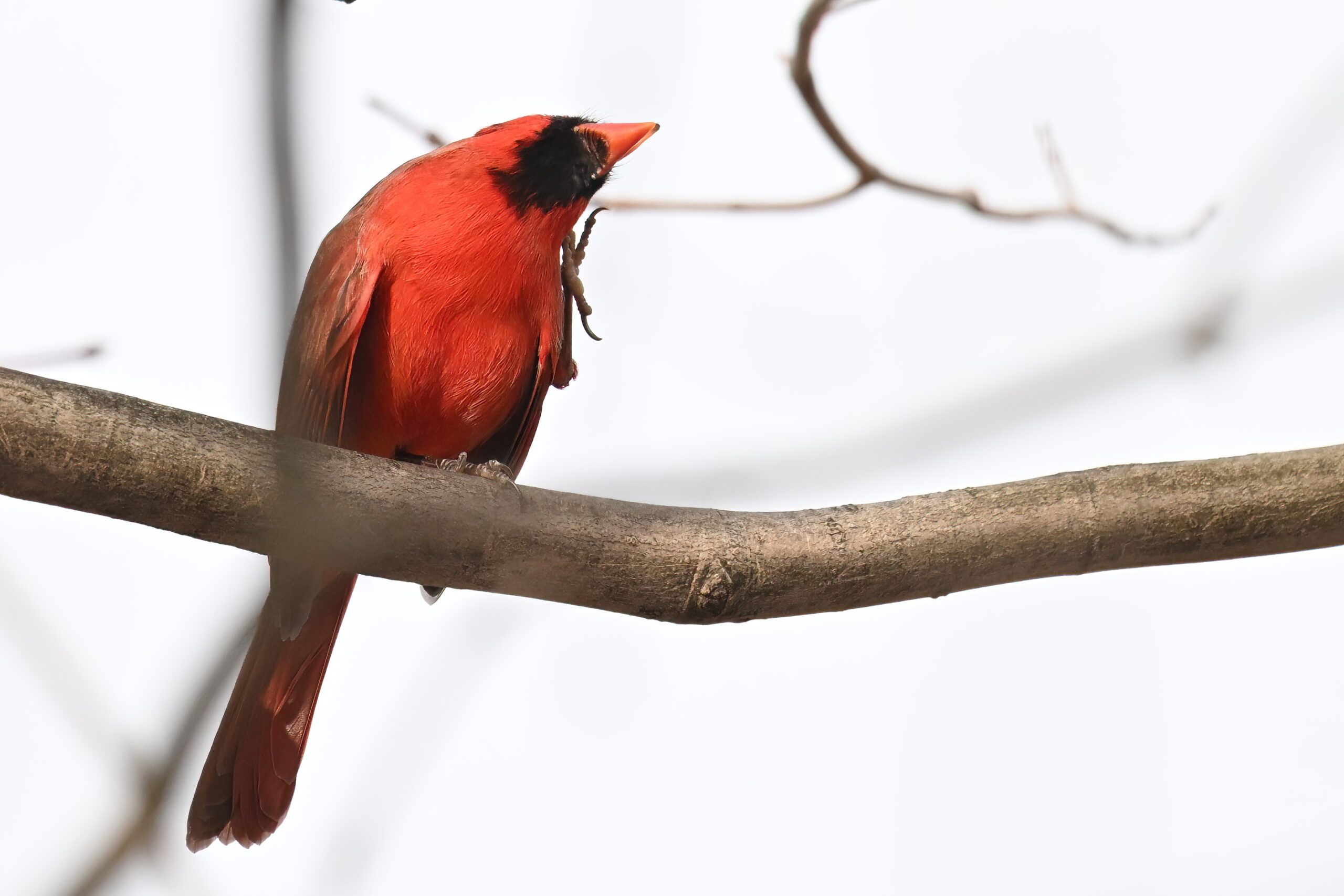
Rainy and extremely windy on Thursday, with multiple downed trees in the greater Millcreek Twp (“Gateway to Presque Isle”) area. Hopefully the weather will be nicer into the weekend!
Gullmania III
More gulls on Misery Bay, Presque Isle State Park!
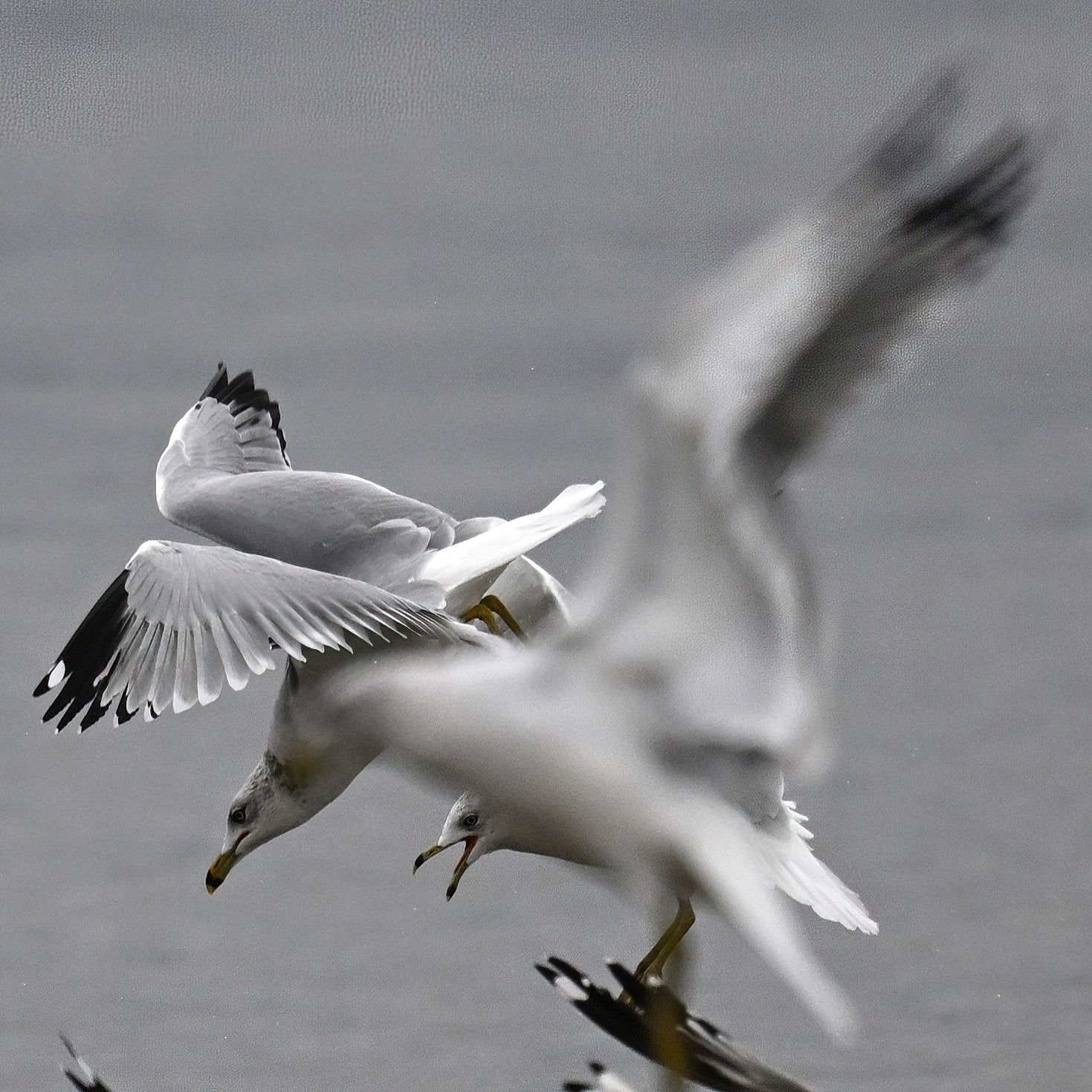
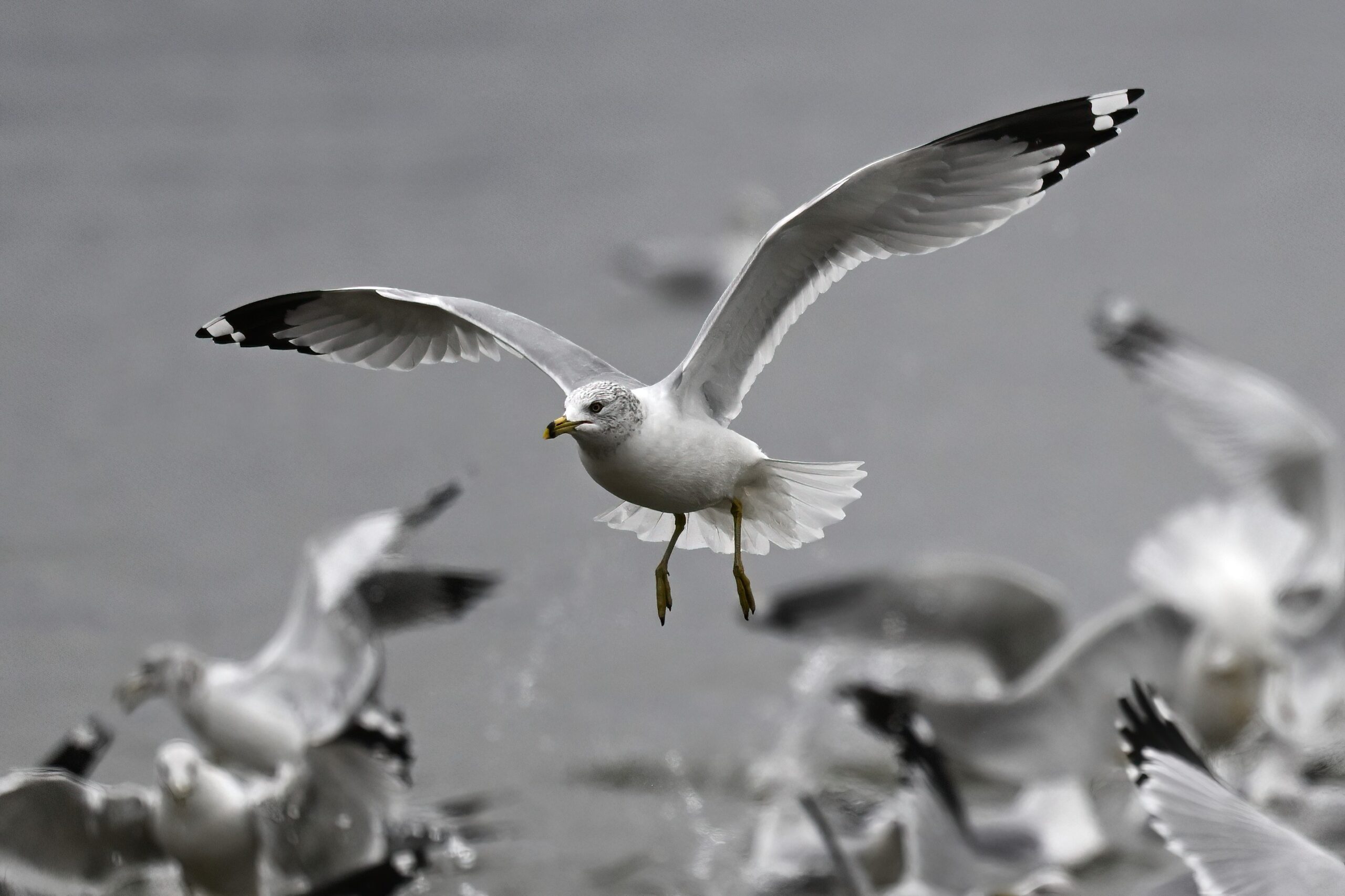
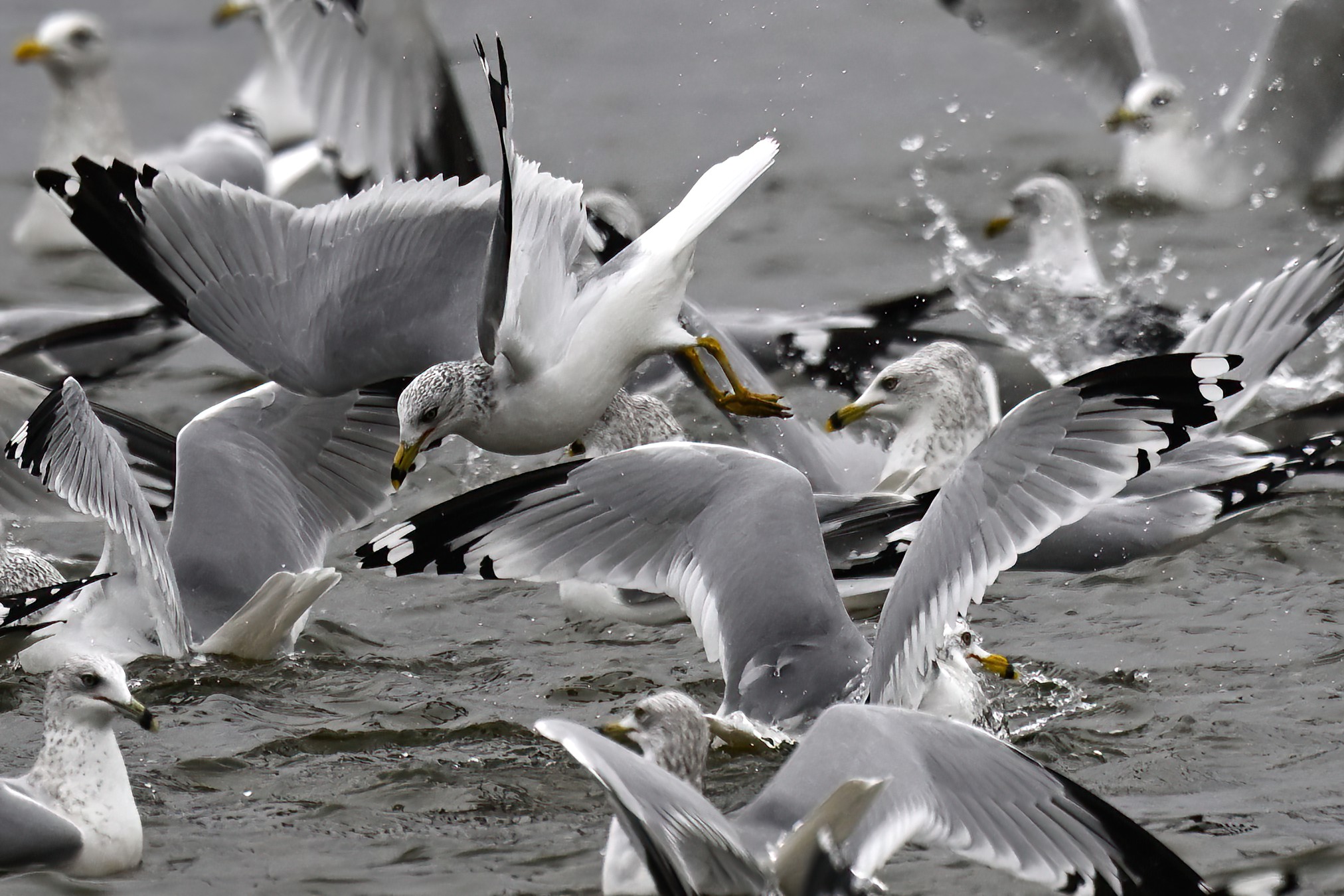
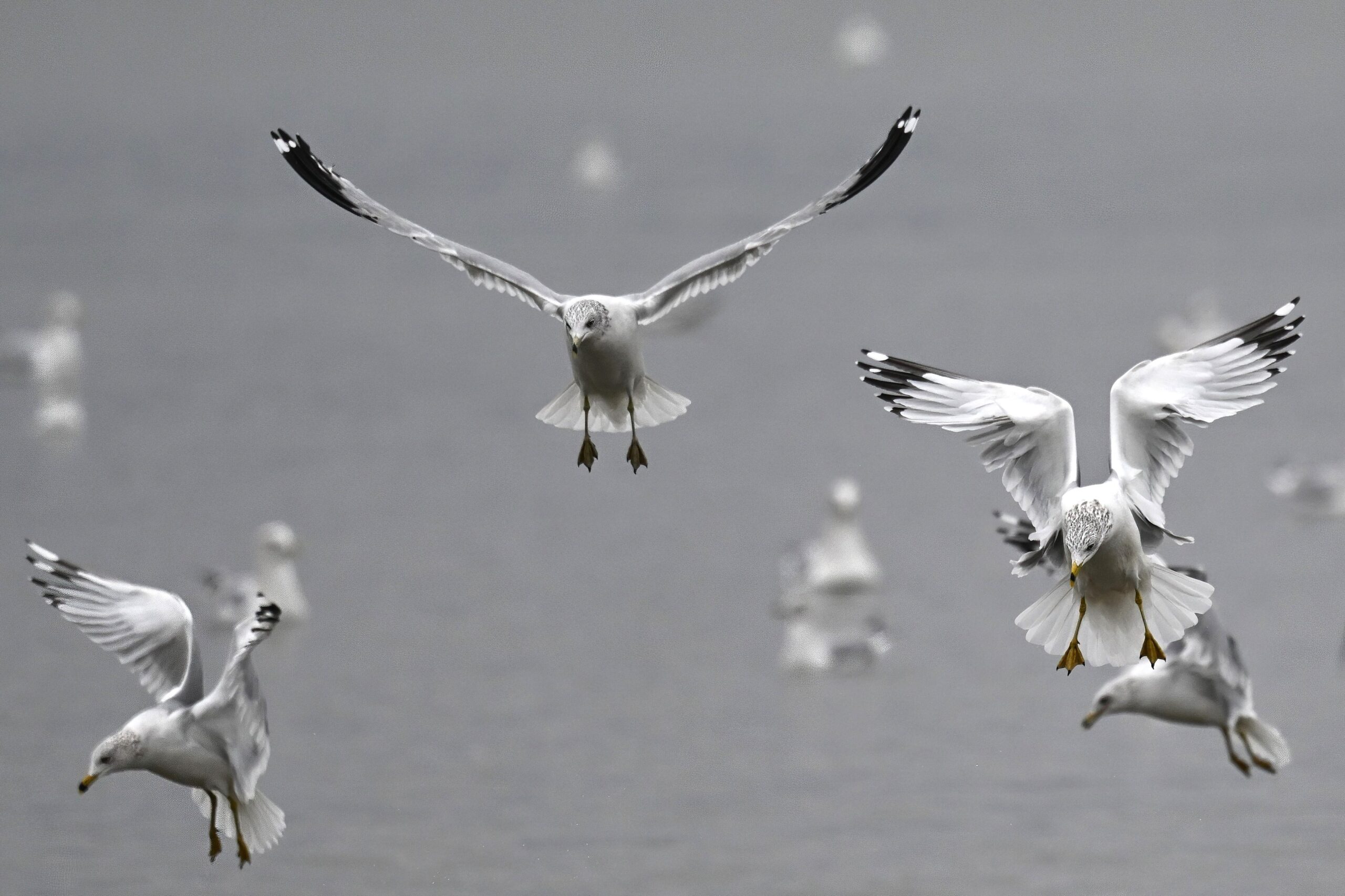
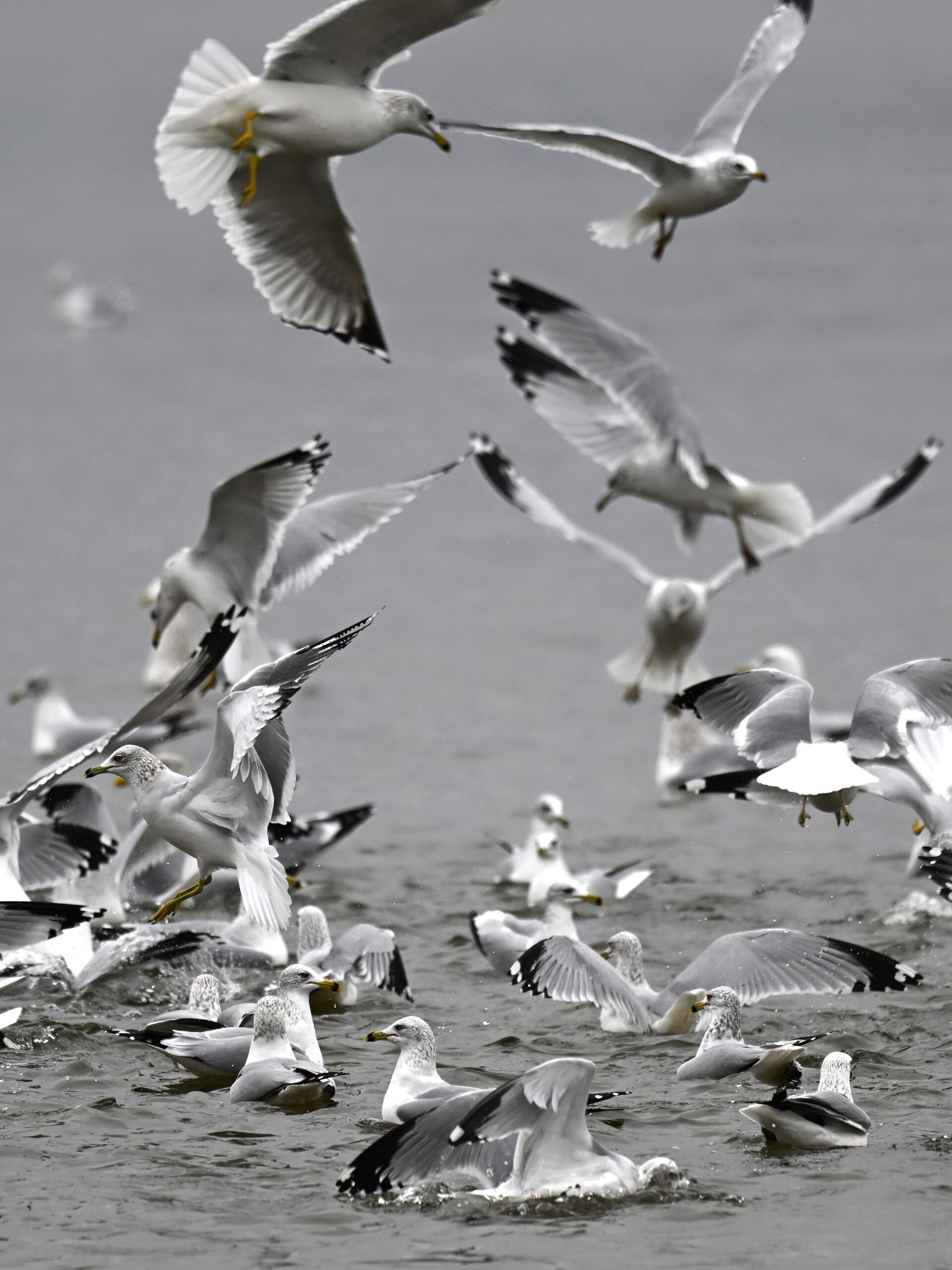
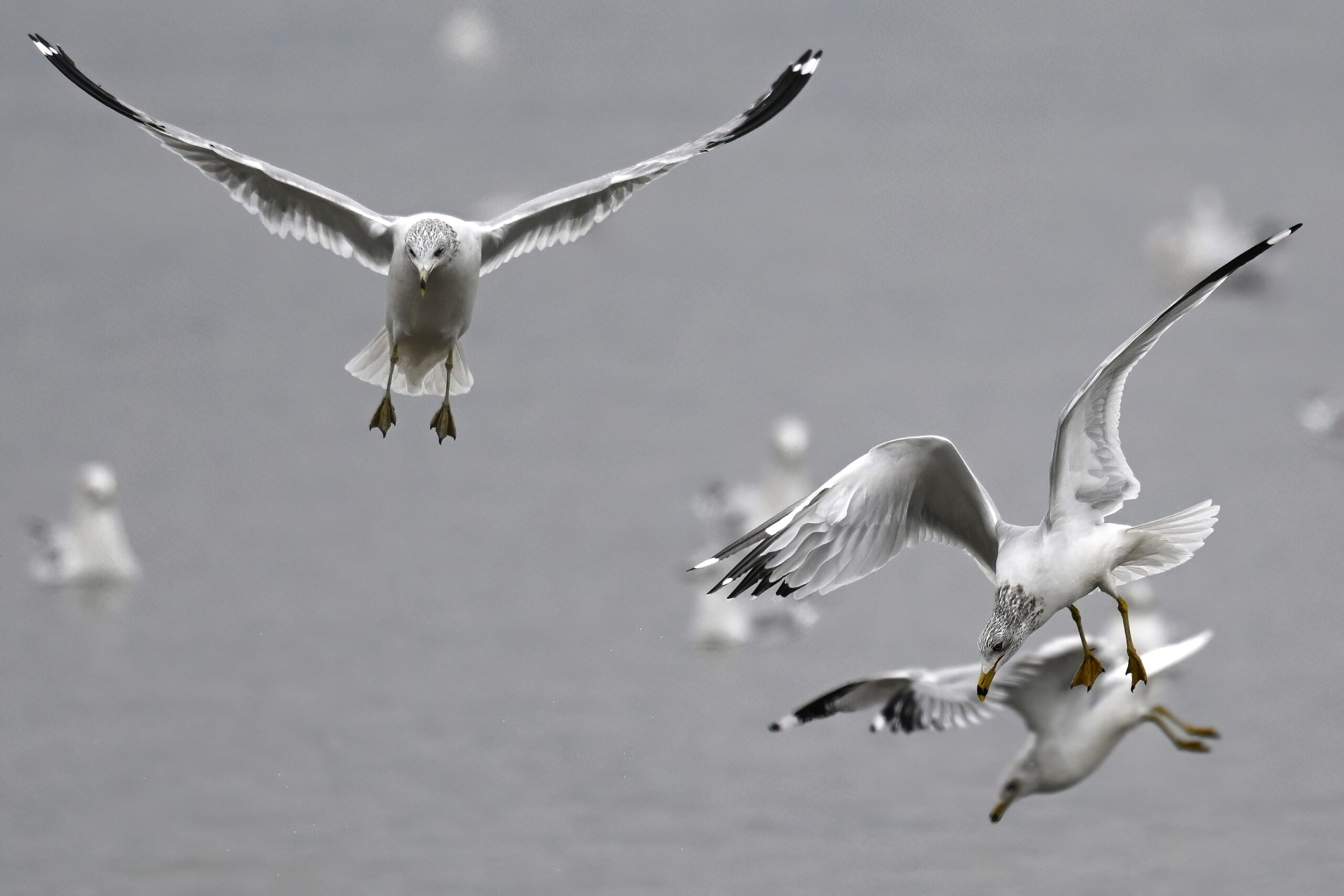
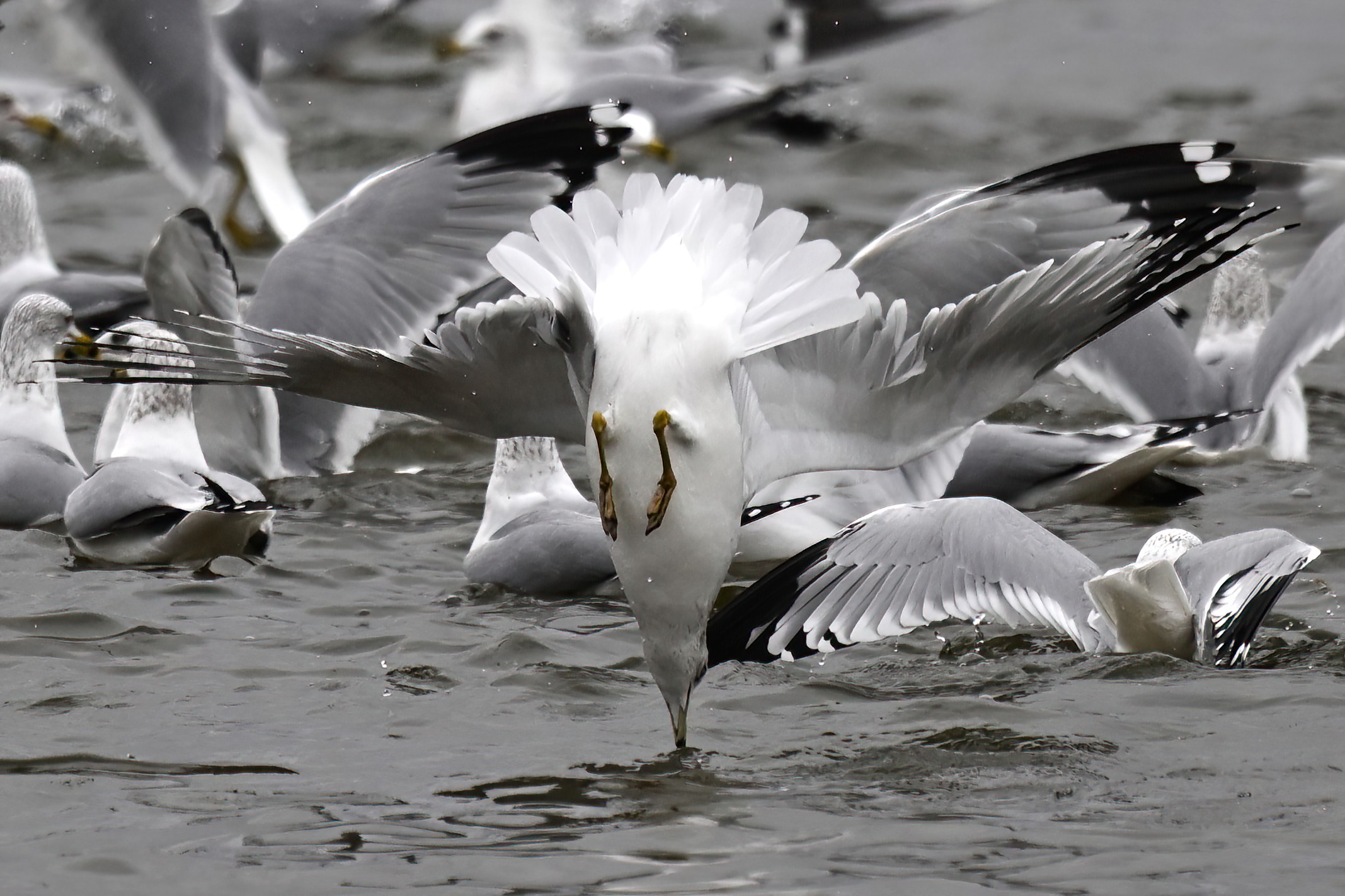
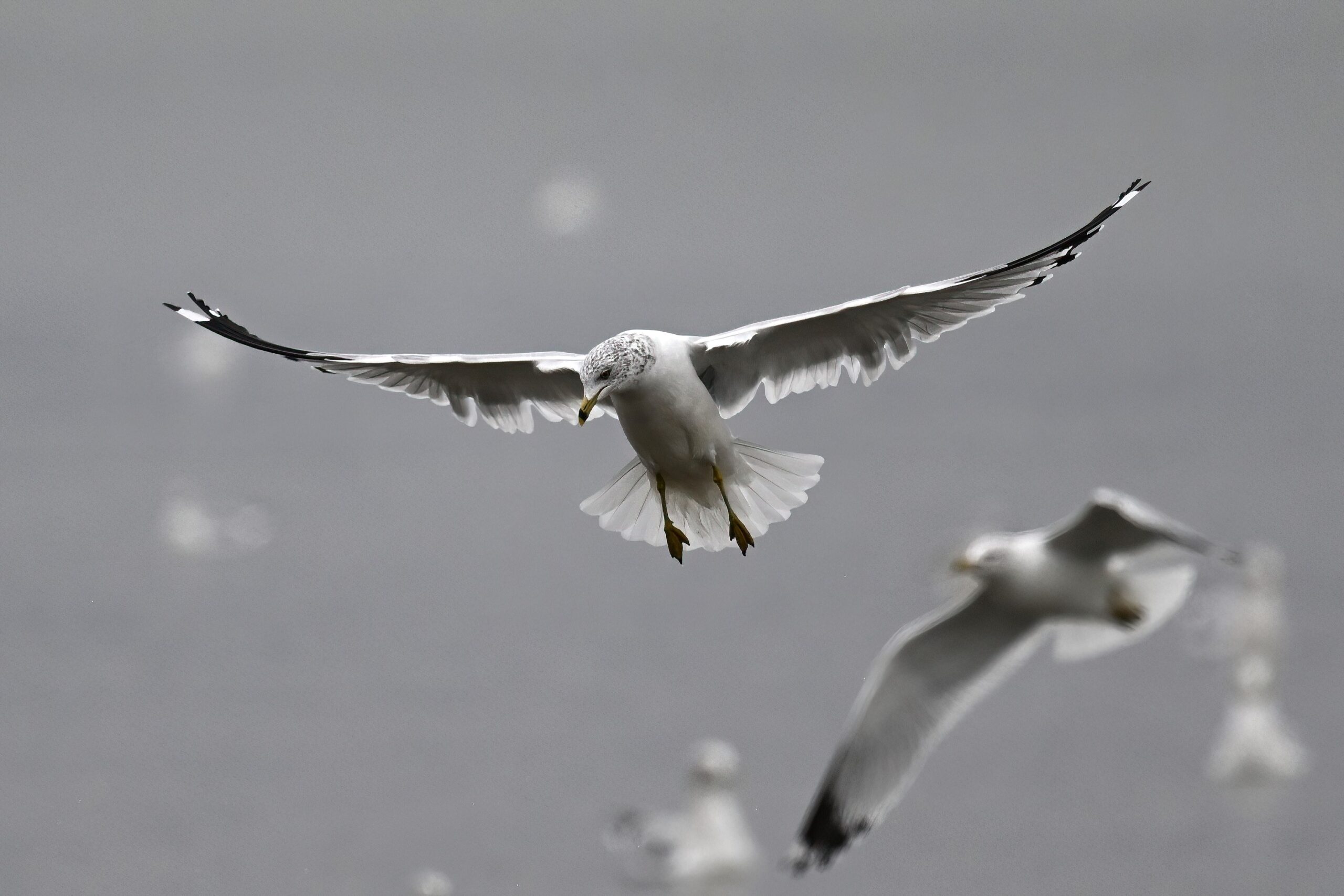
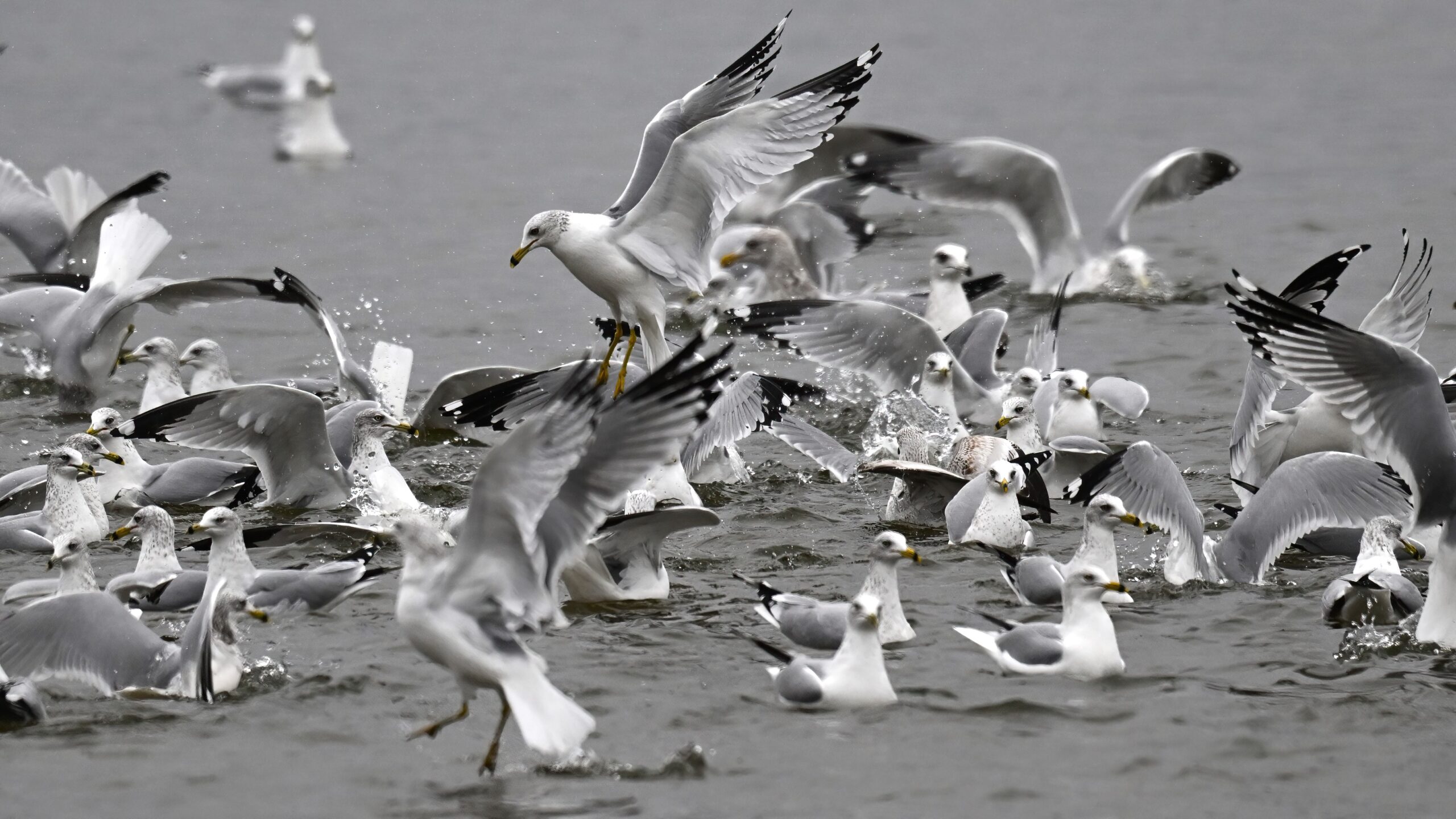
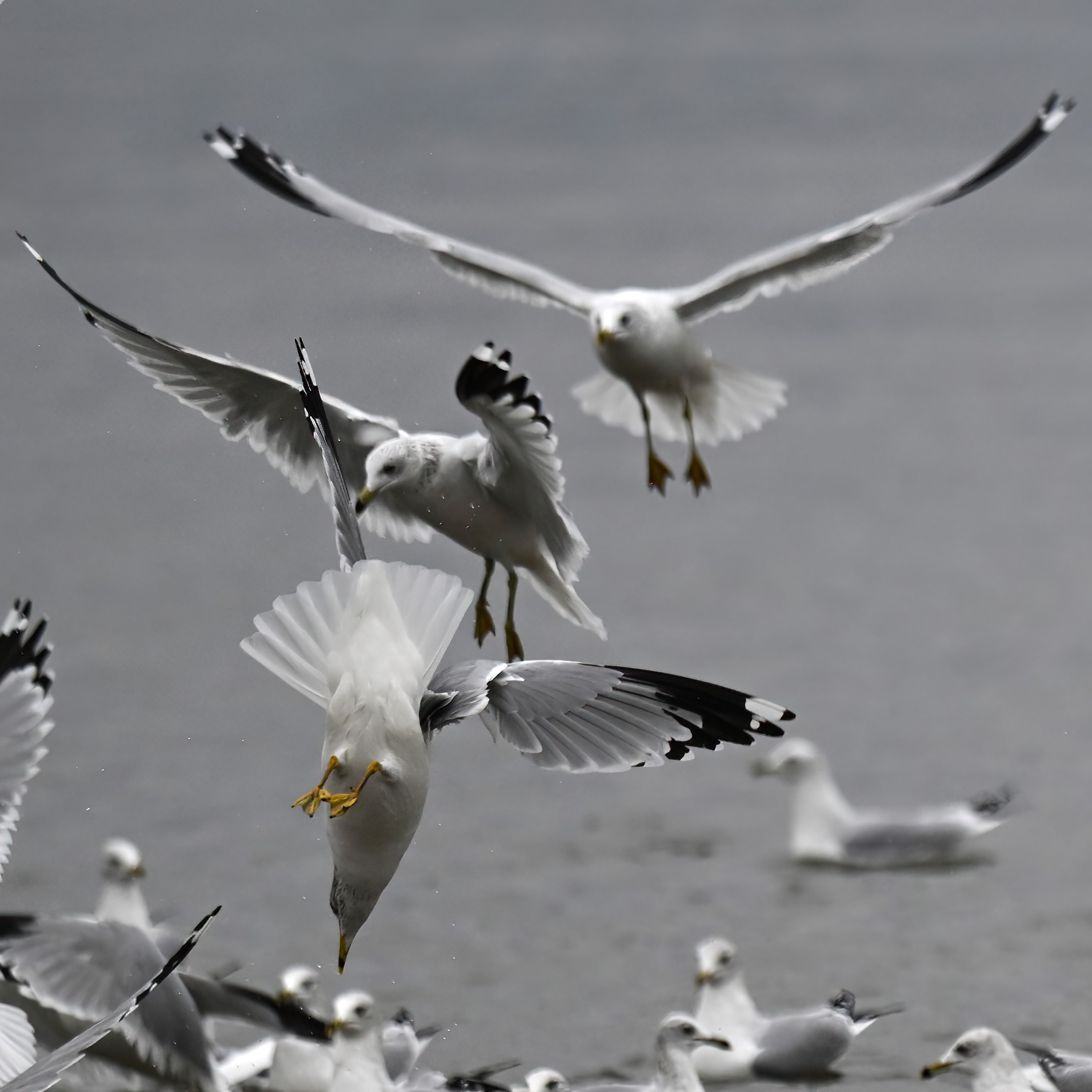
Just for a splash of (blue) colour, some shots of Ring-billed Gull from a different day, on Presque Isle Bay:
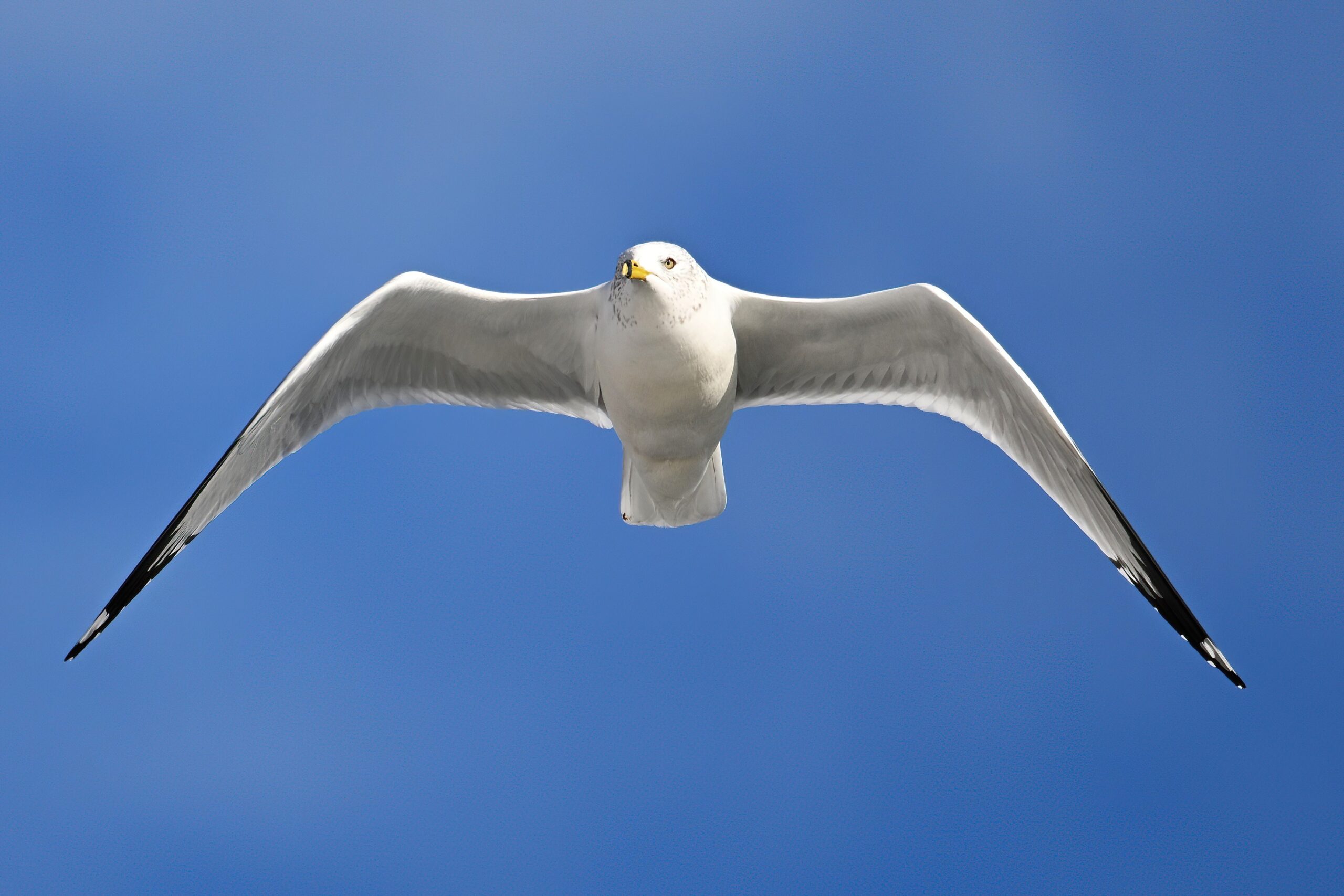
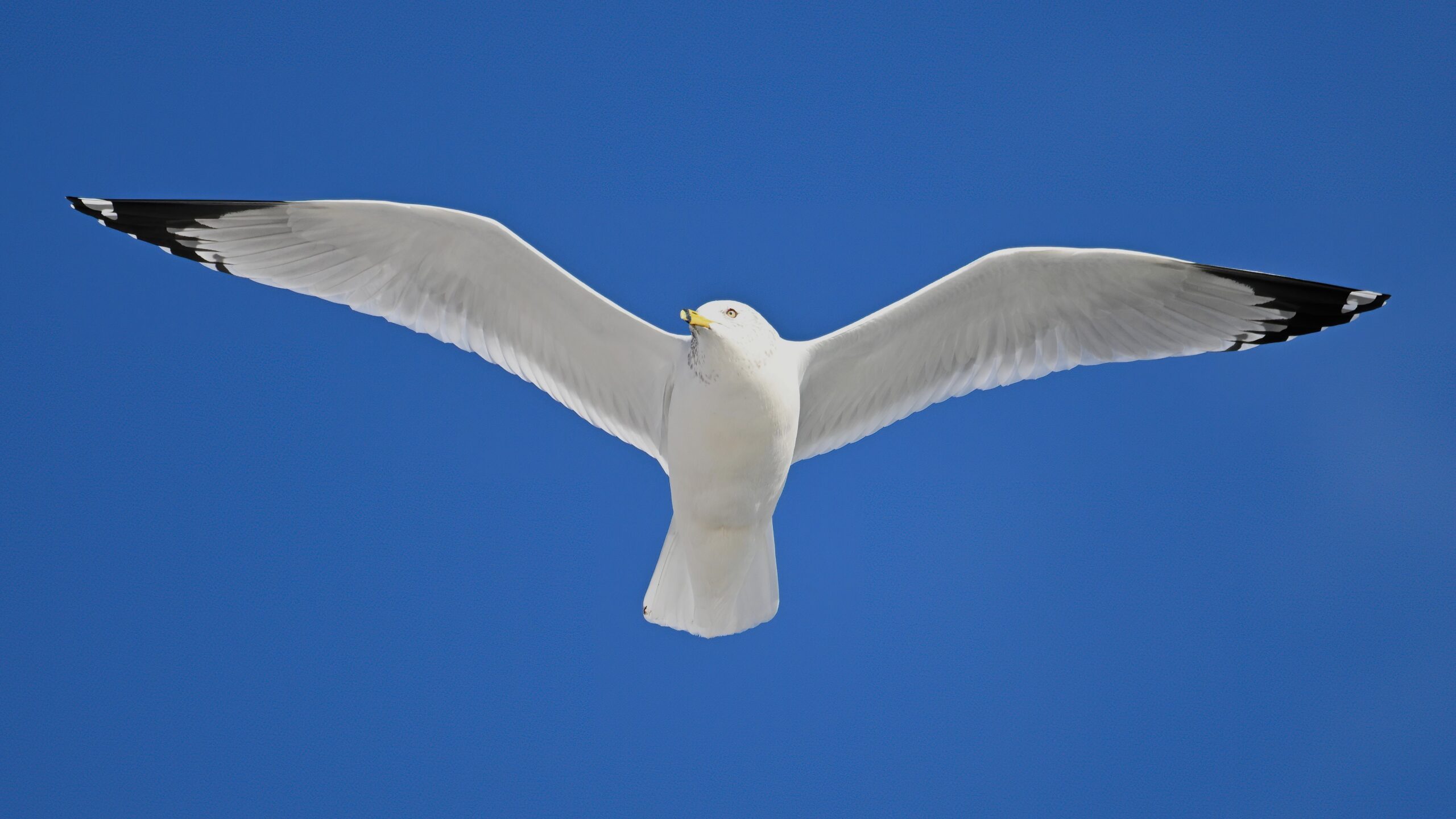
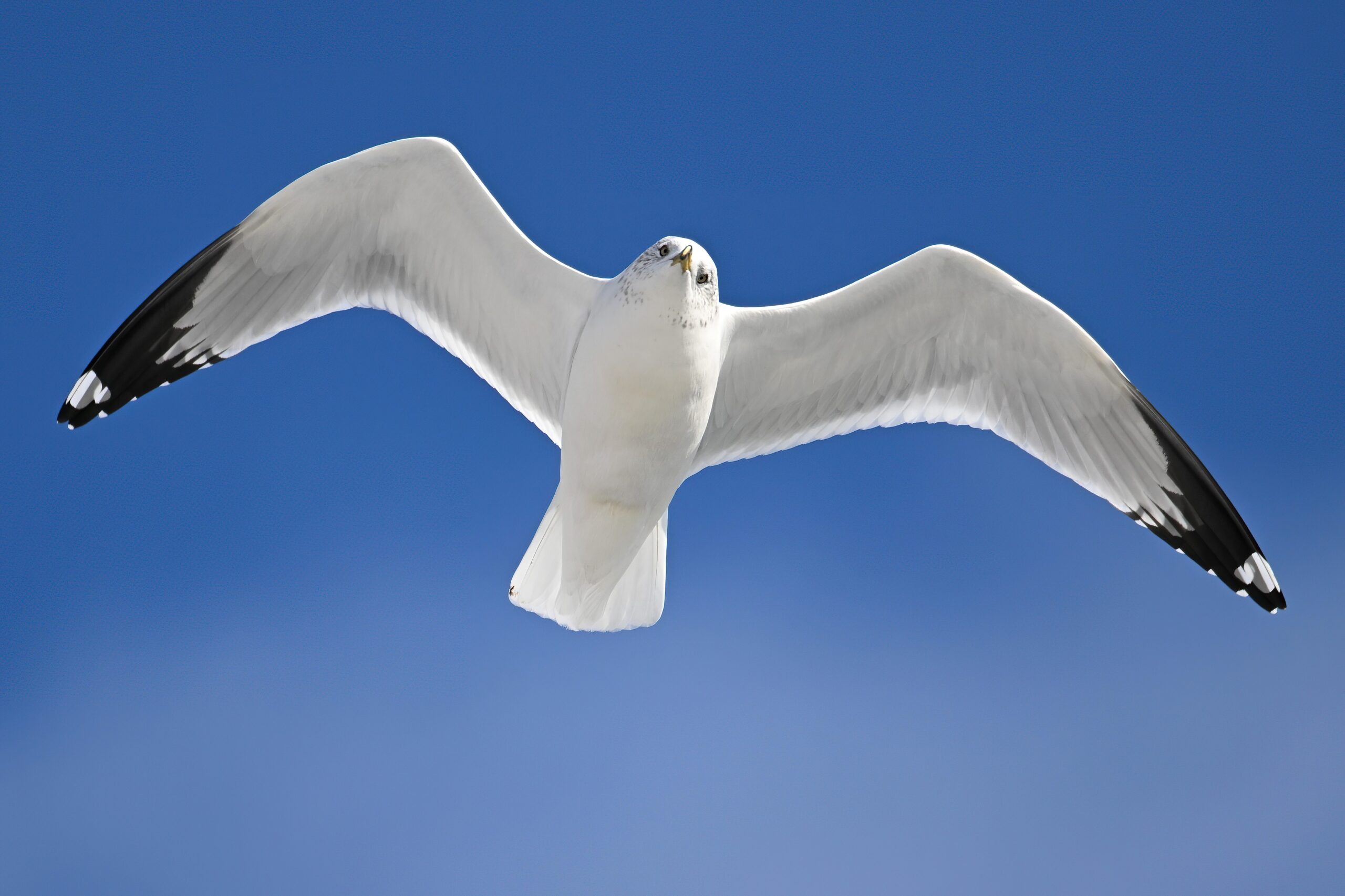
Raptors In And Out Of Trees
A welcome respite from 24/7 gull coverage.
First, from Millcreek Twp (“Gateway to Presque Isle”):
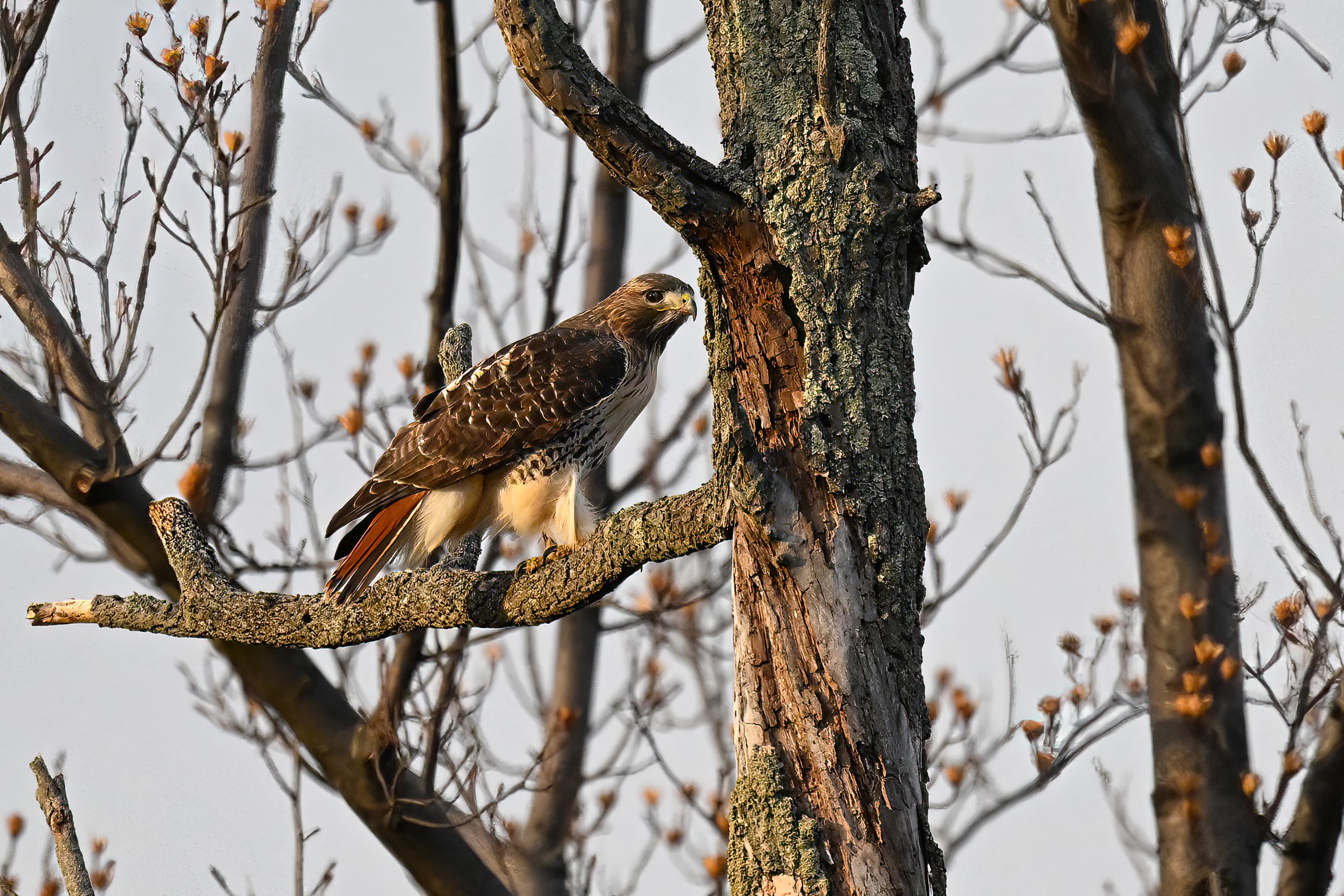
At South Pier, an amazing and rare congregation of Bald Eagle!
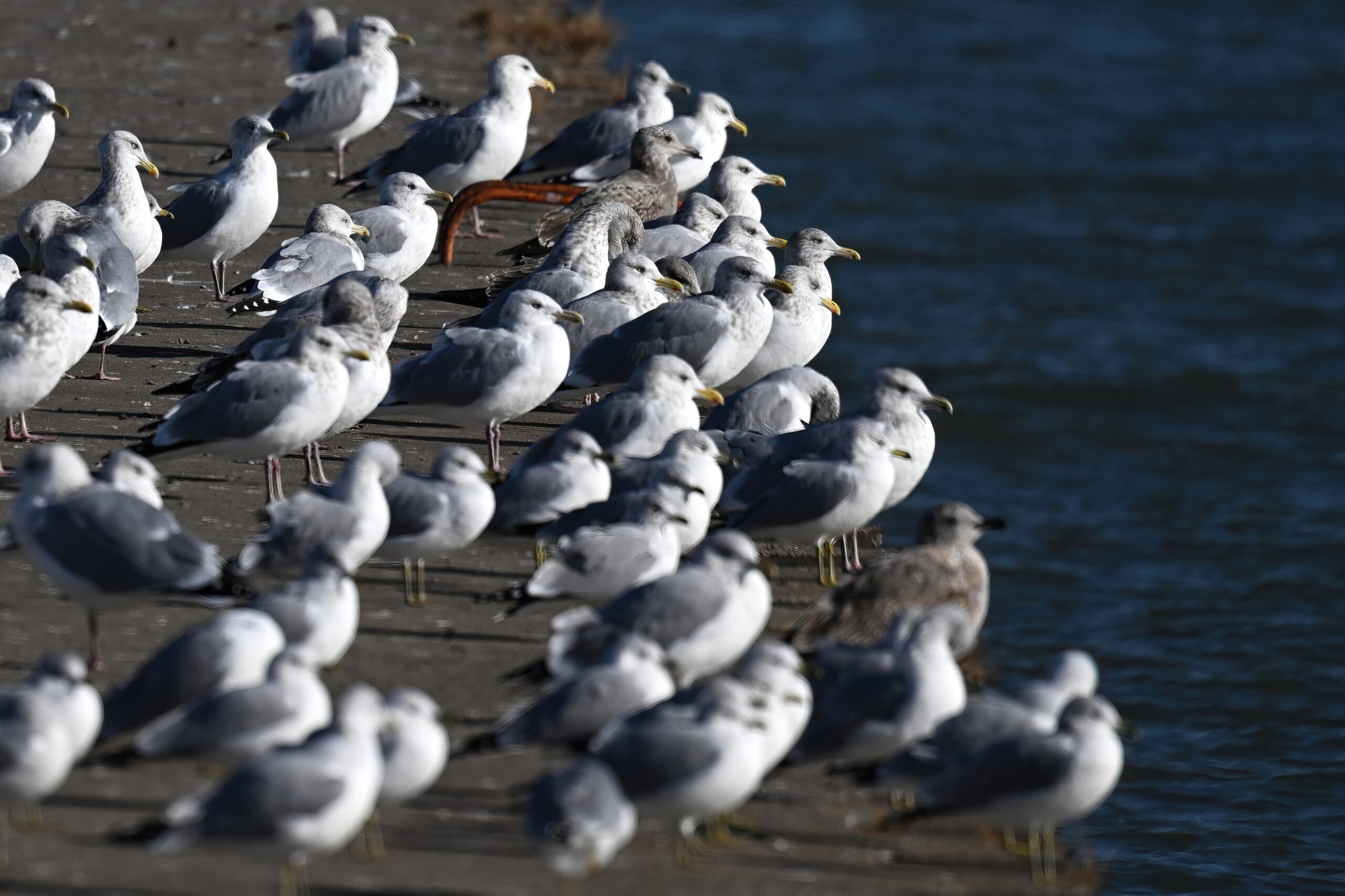
Now out to Presque Isle State Park. First, Bald Eagle from across the other side of Thompson Bay:
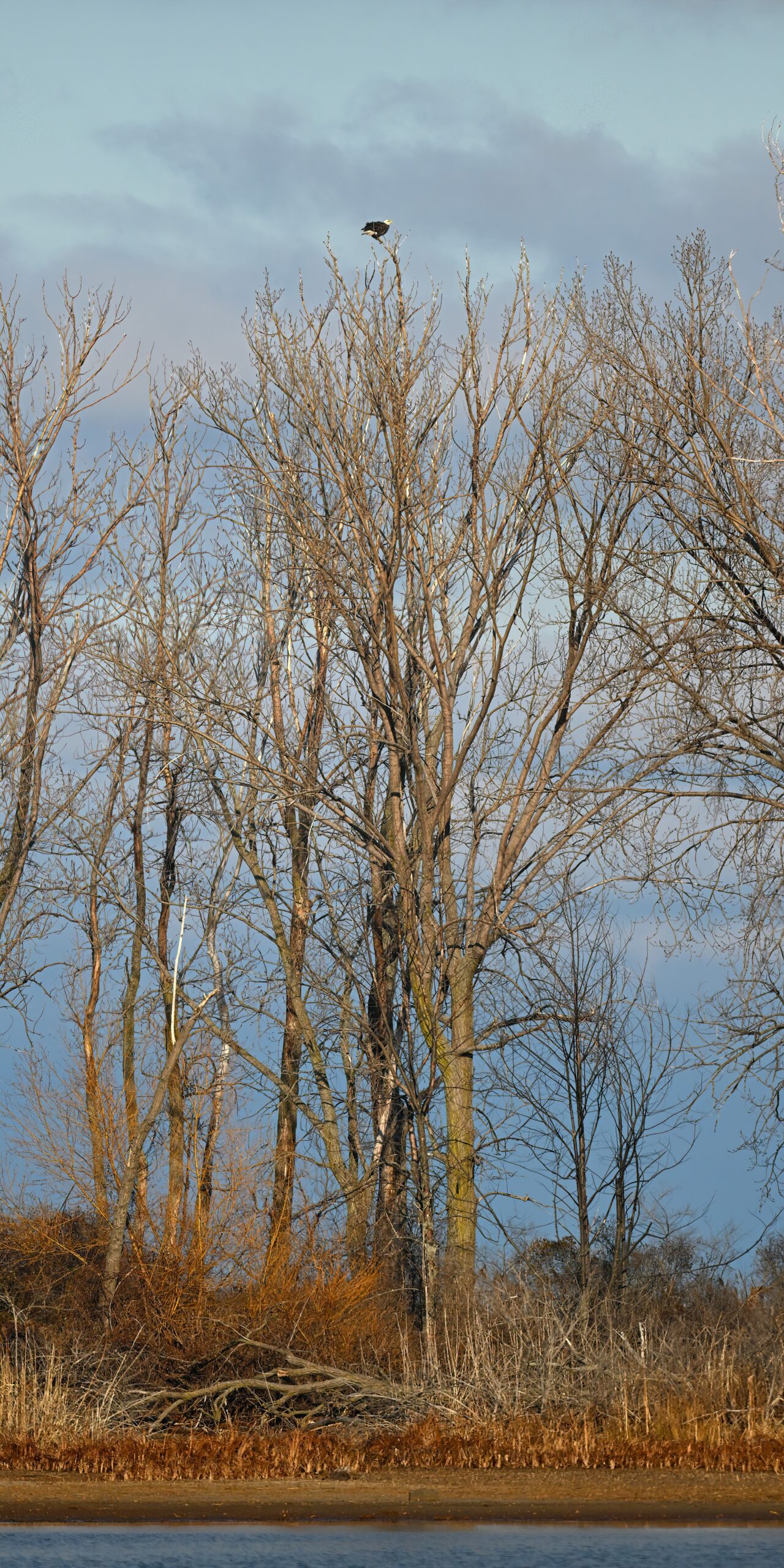
By Thompson Circle swamp/pond roadside:
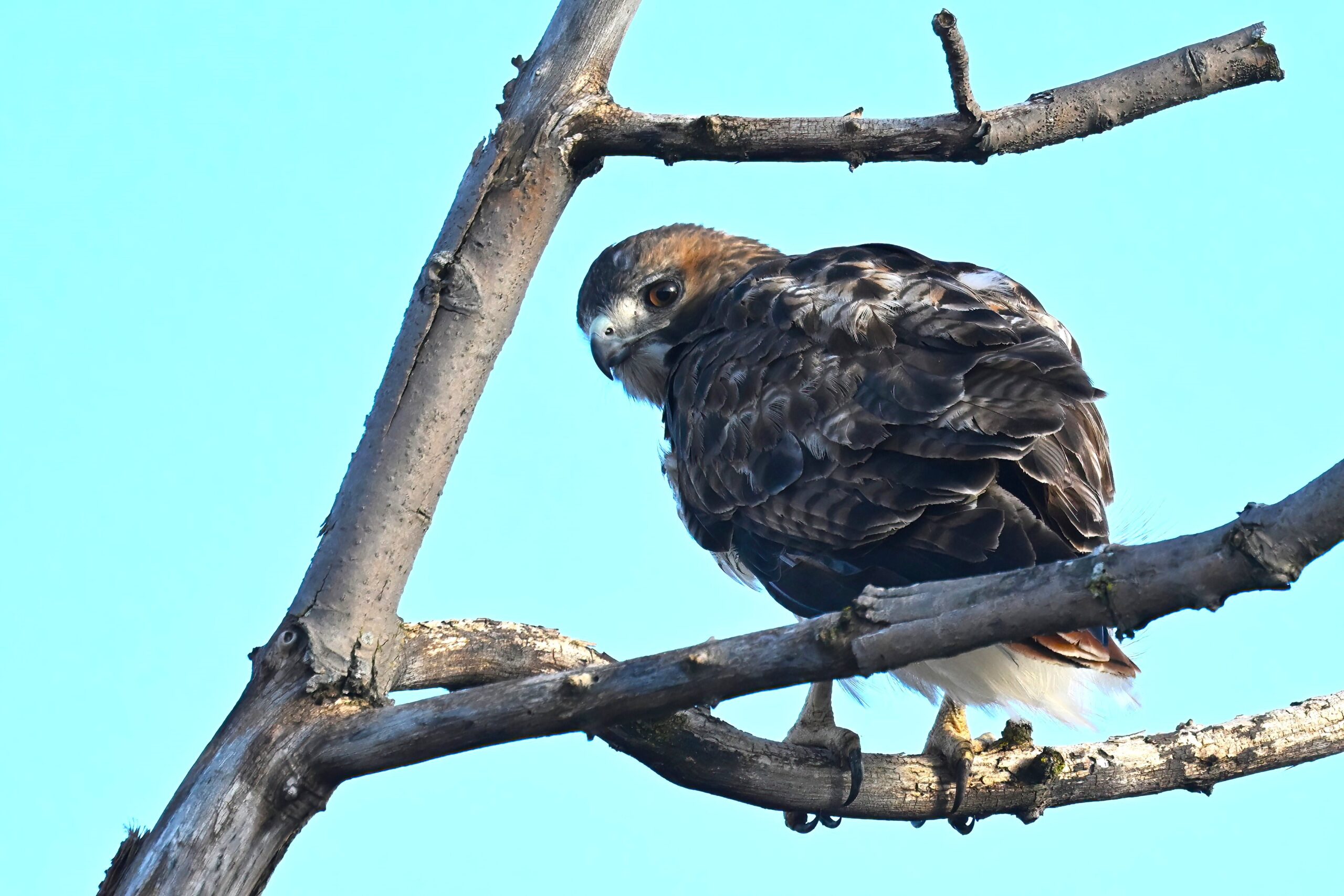
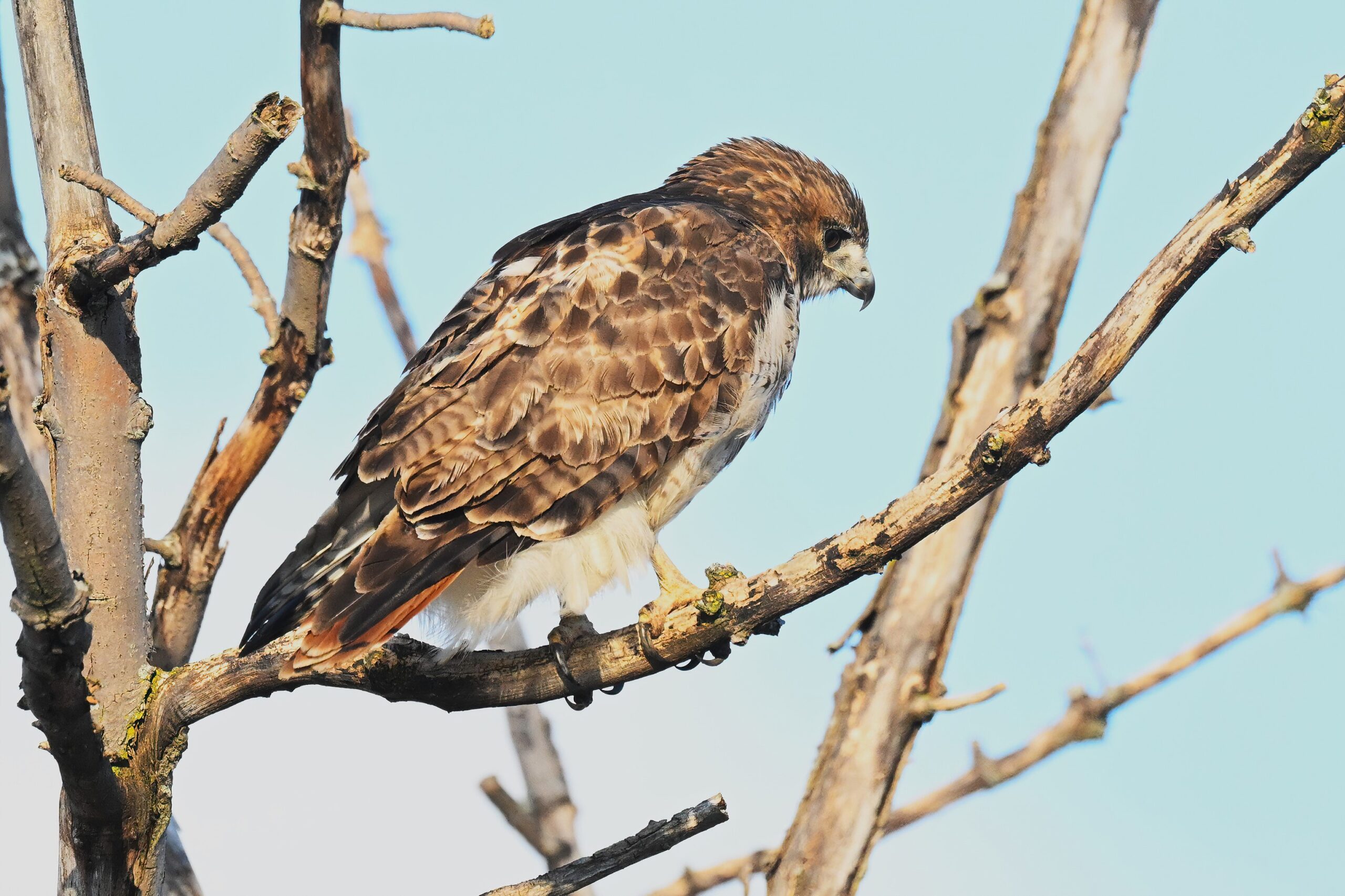
Flying from one tree to a tall stump – nice view of the ‘red tail:’
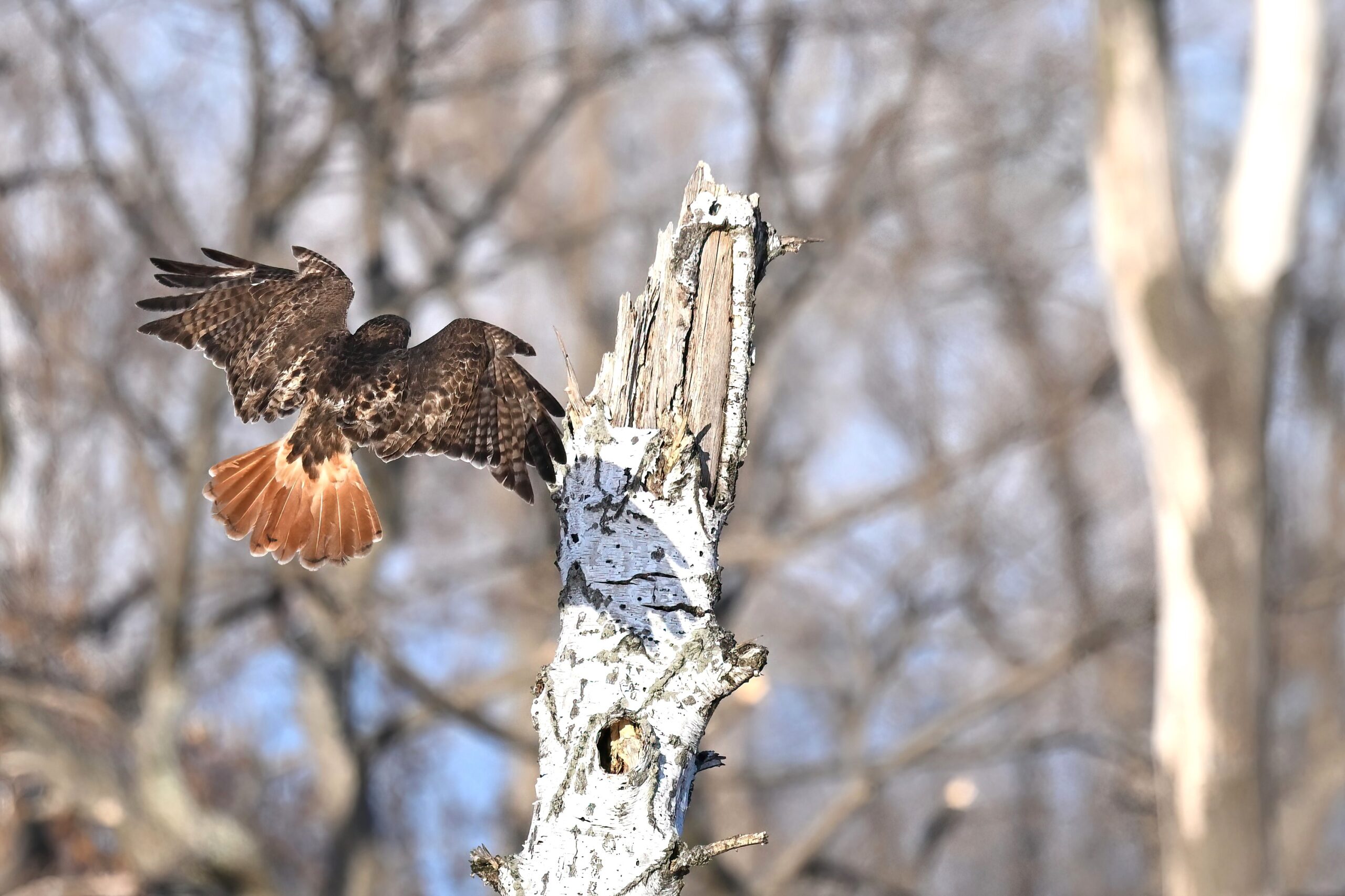
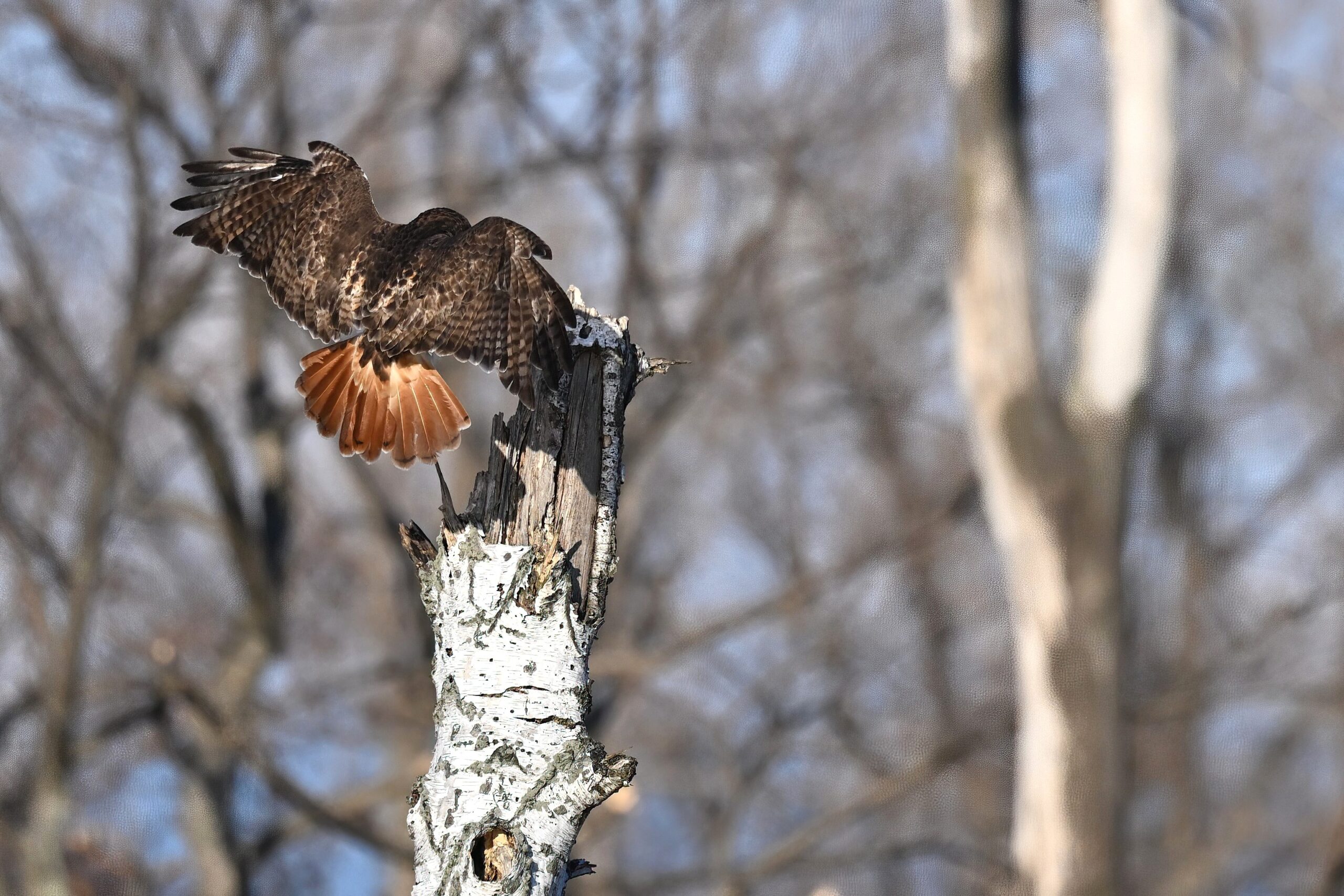
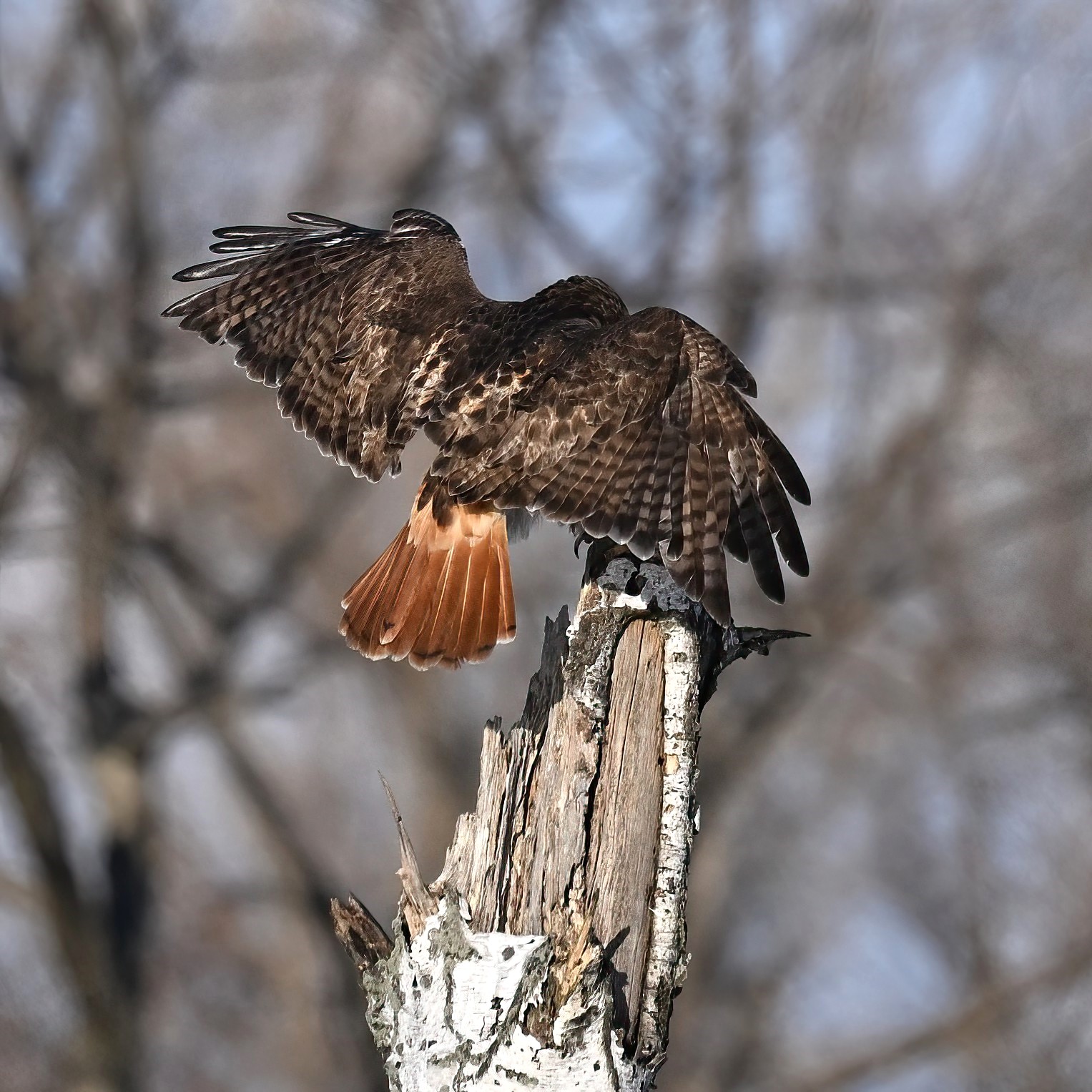
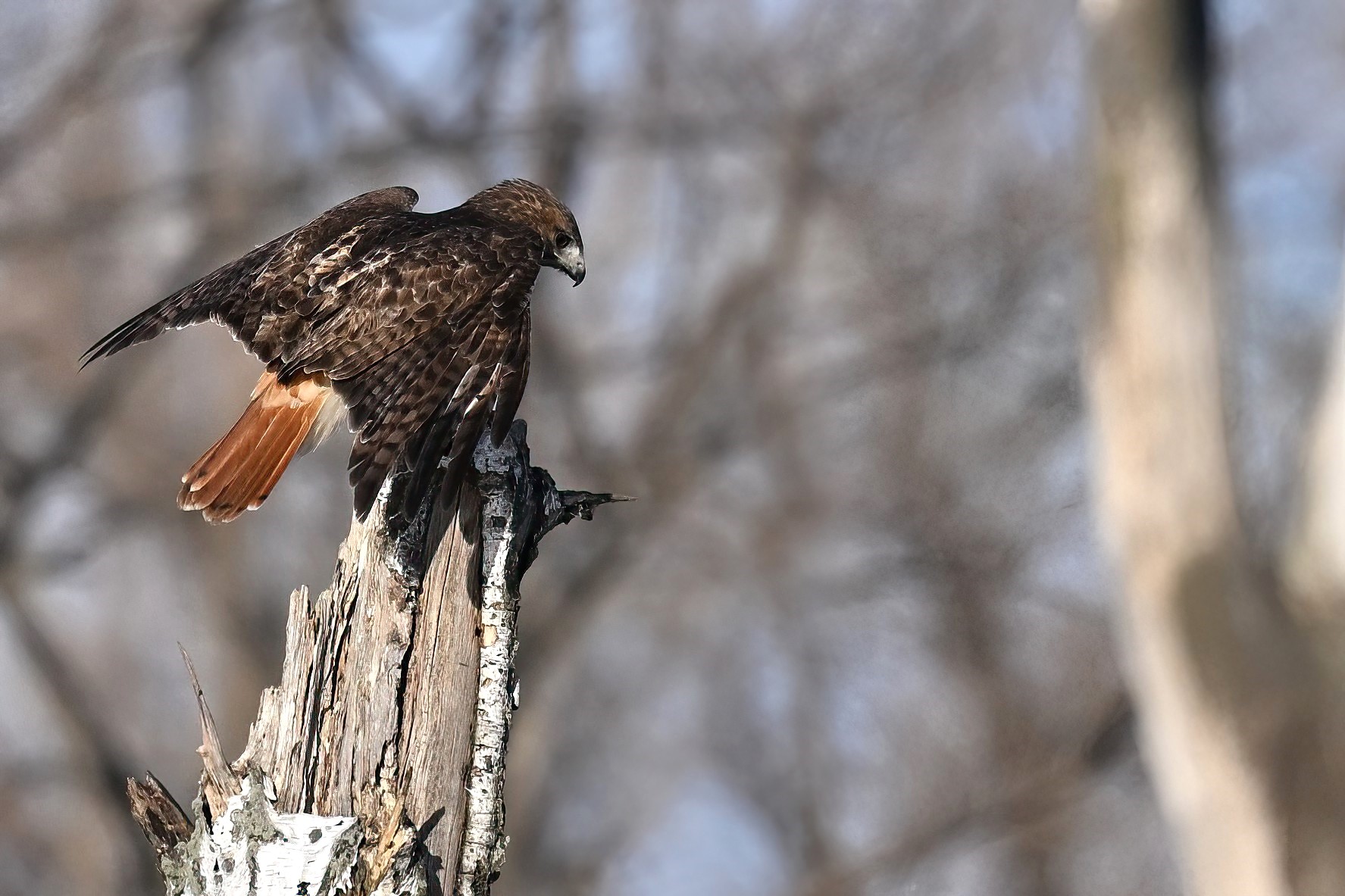
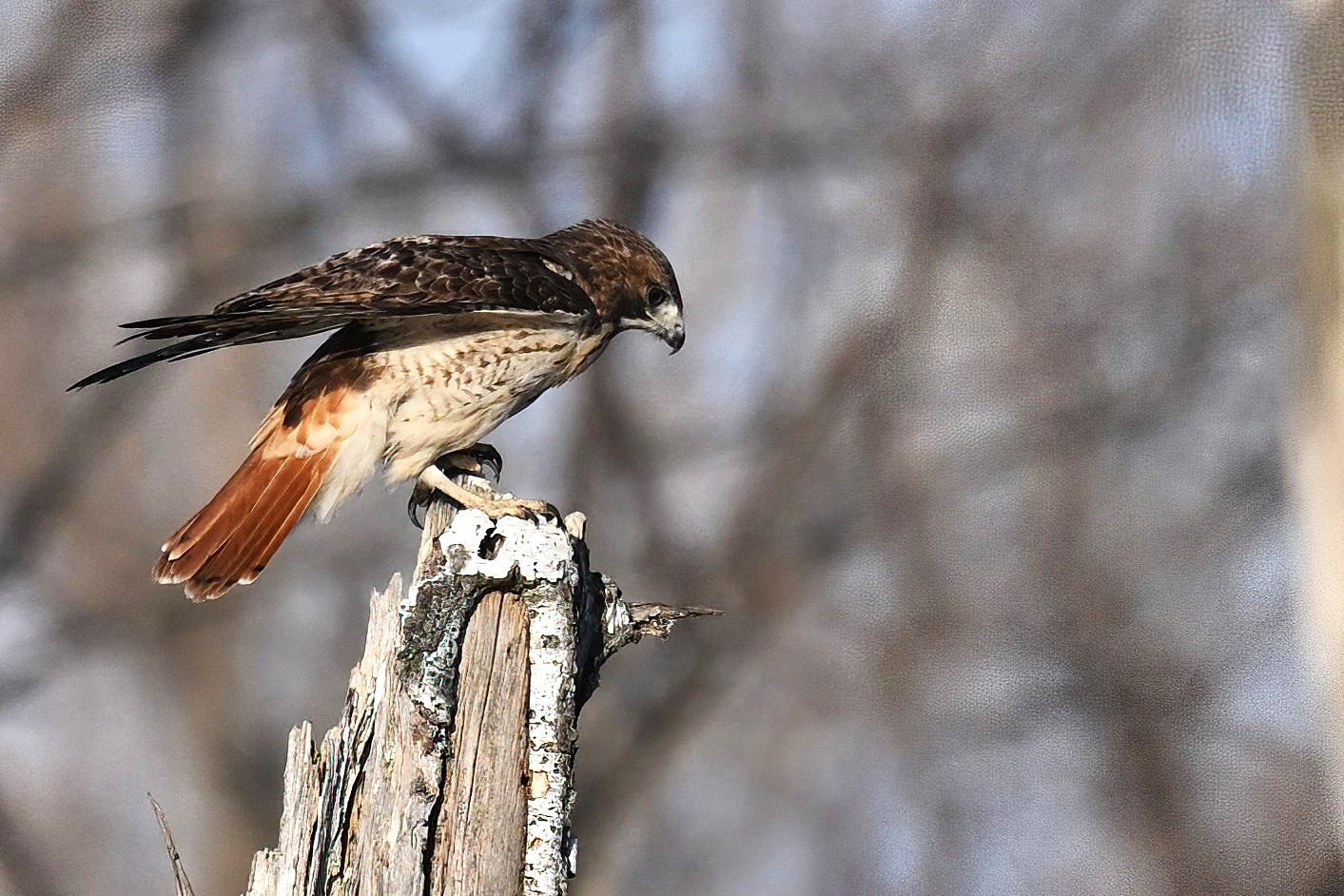
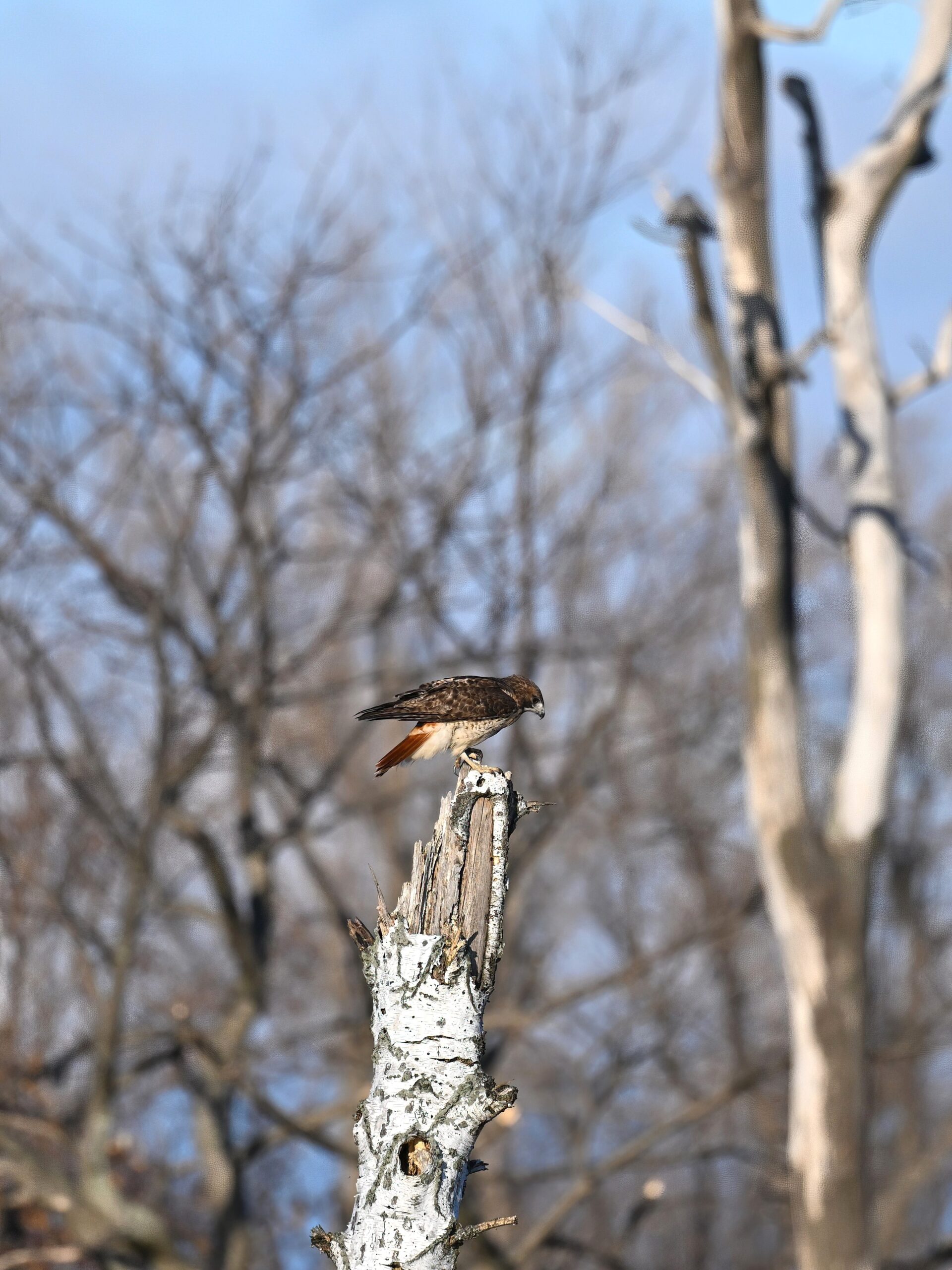
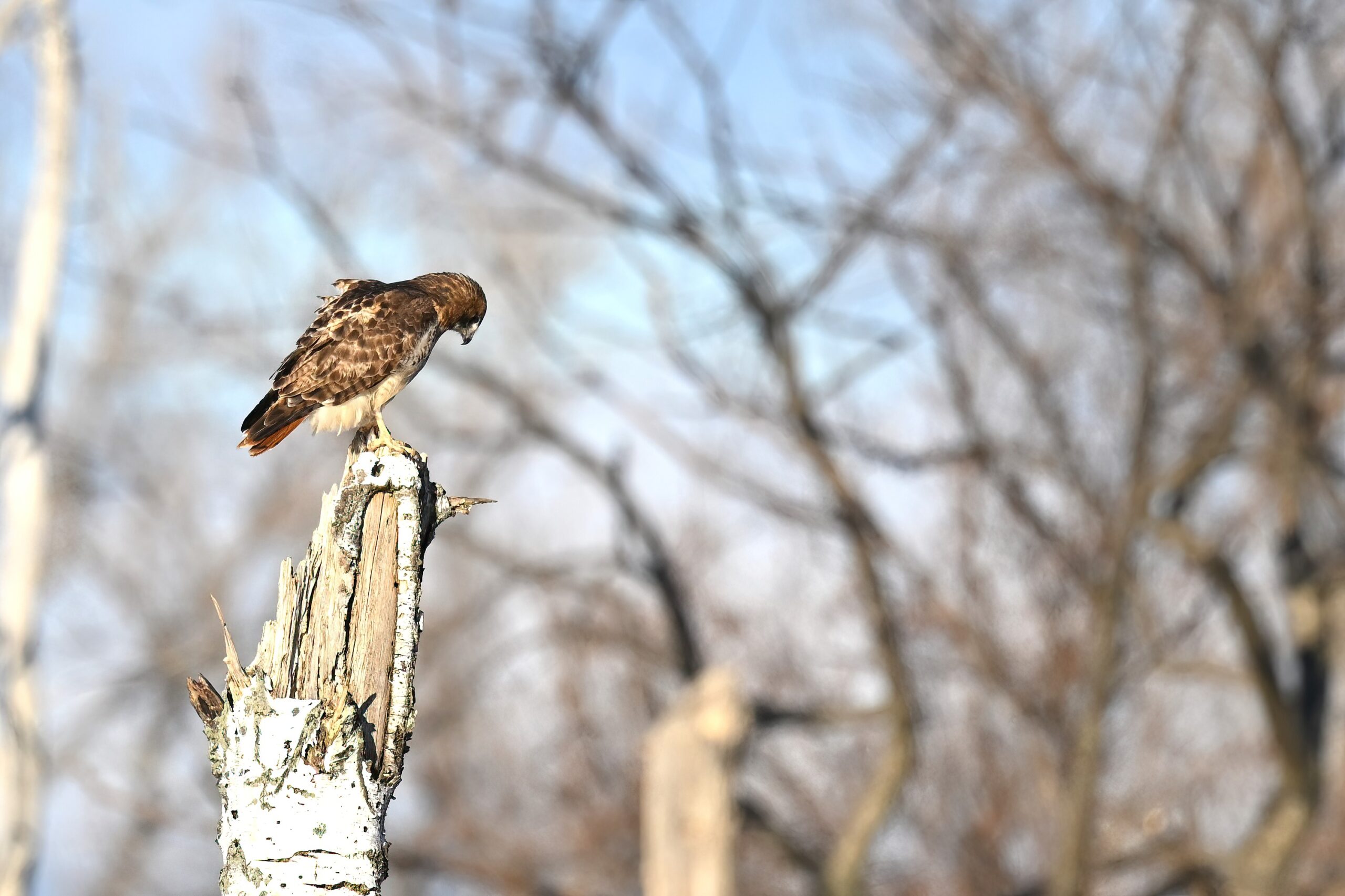
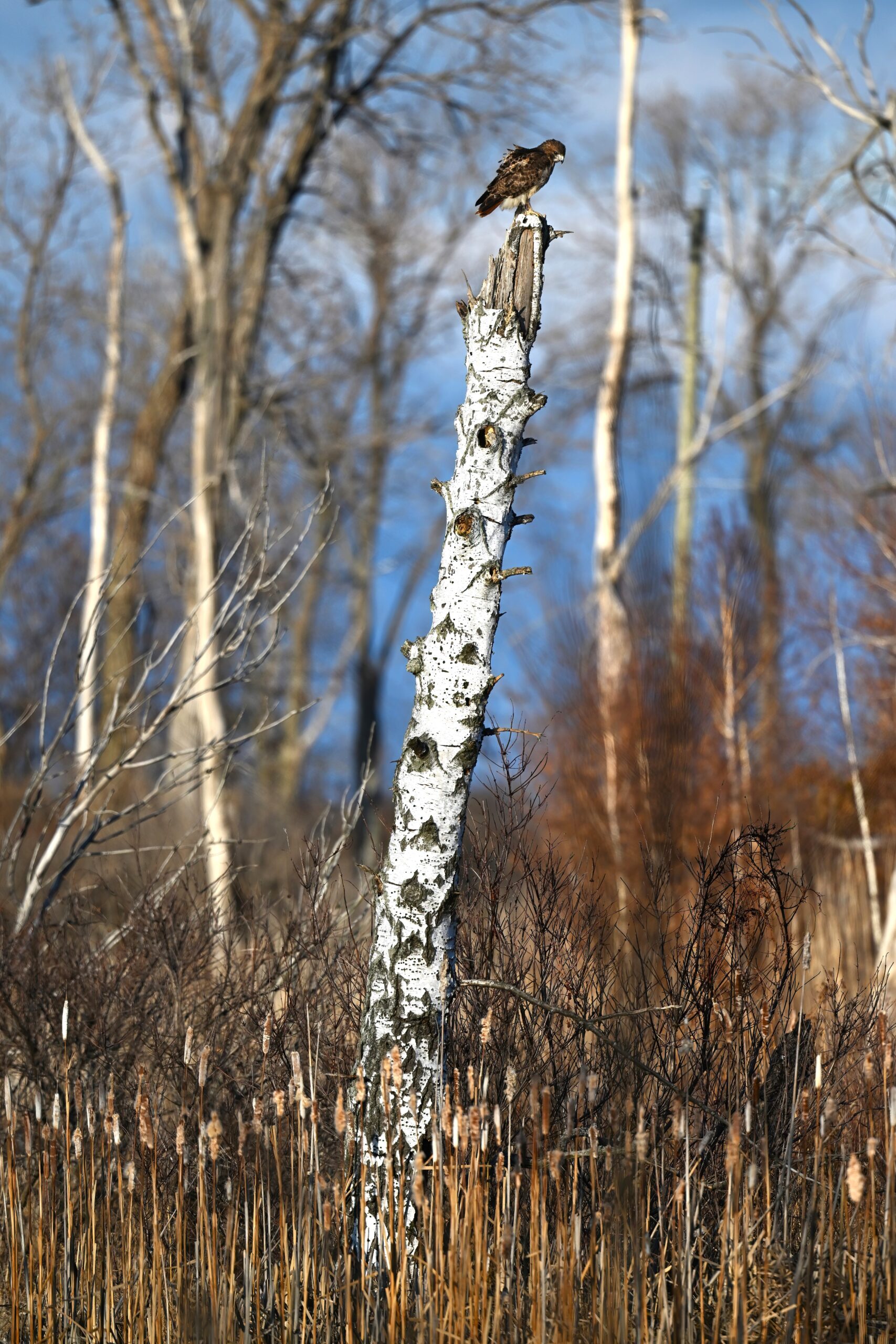
Tomorrow, more gulls! Yay!
[Editor’s Note: “Ha:” a ‘confusing-gulls-for-Bald Eagle joke,’ in a post about raptors.]
Gullmania II
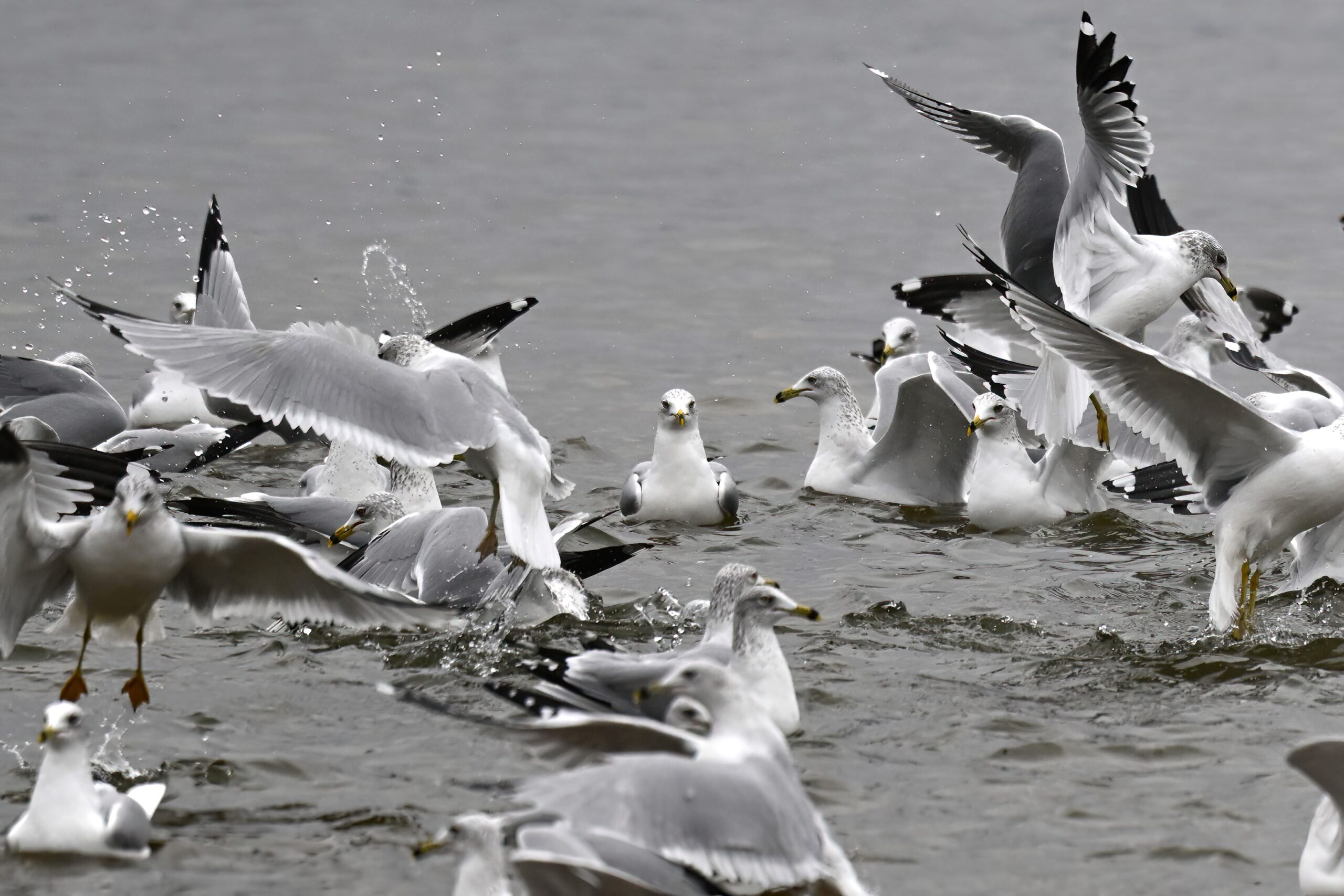
BirdingPI.com team’s going crazy with gull pictures. Hundreds and hundreds of gull pictures. [Photo Editor’s note: “Sigh.”] Here’s “Part II.” Mostly Ring-billed Gull with a few Herring Gull.
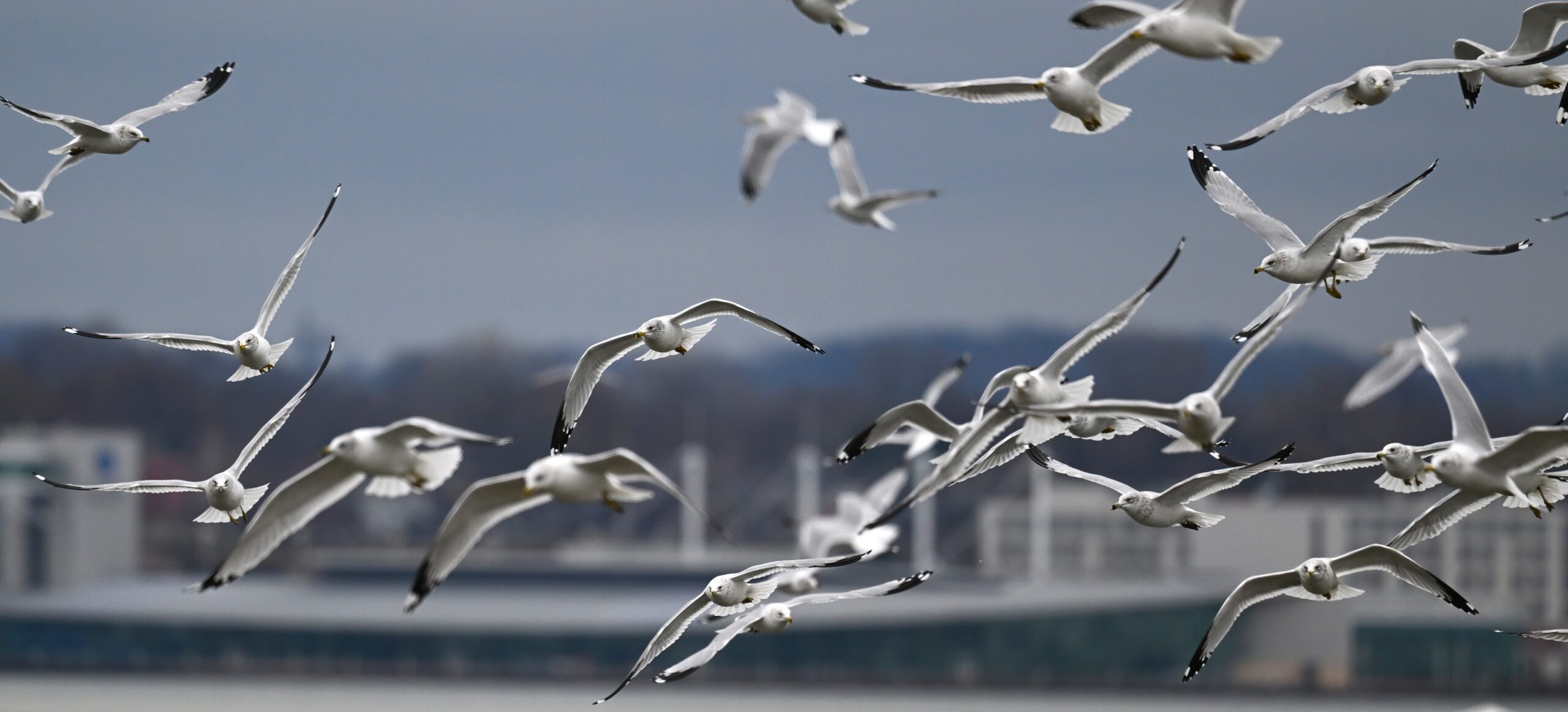
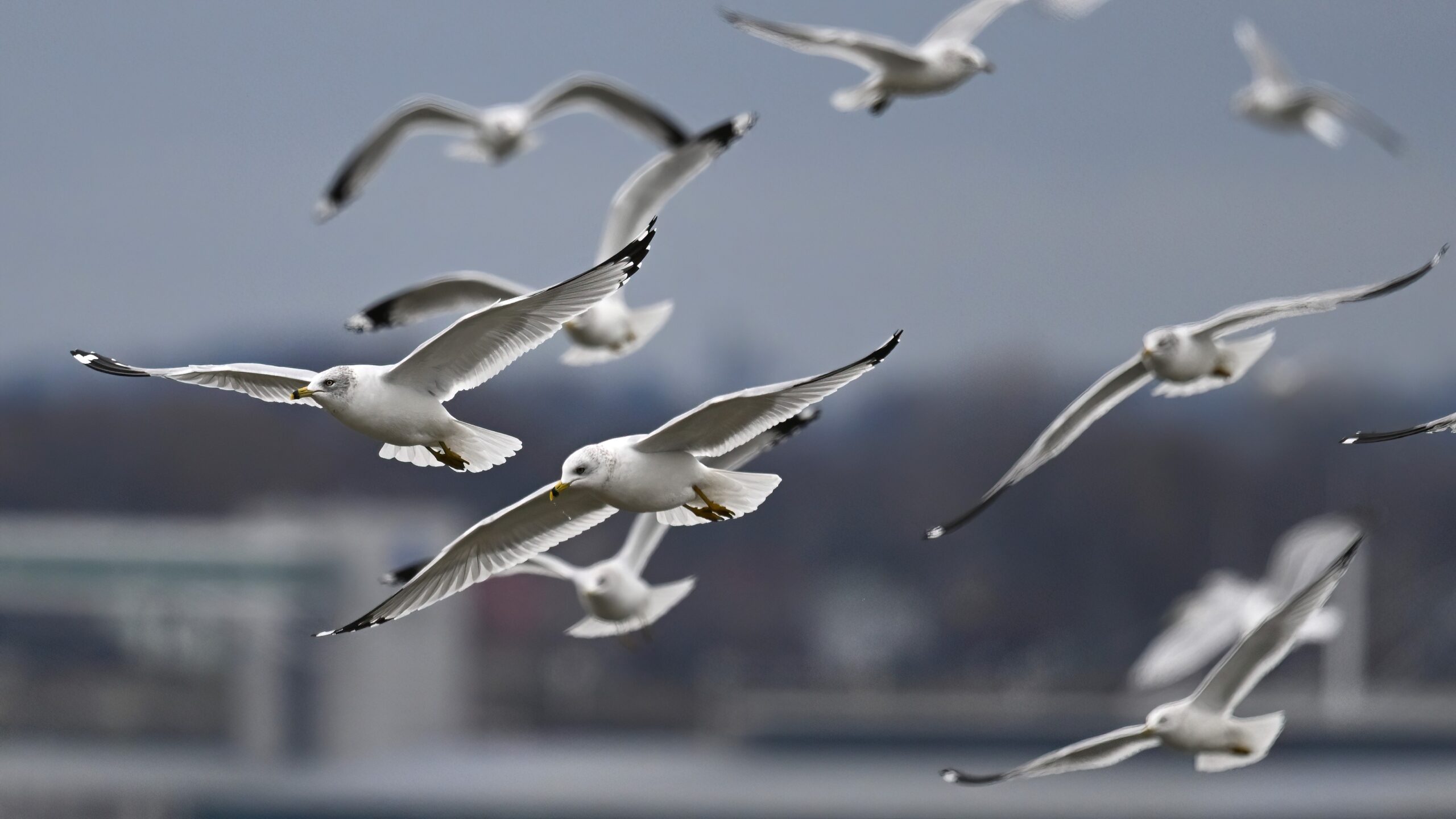
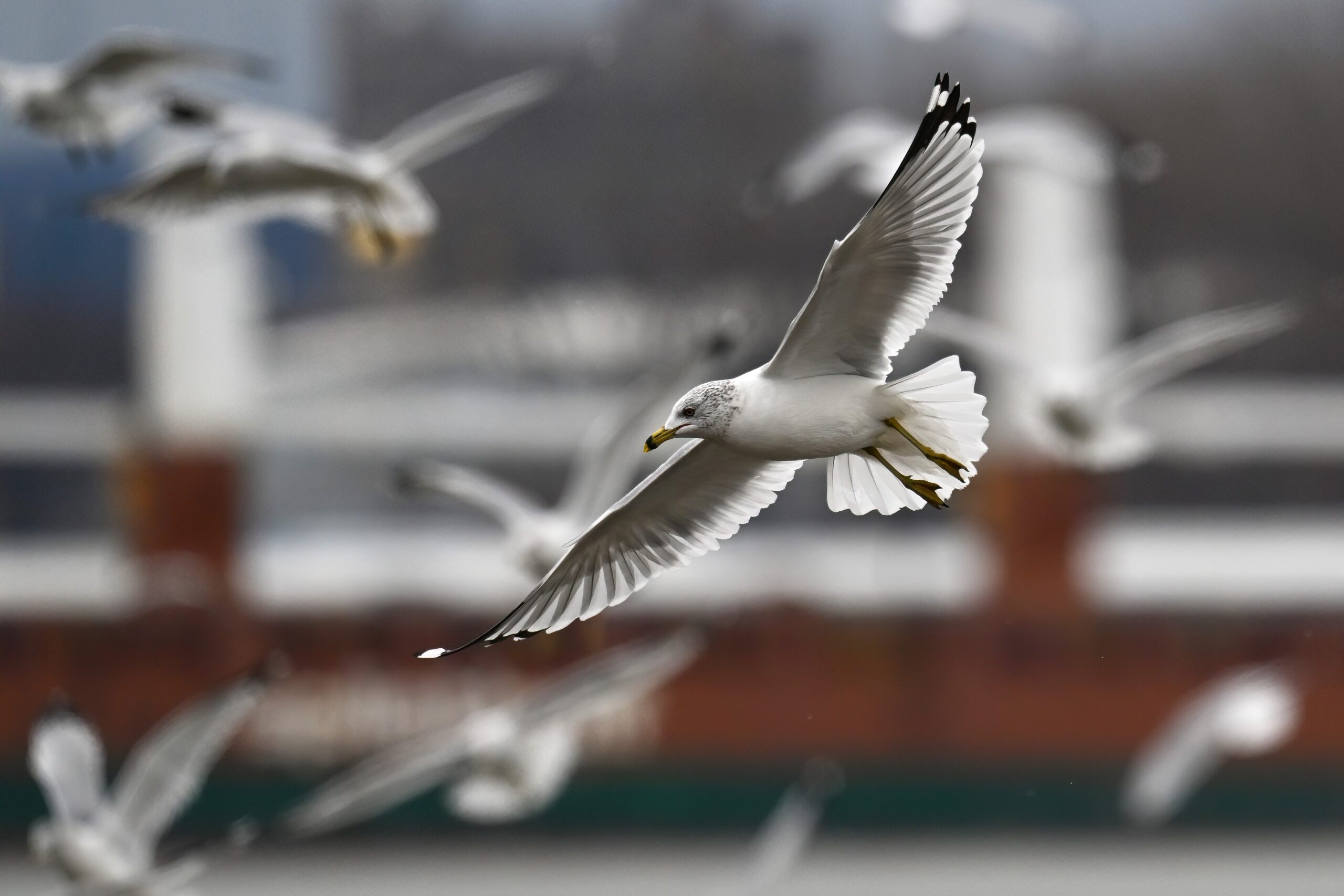
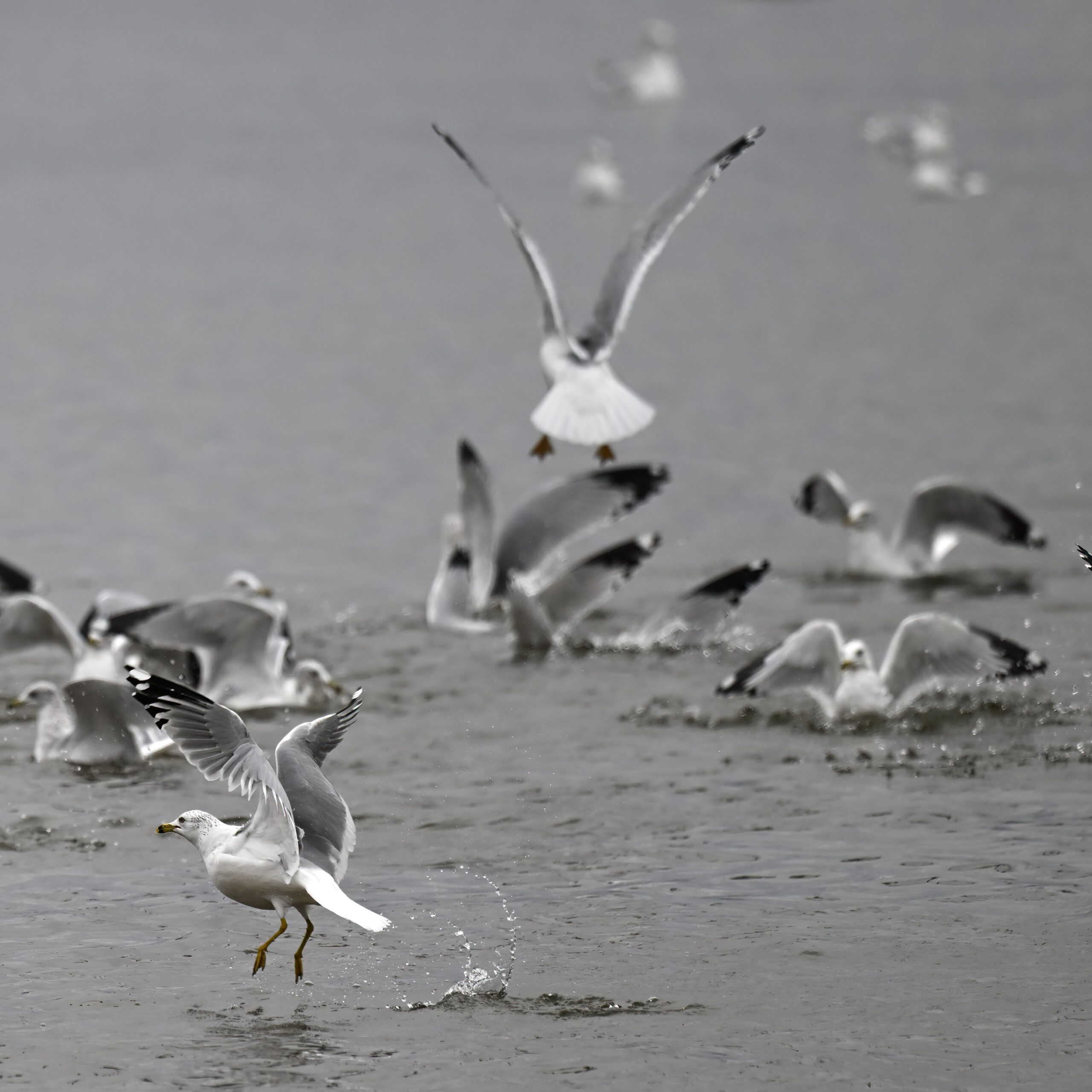
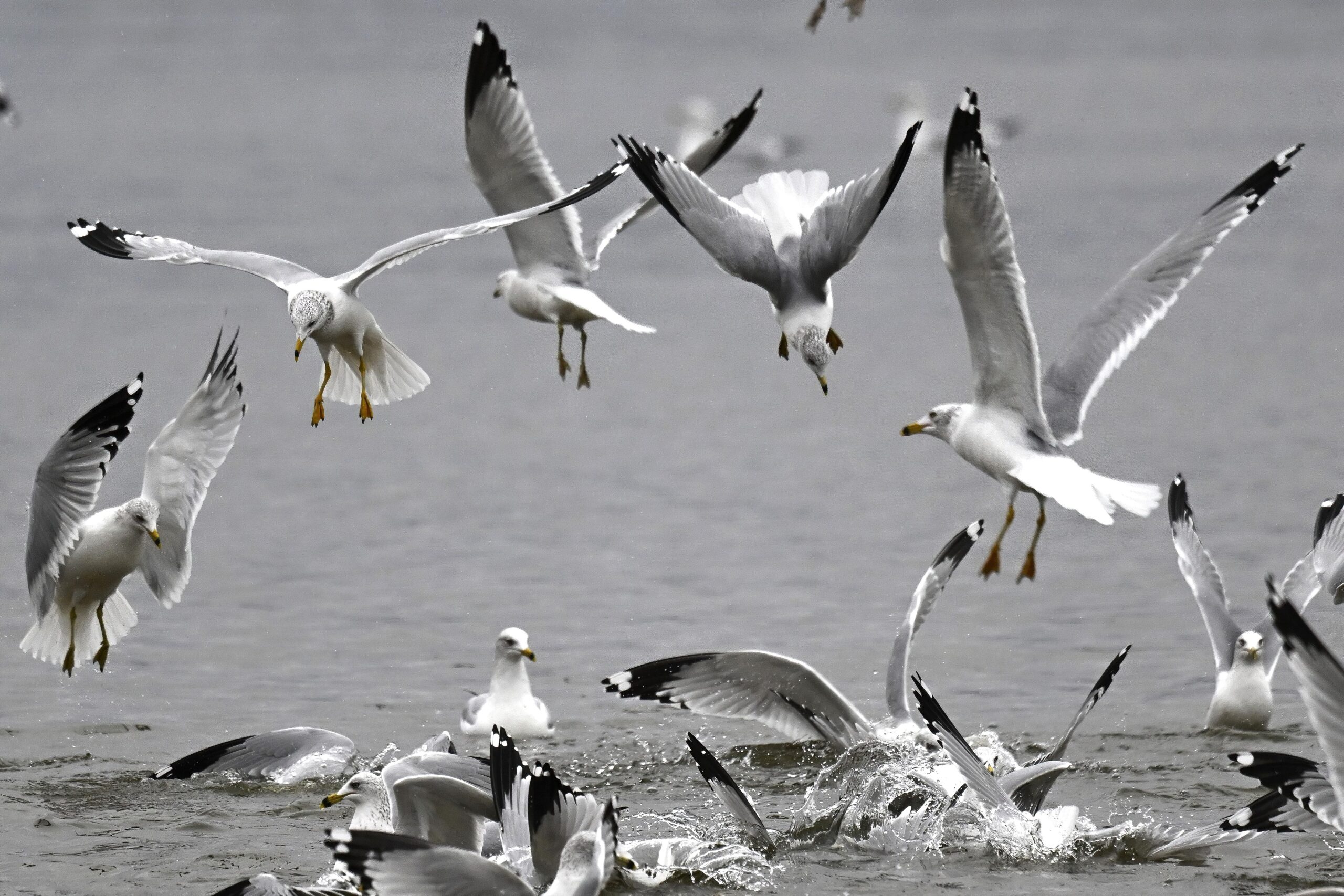
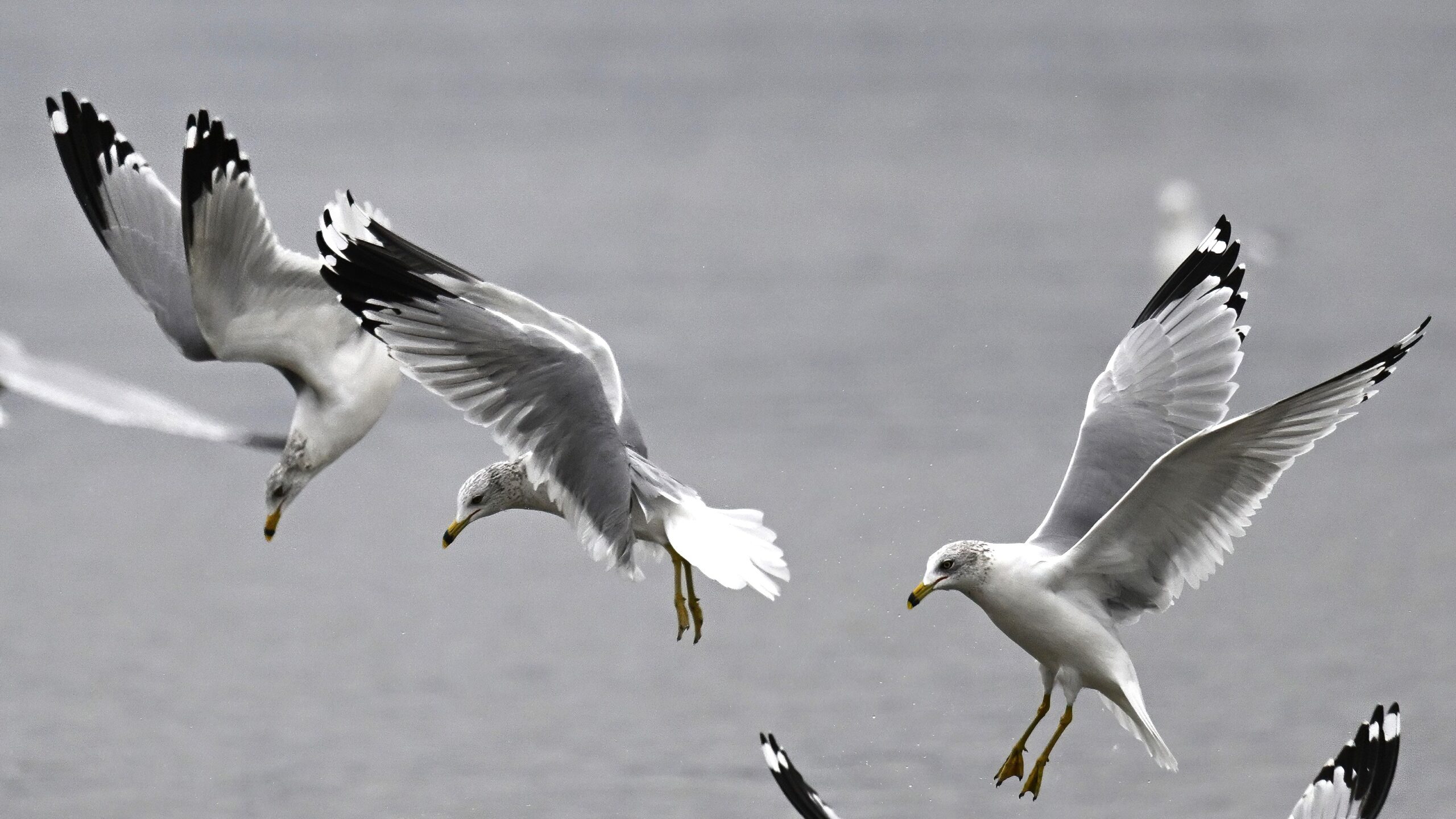
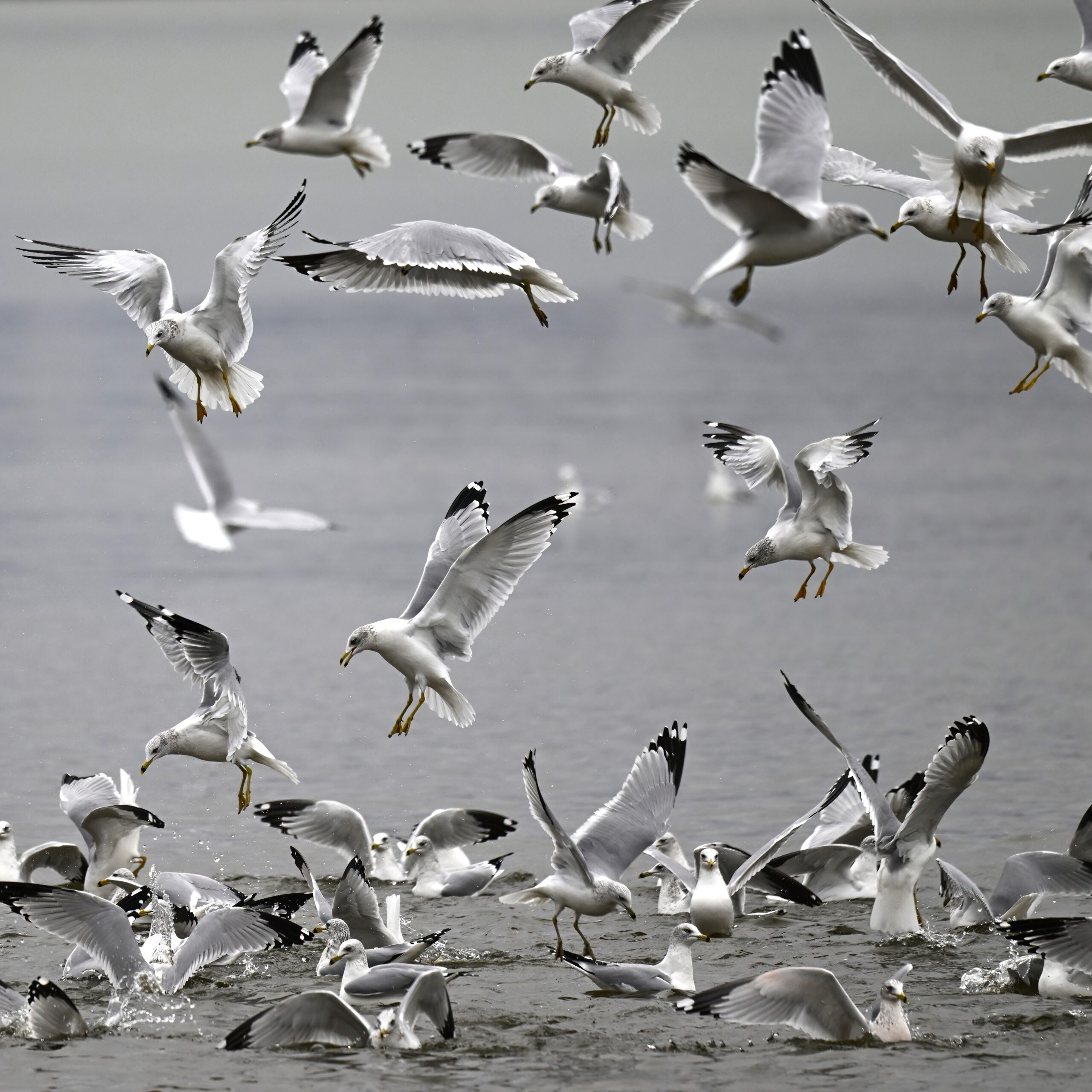
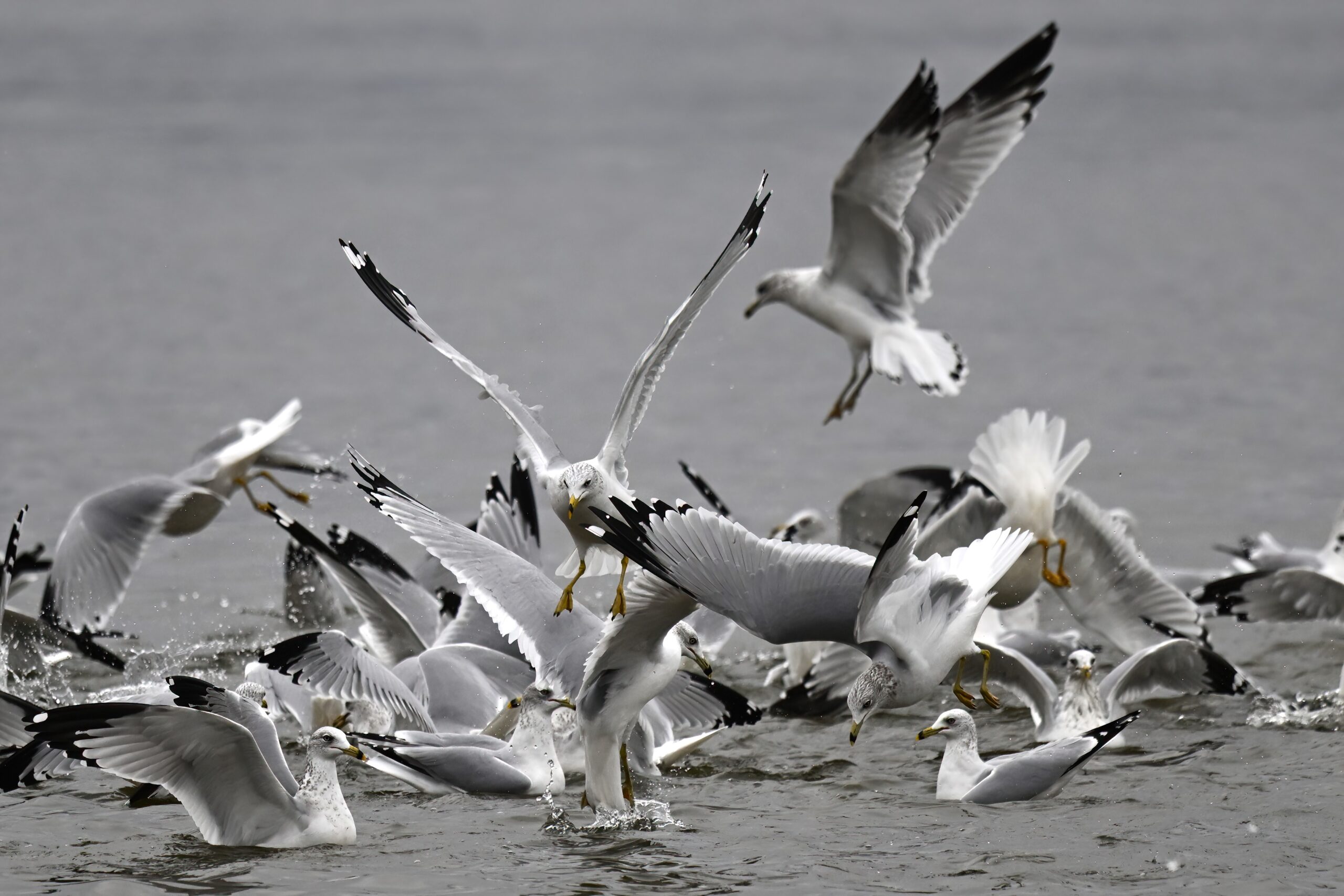
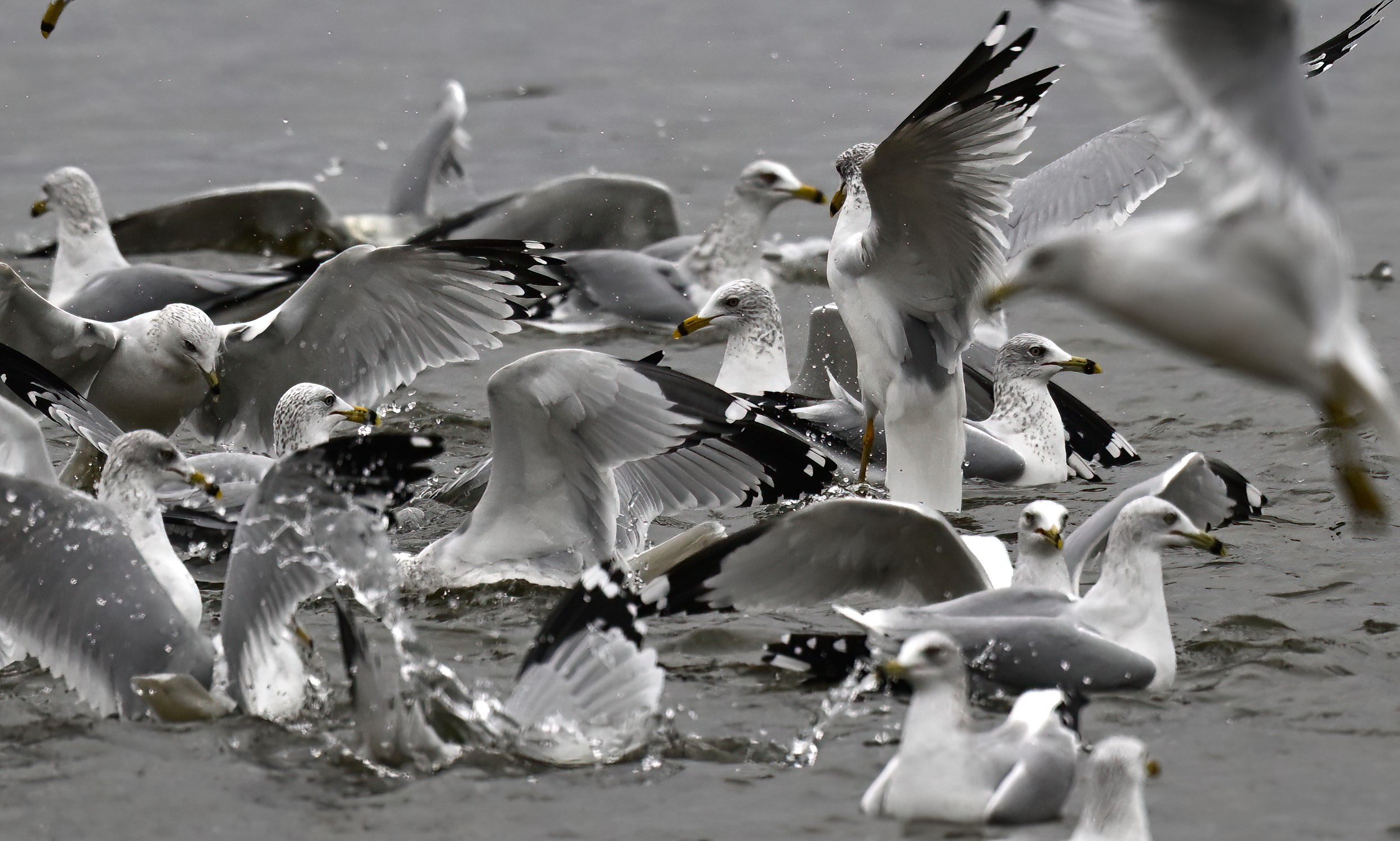
Next time, definitely raptors! Or swans!
Skunky Weekend
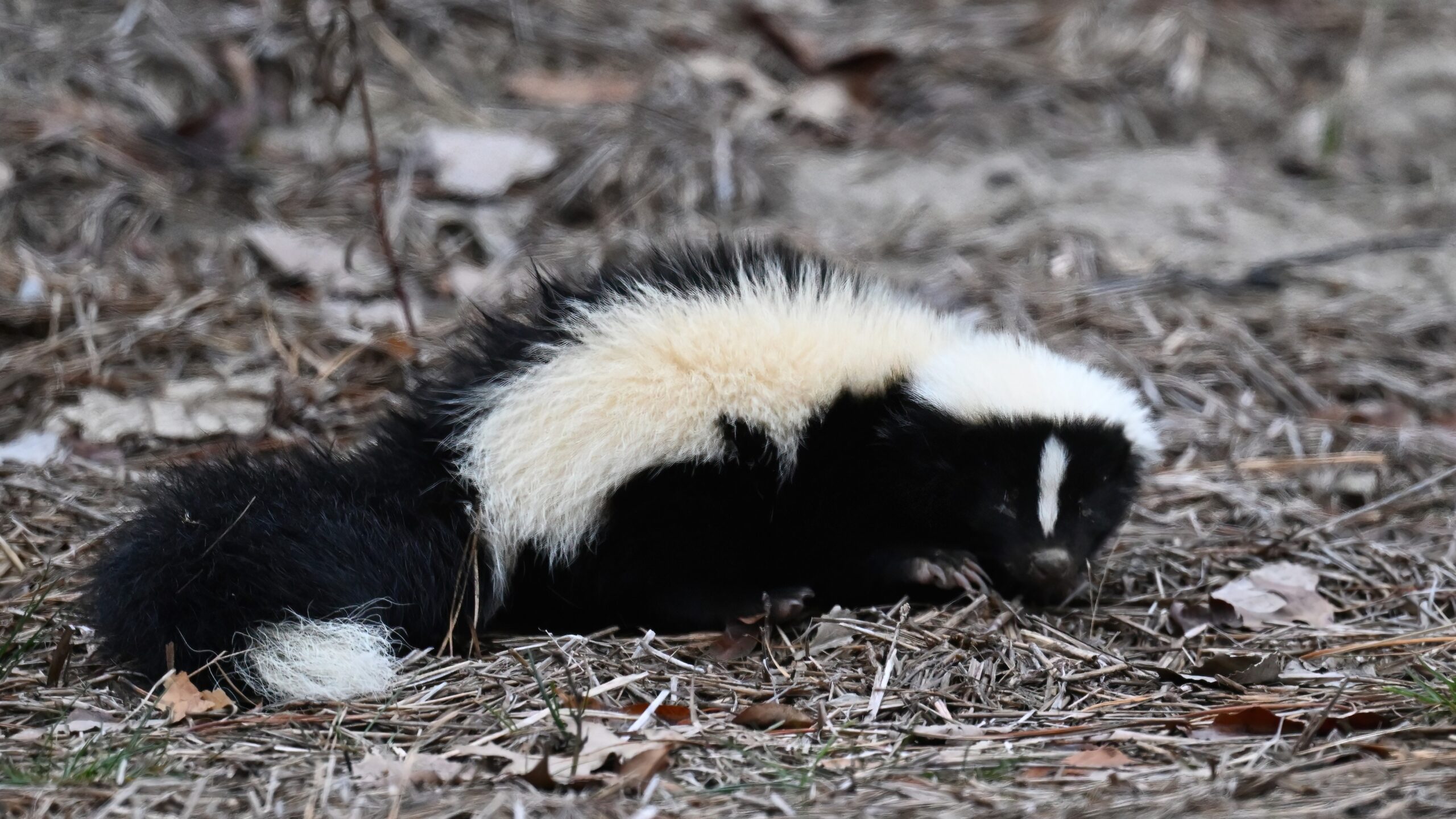
Weather-wise, a rather unpleasant weekend in the greater Erie area: Saturday, cold, overcast, and gloomy, Sunday, even colder, more overcast, gloomier, and on-and-off localized rain.
Sunday afternoon, spotted a Striped Skunk (Mephitis mephitis) along the road just east of the Pine Tree Trail west trailhead, Presque Isle State Park. It was rooting for food, but seemed lethargic, + a closer photo inspection appears to show an eye problem. #sick_skunk Photos taken from a safe distance from the BirdinPI.com van.
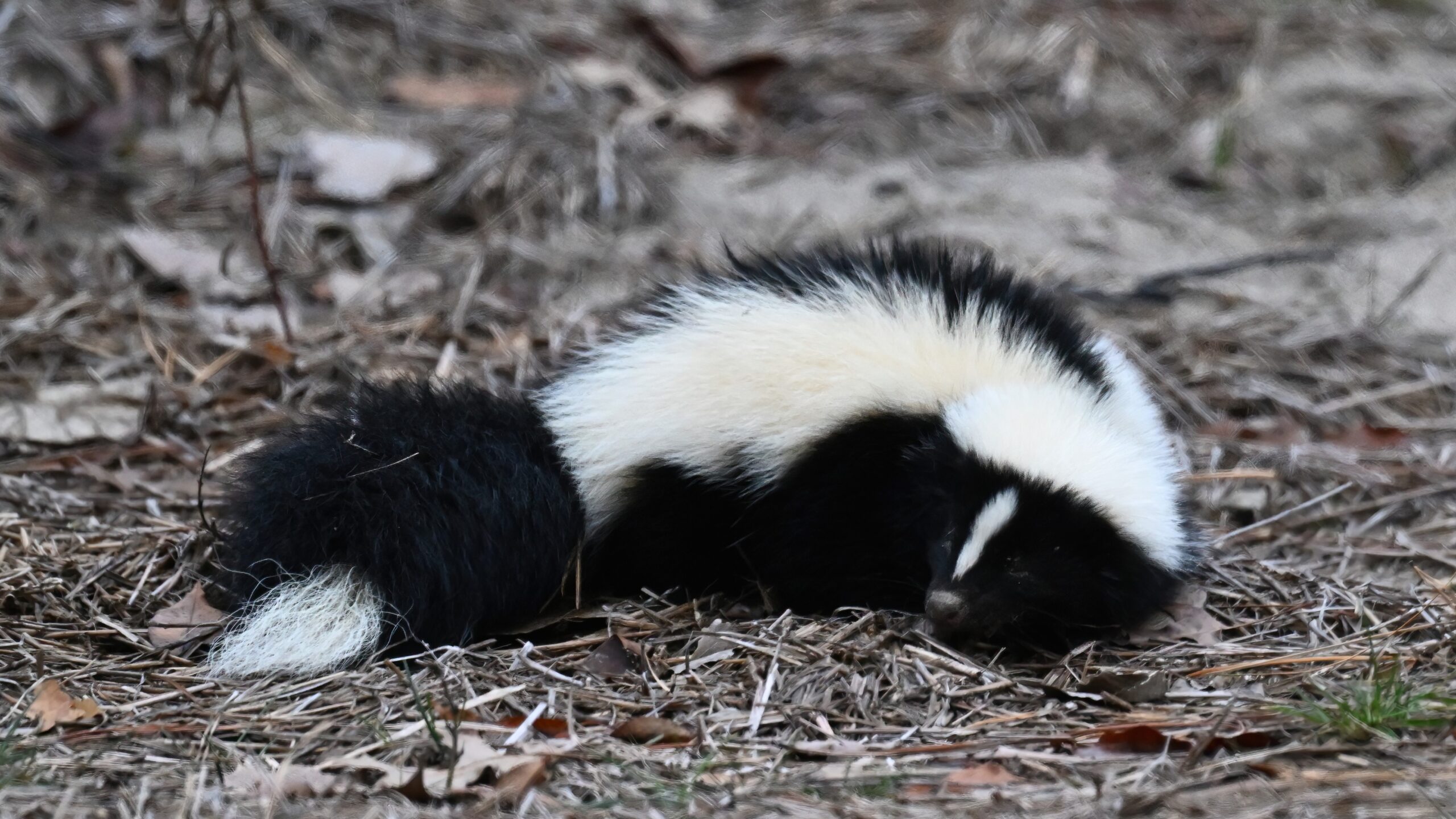
Sticking with mammals for this post, the relatively rare occurrence of a relatively calm White-tailed Deer (Odocoileus virginianus)(f) along the Gull Point outer old trail on Saturday.
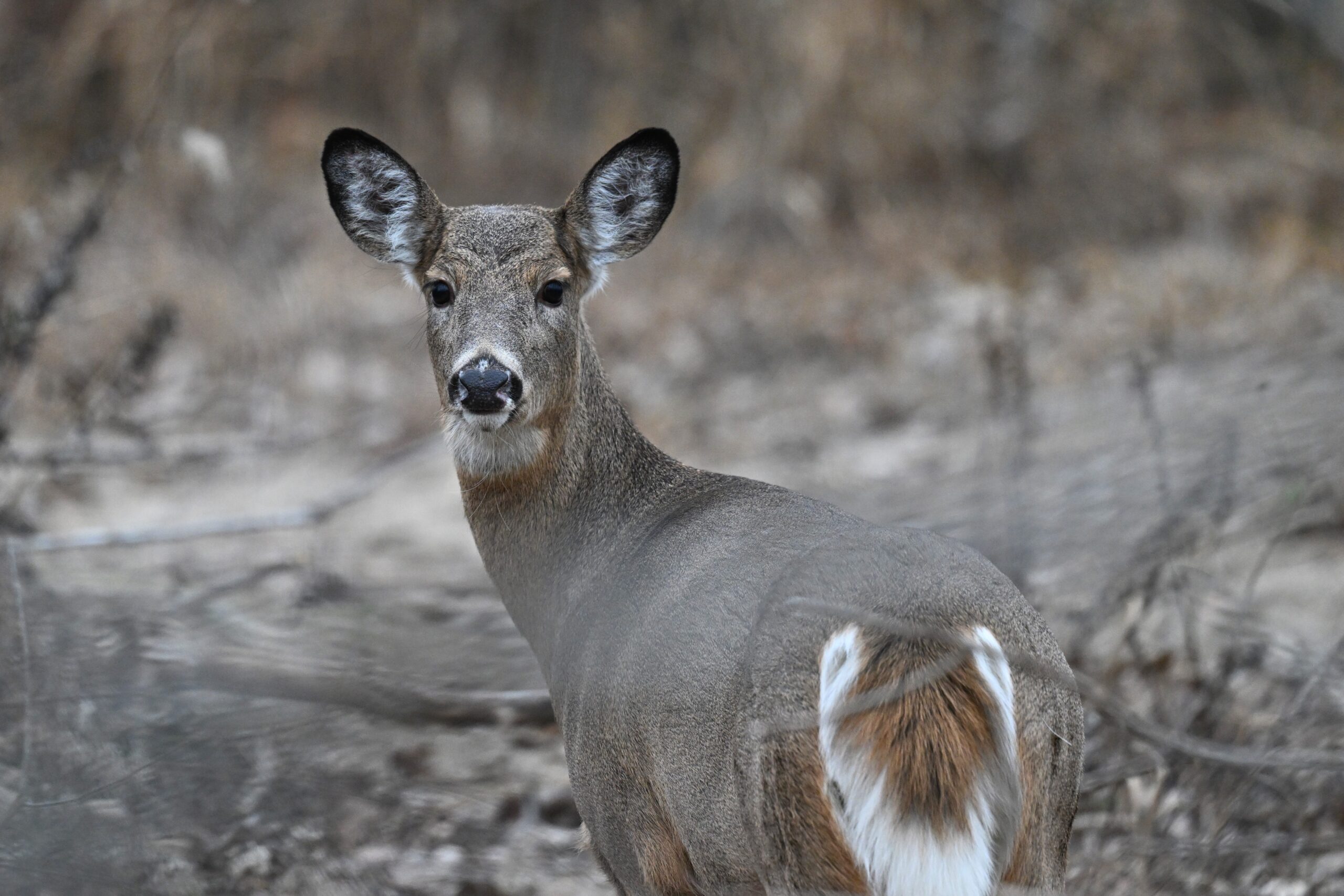
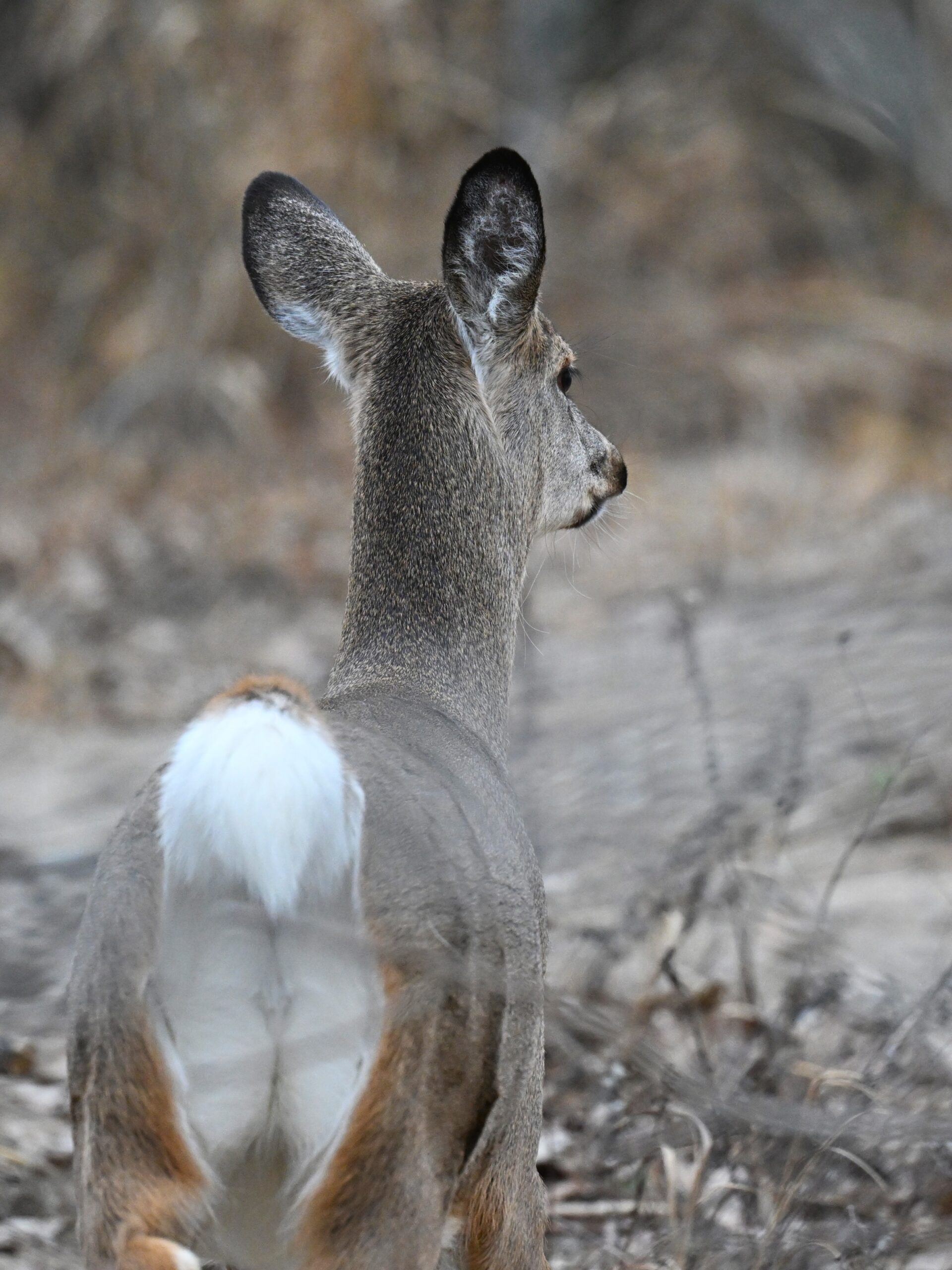
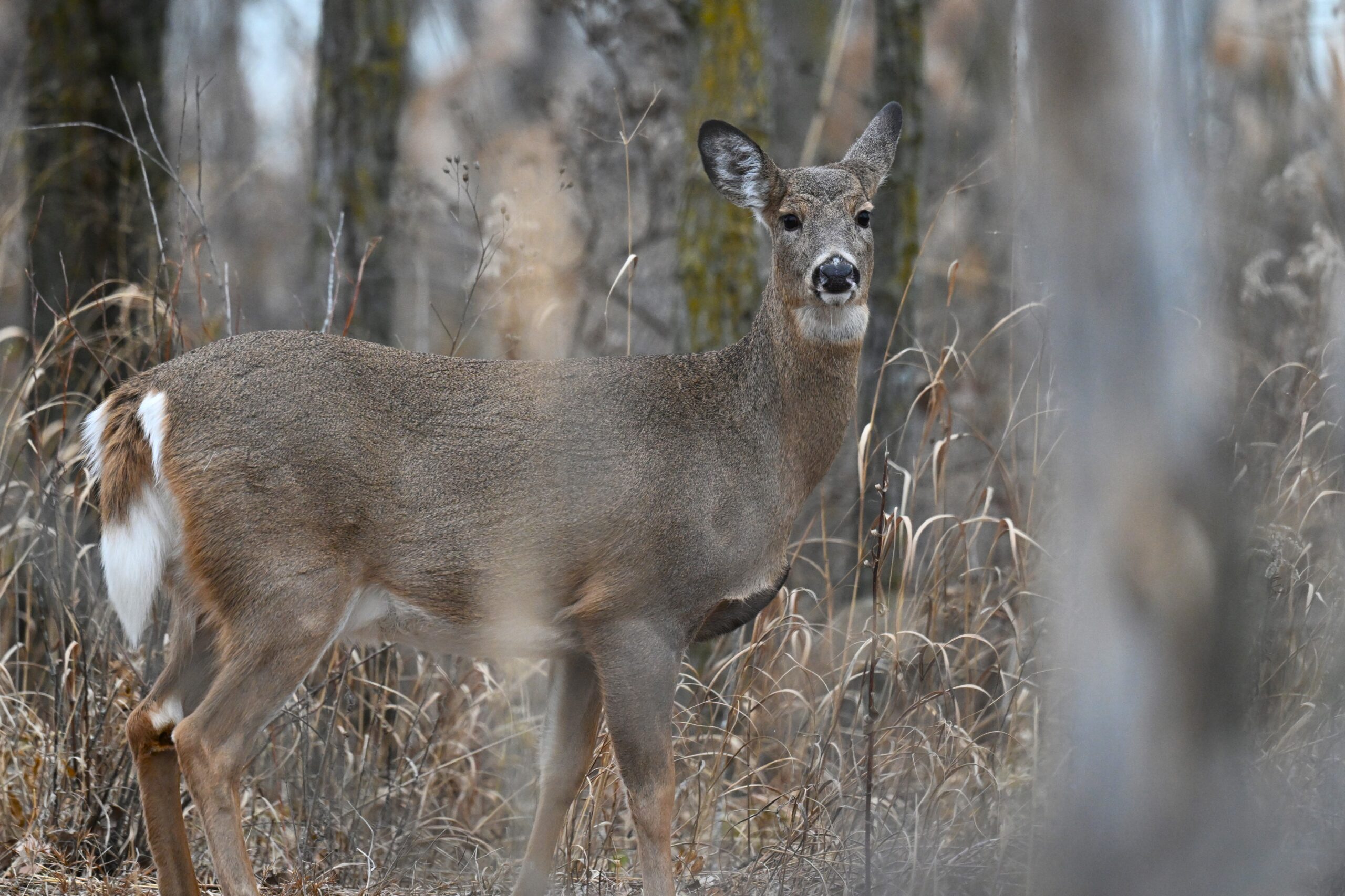
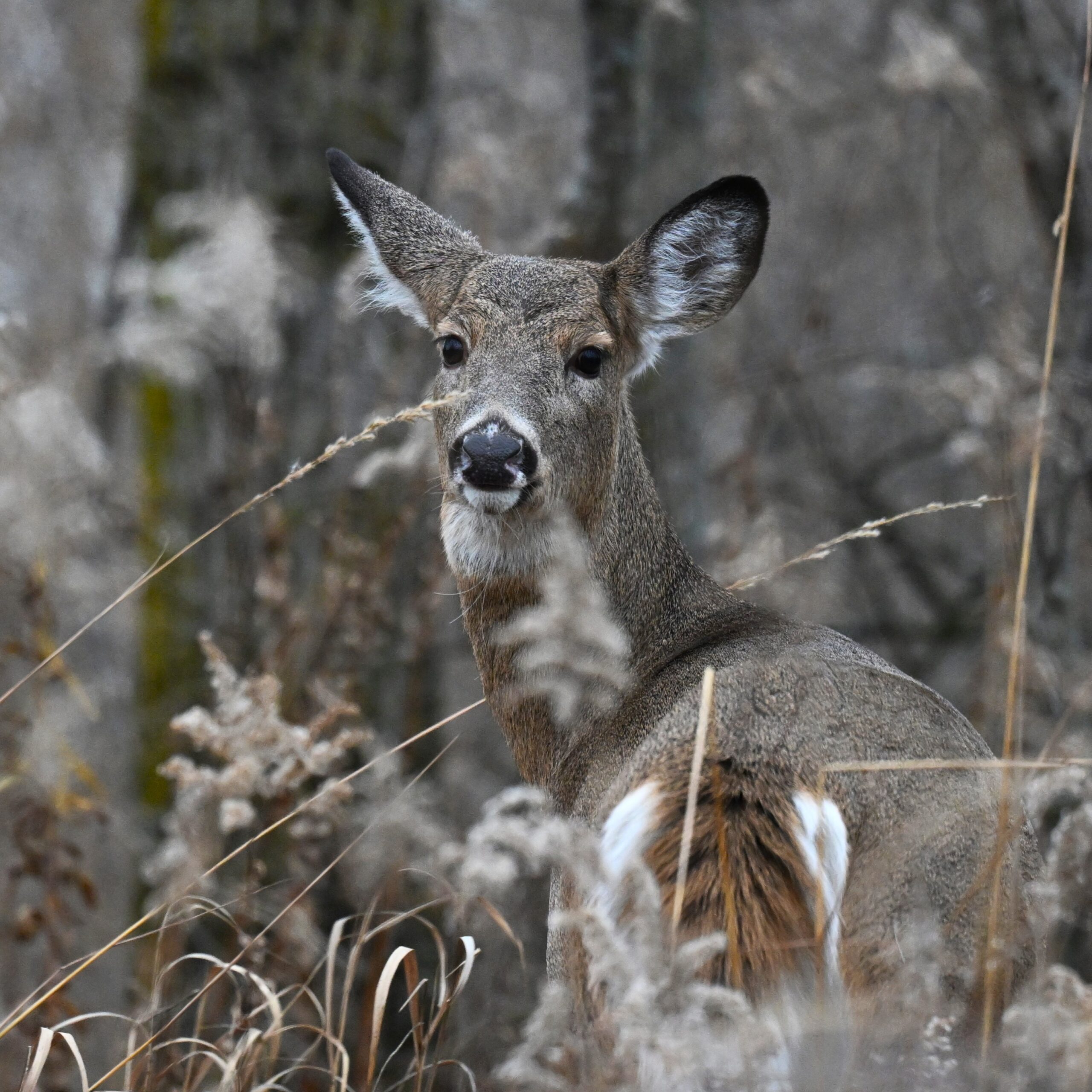
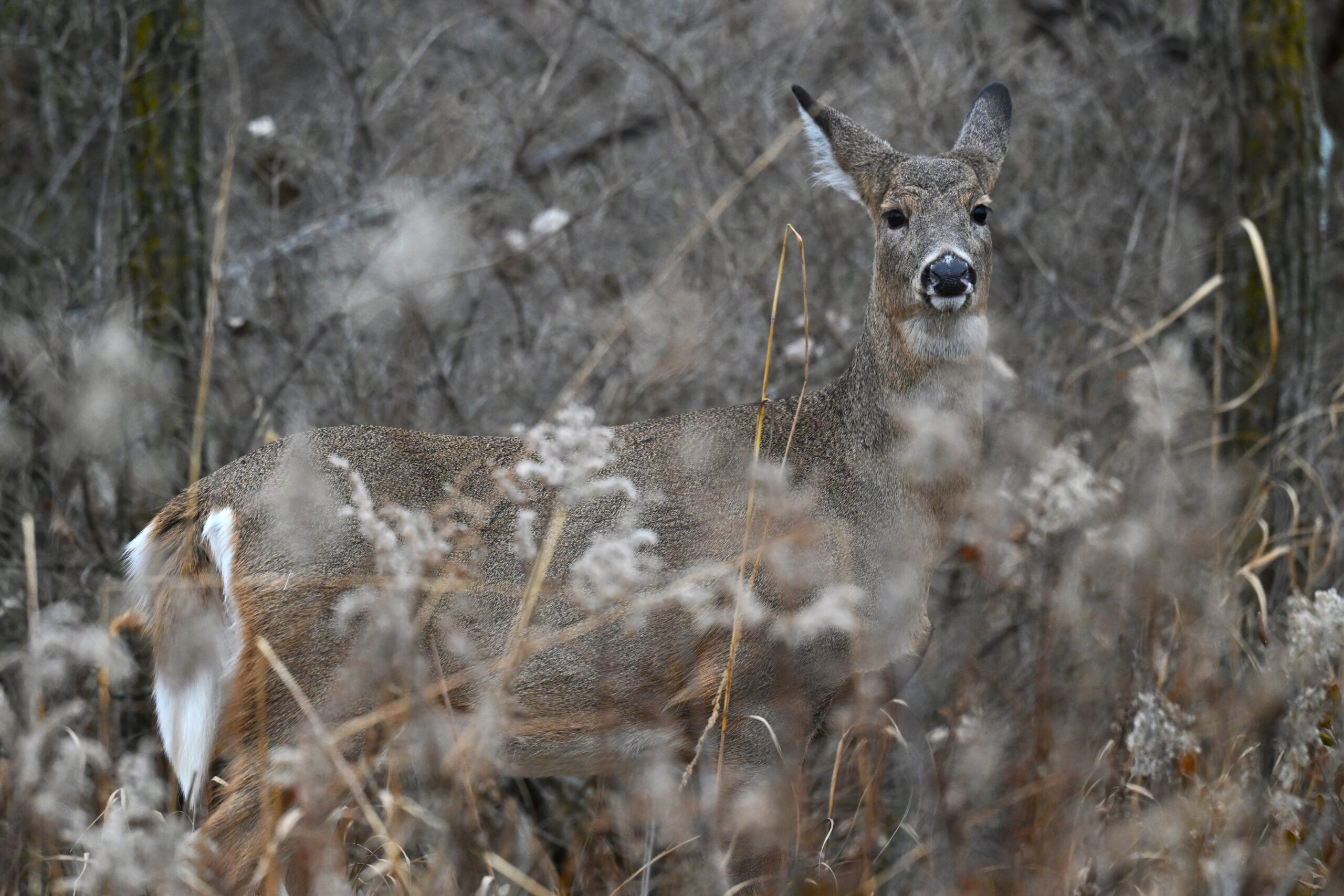
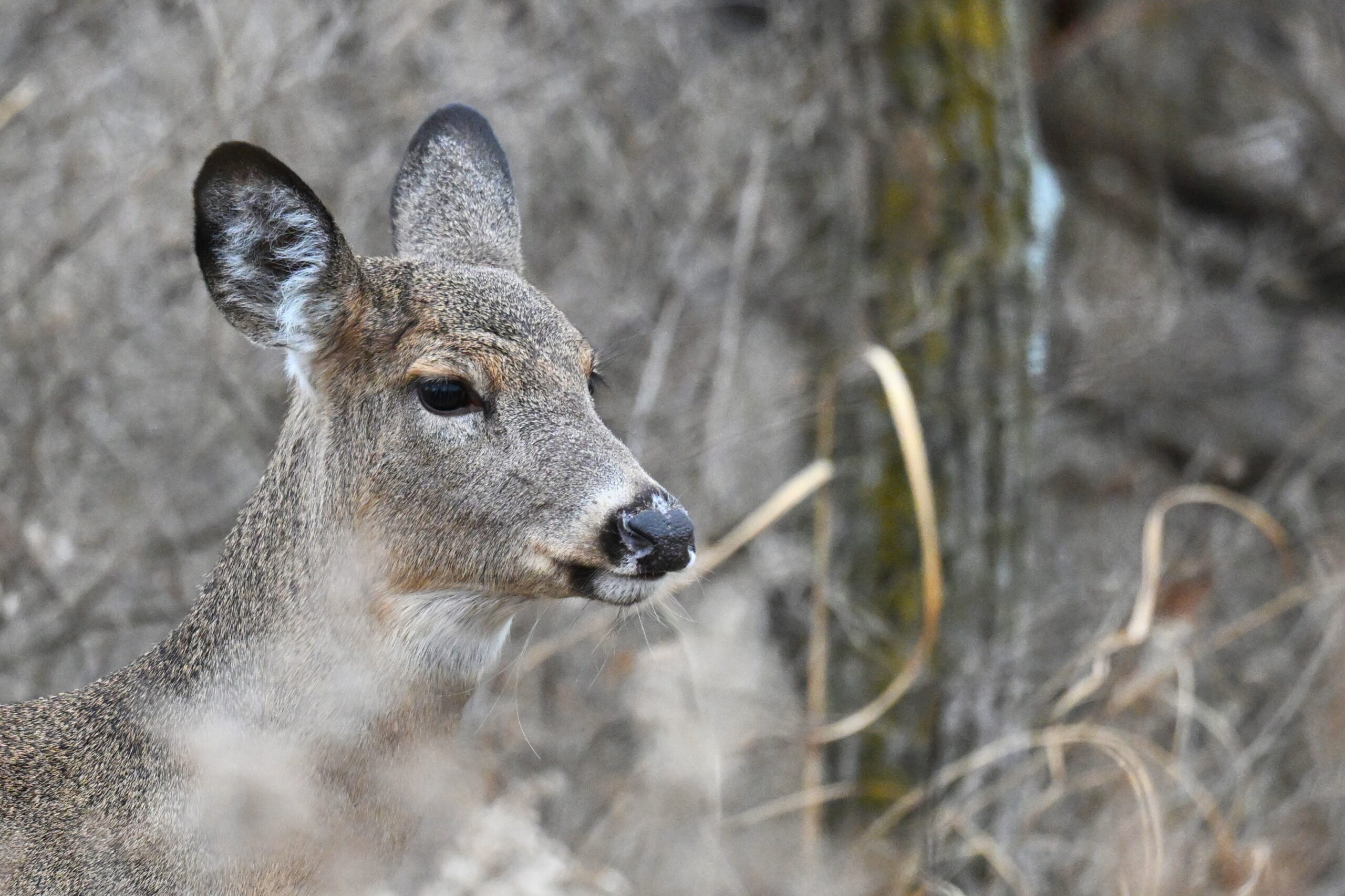
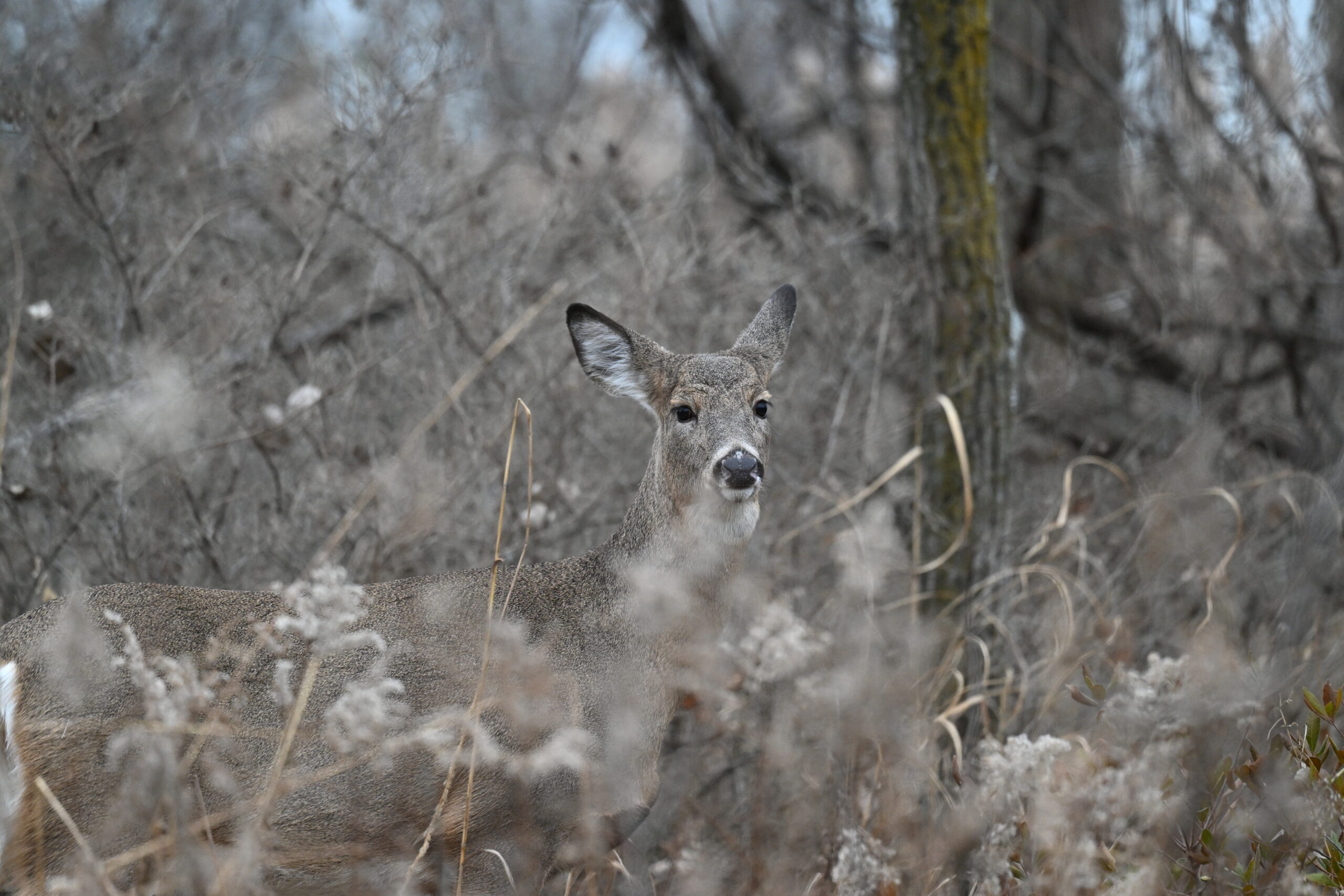
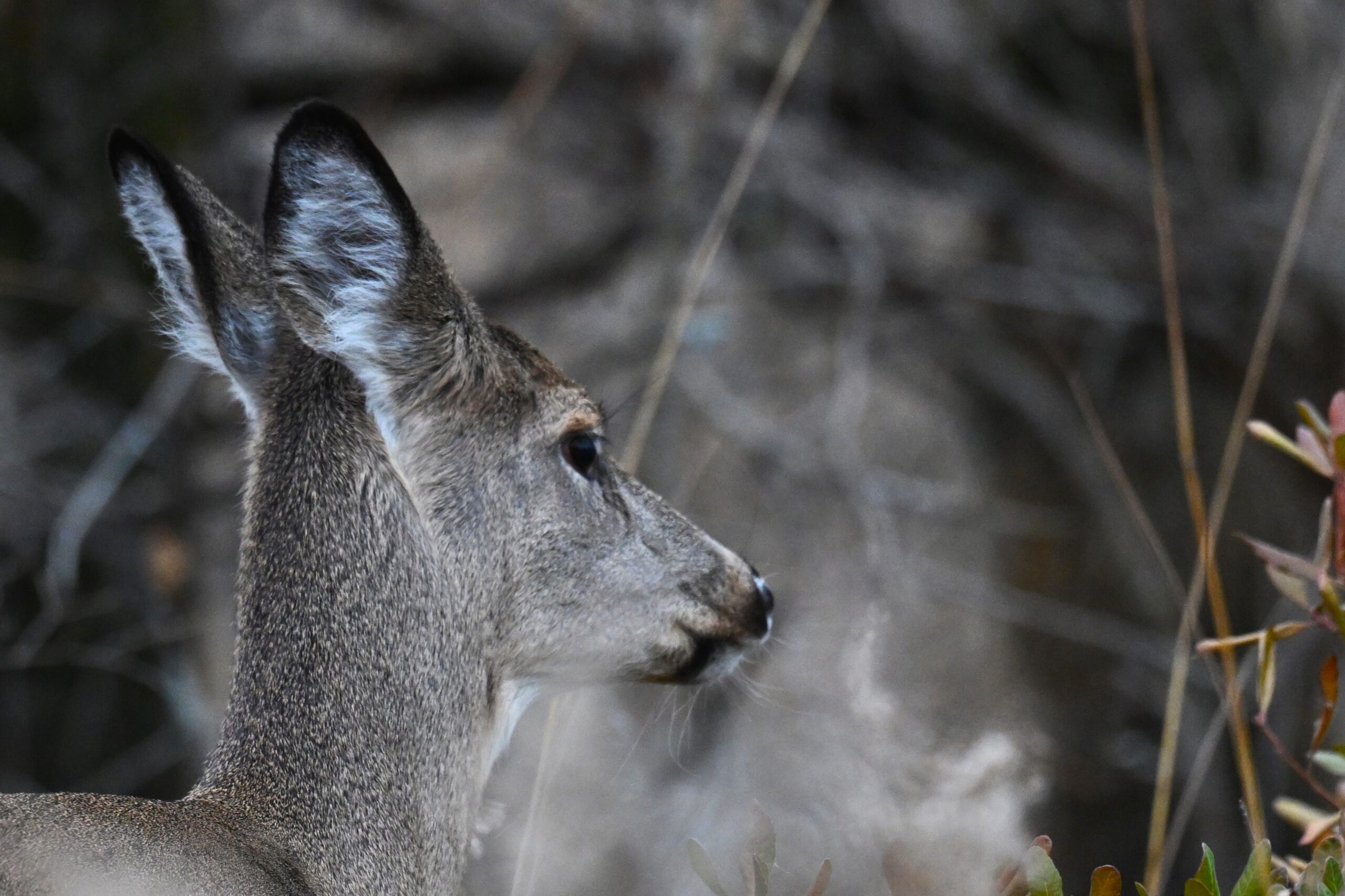
Stay tuned tomorrow for more gulls! Or it could be raptors in trees!